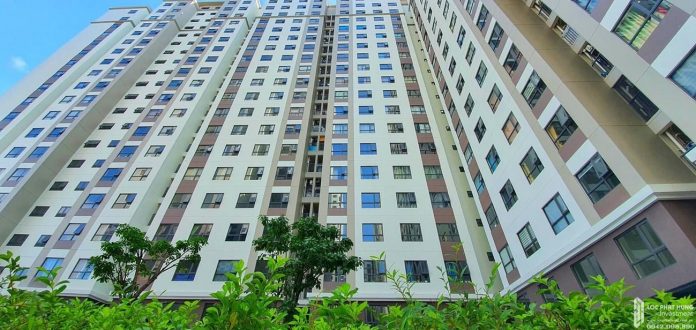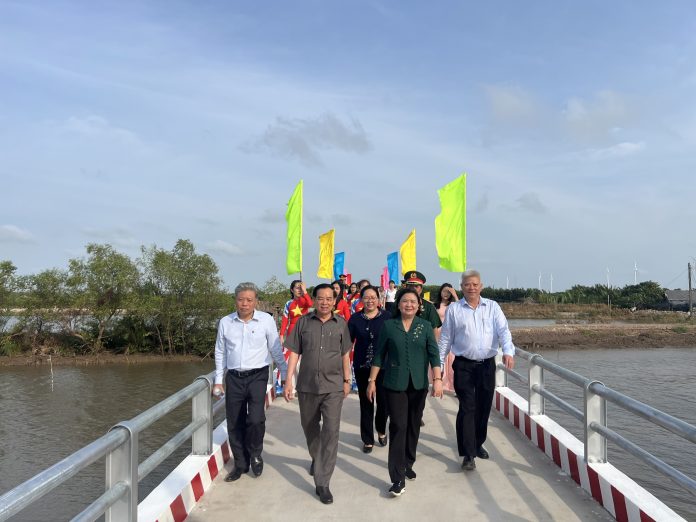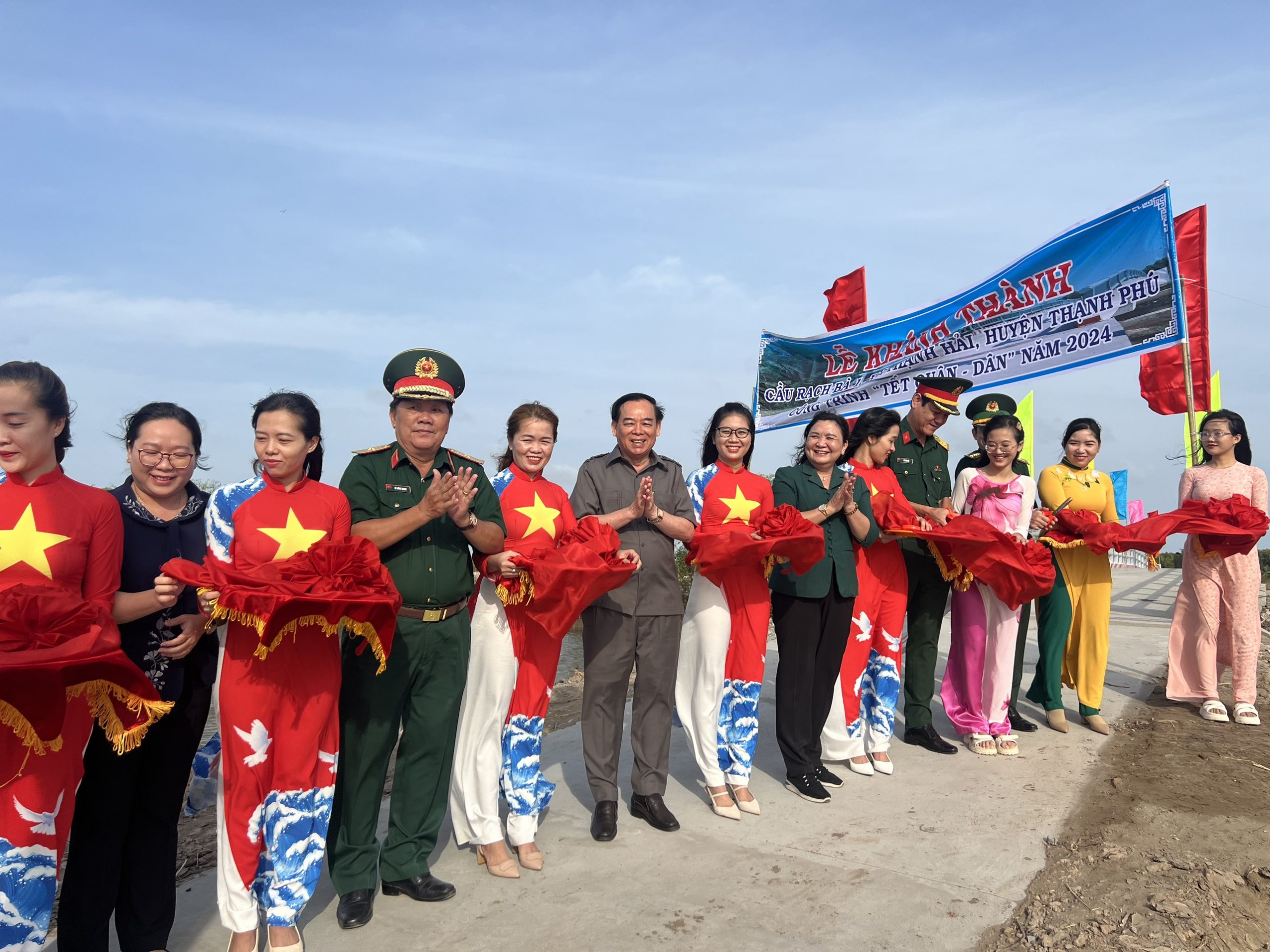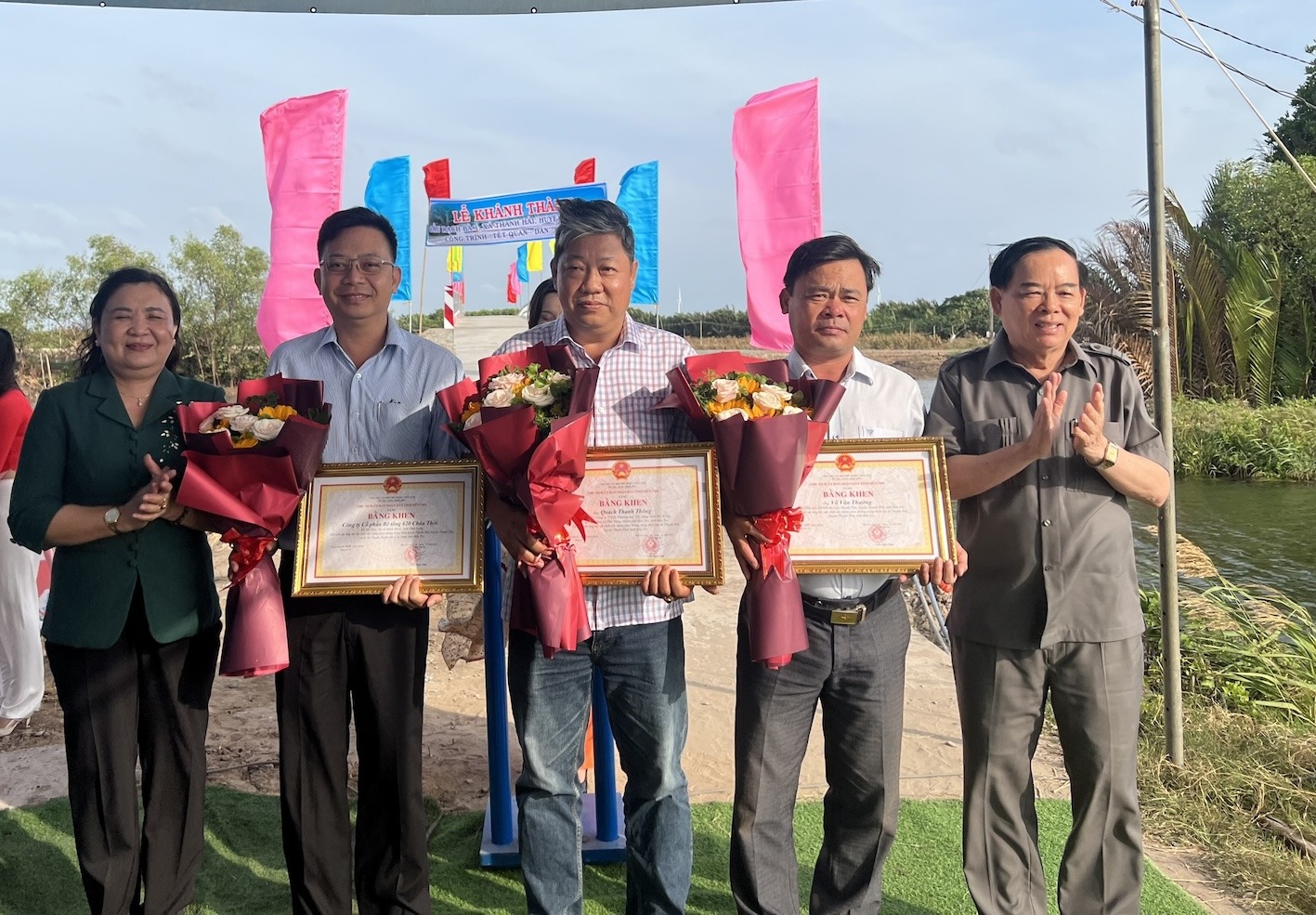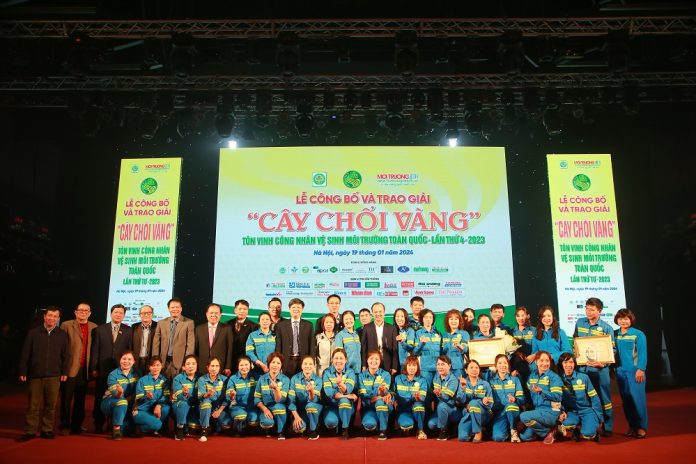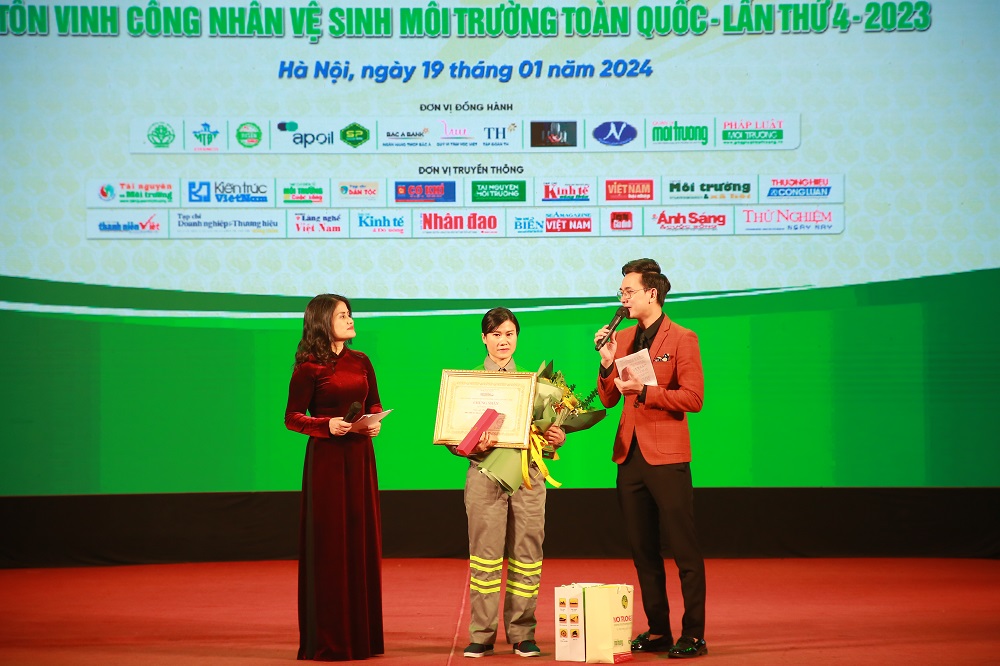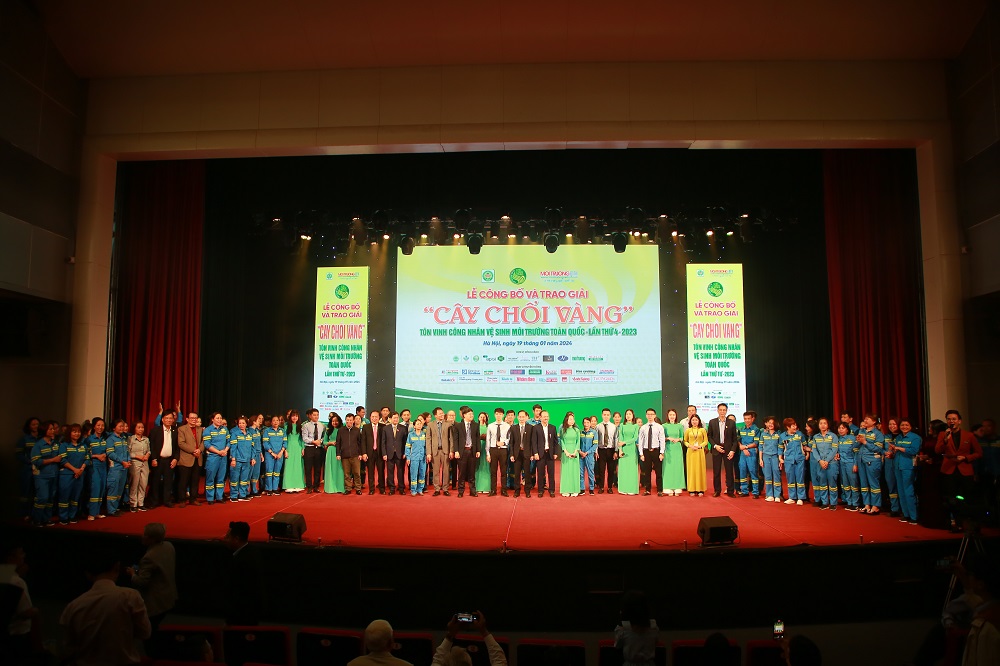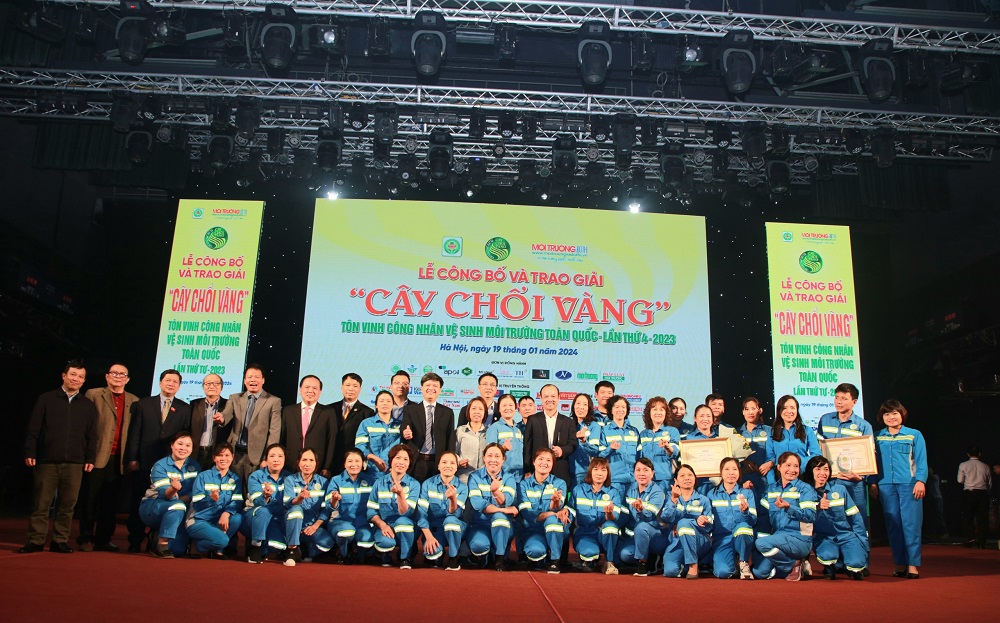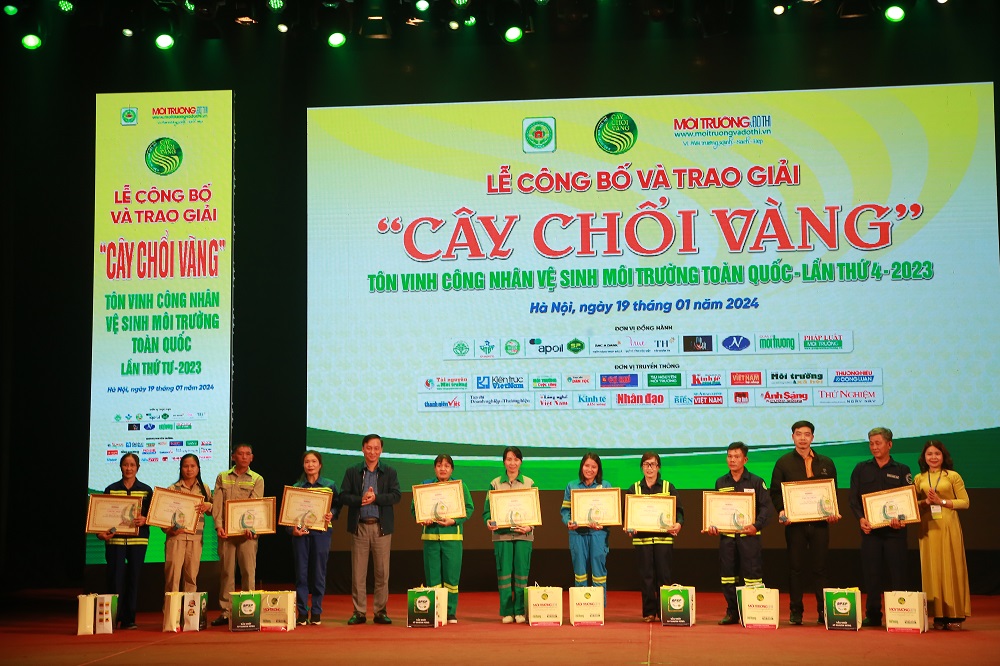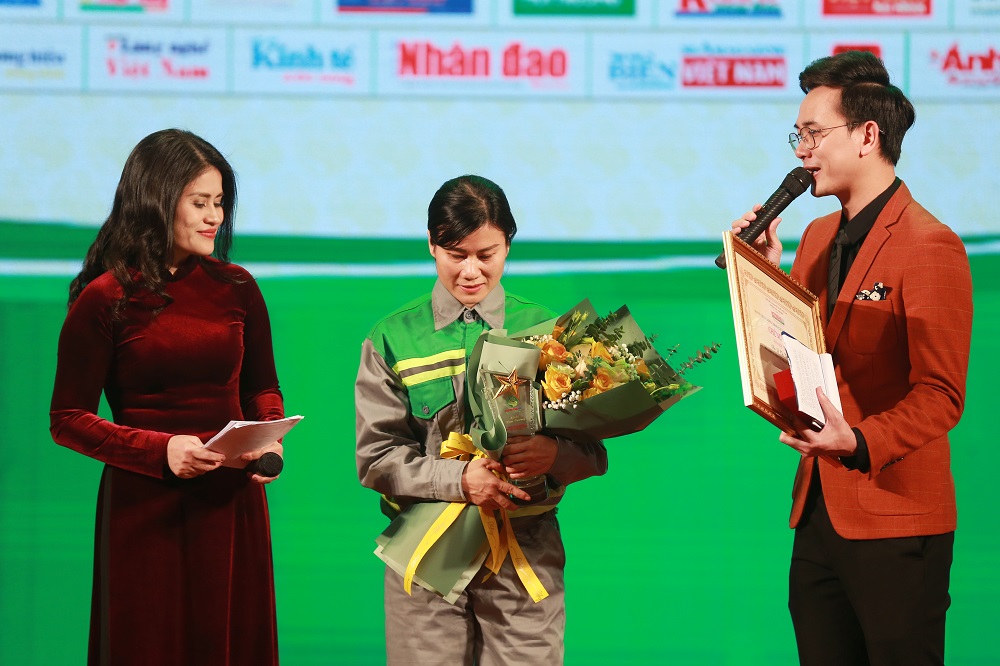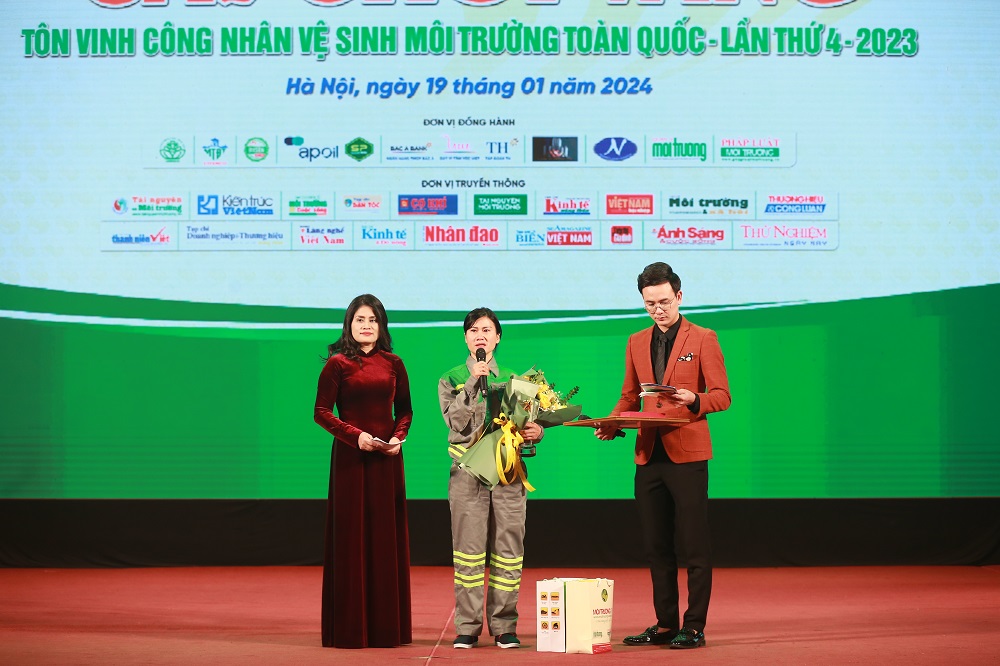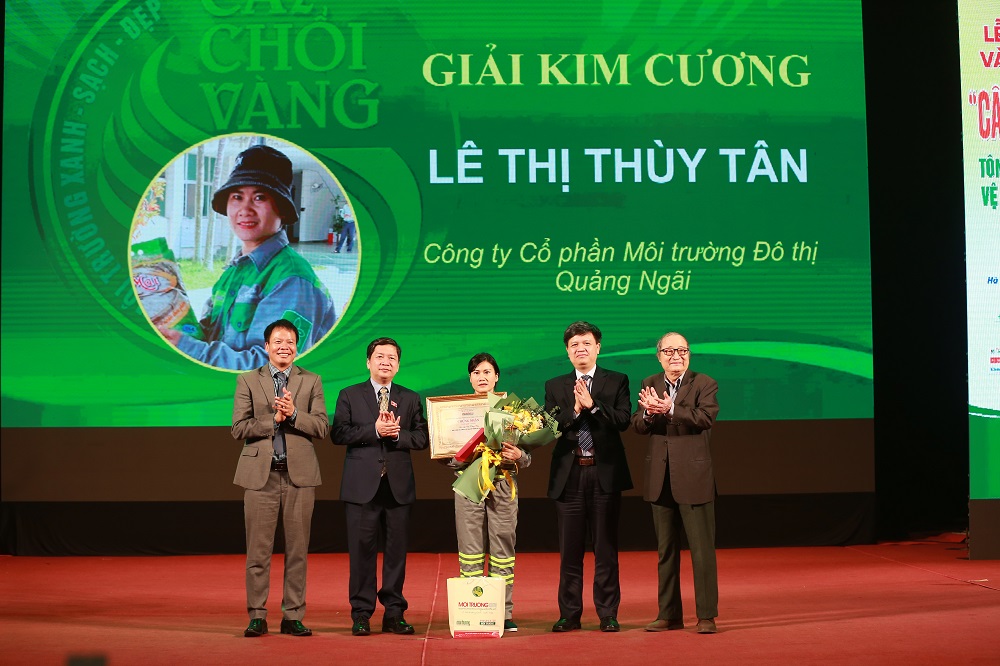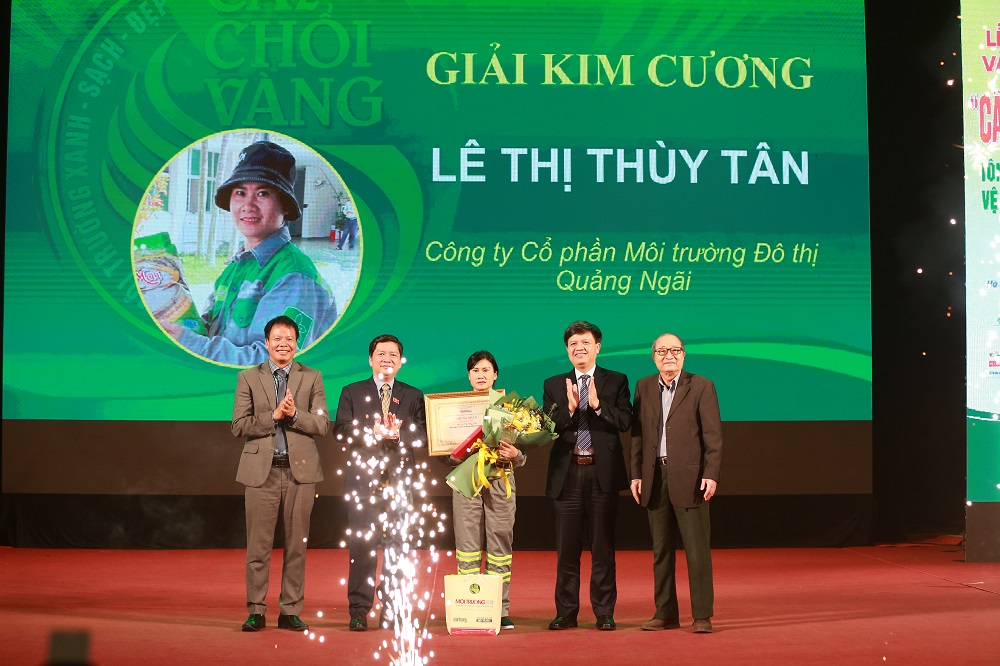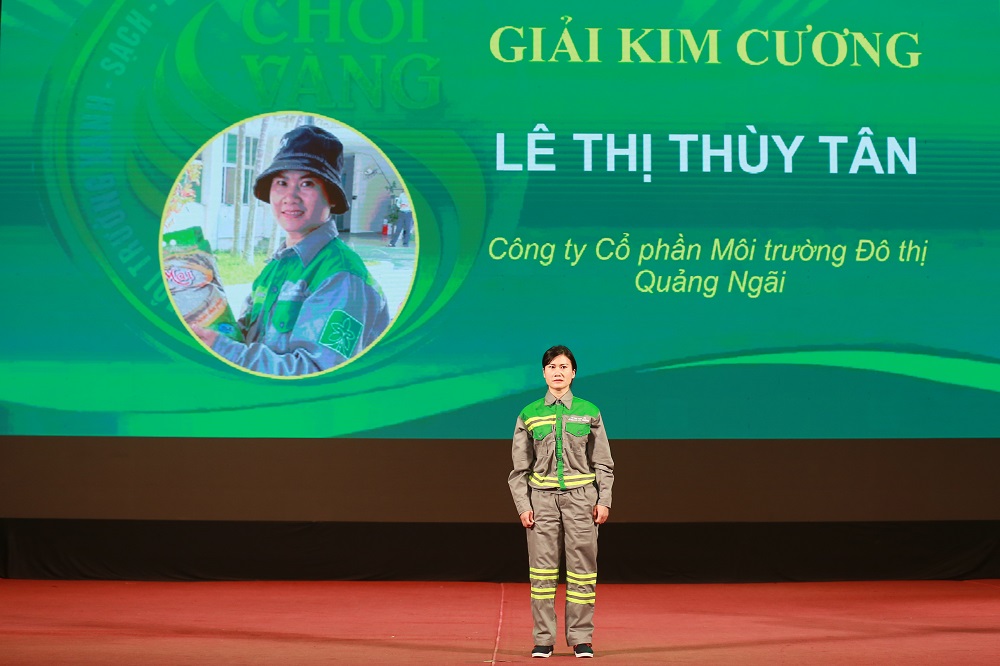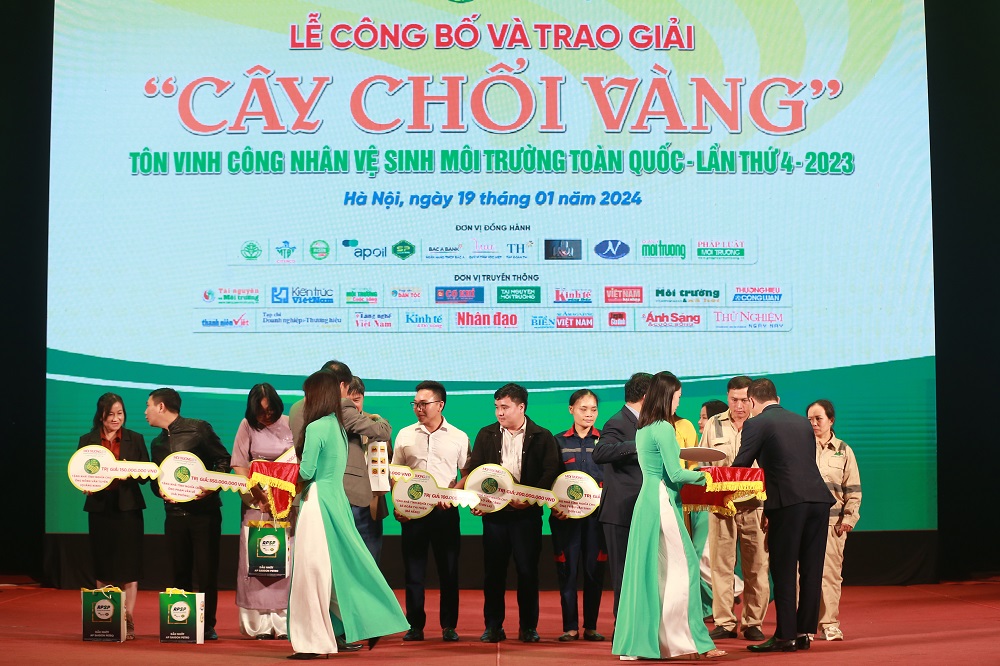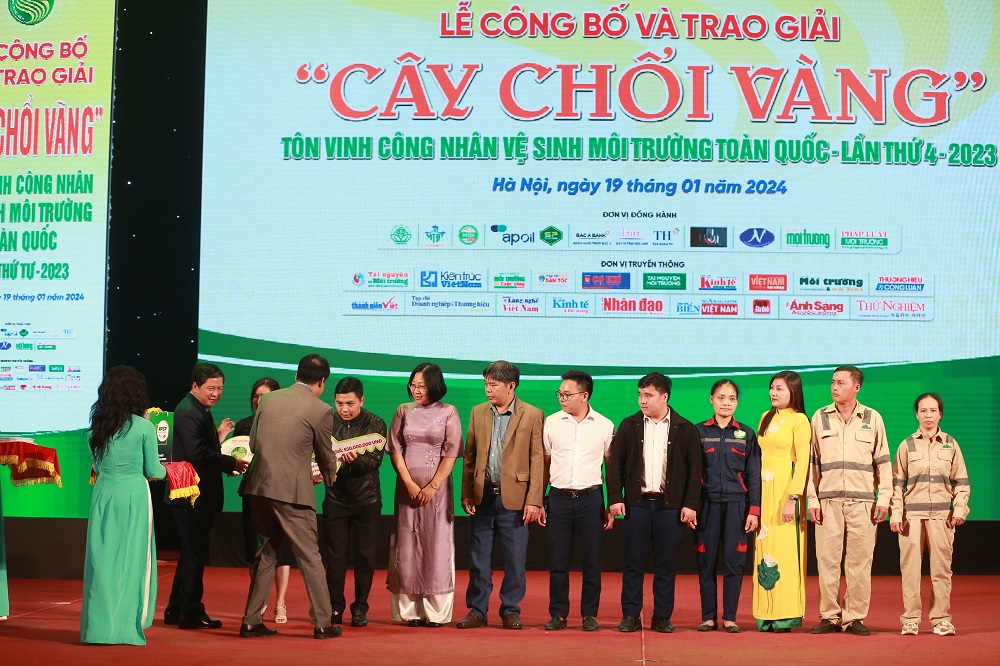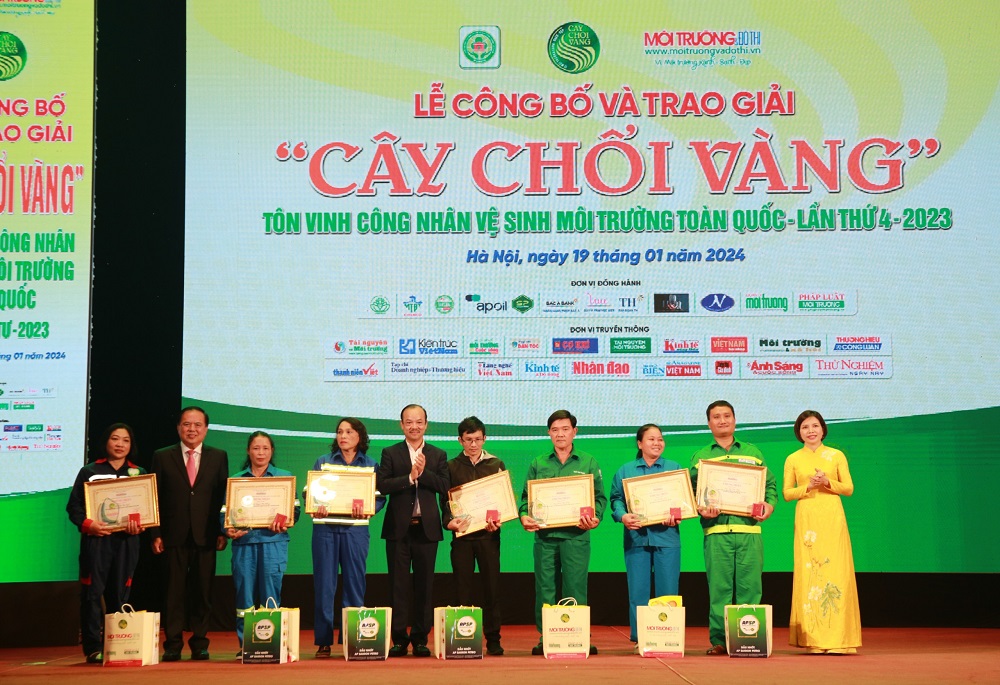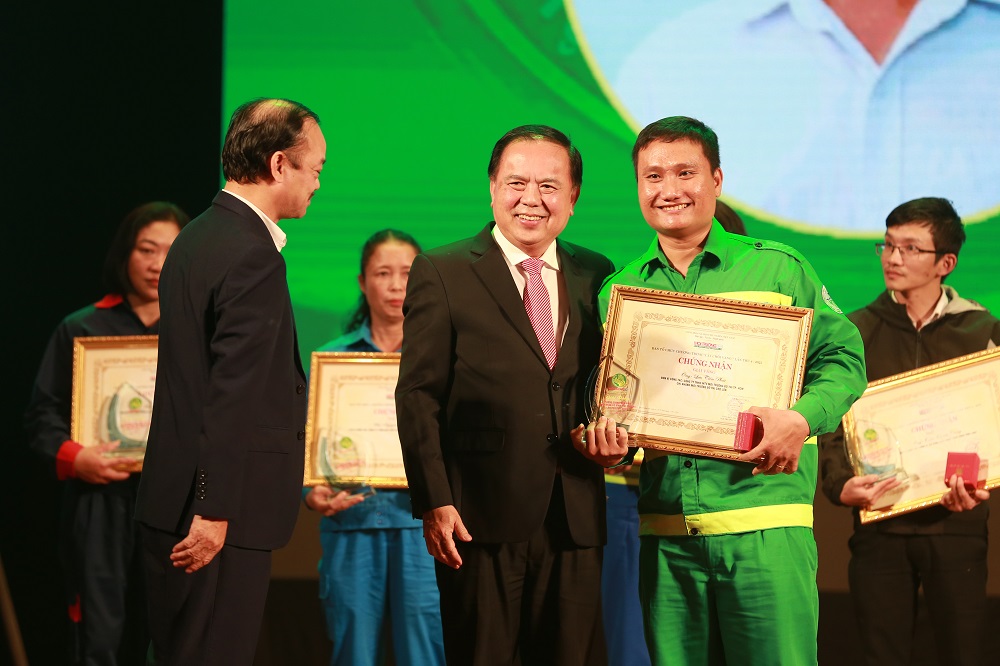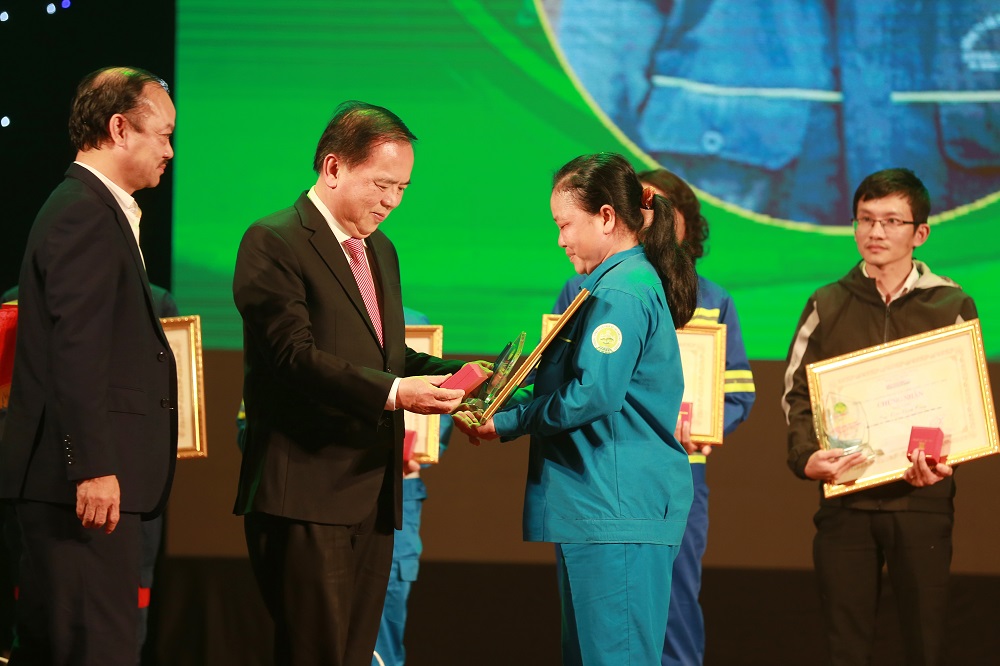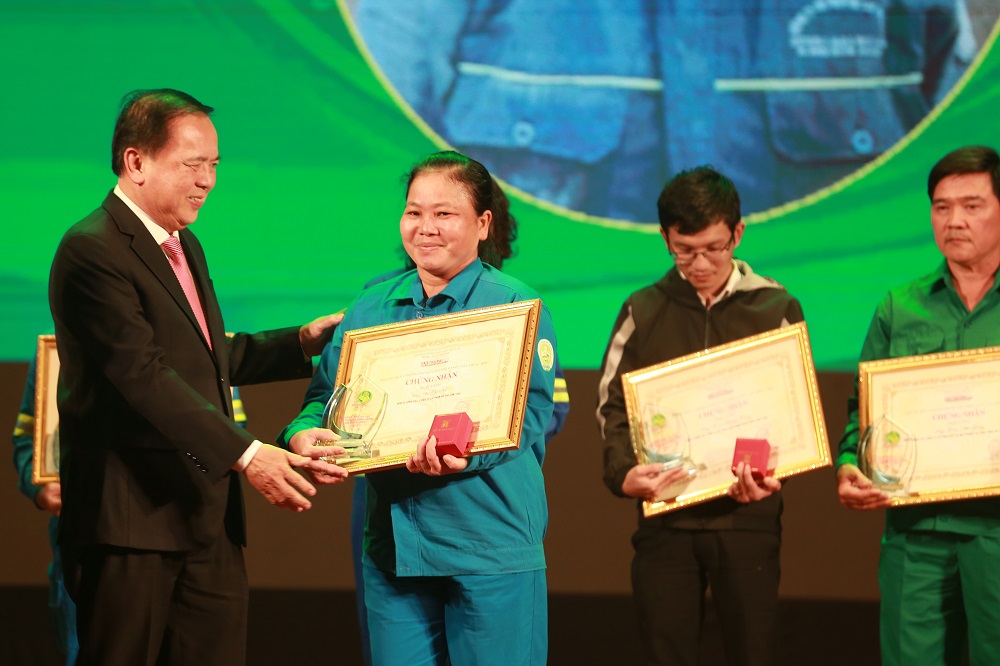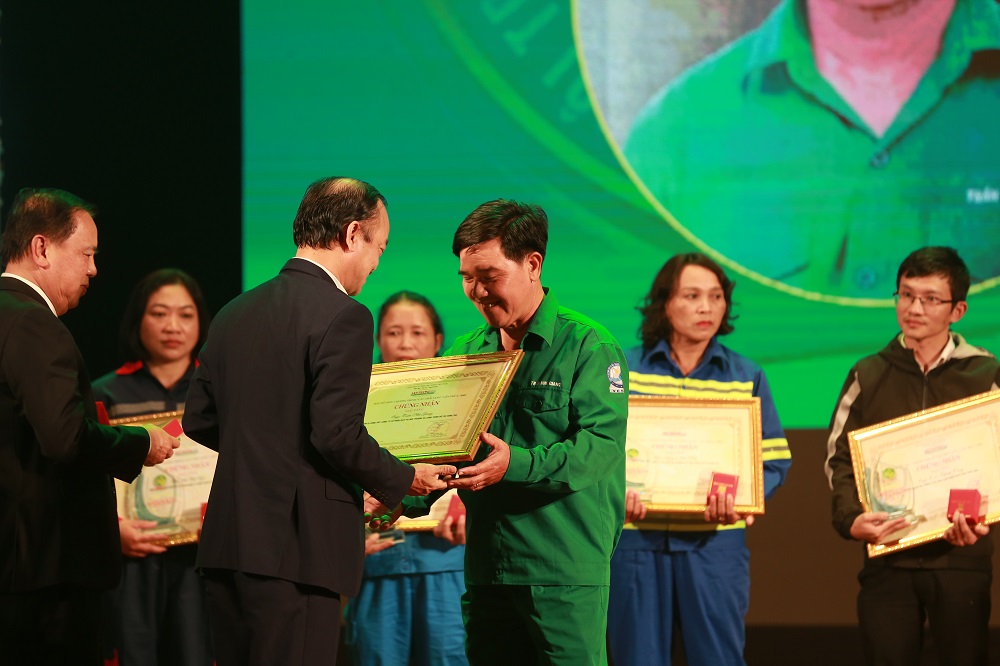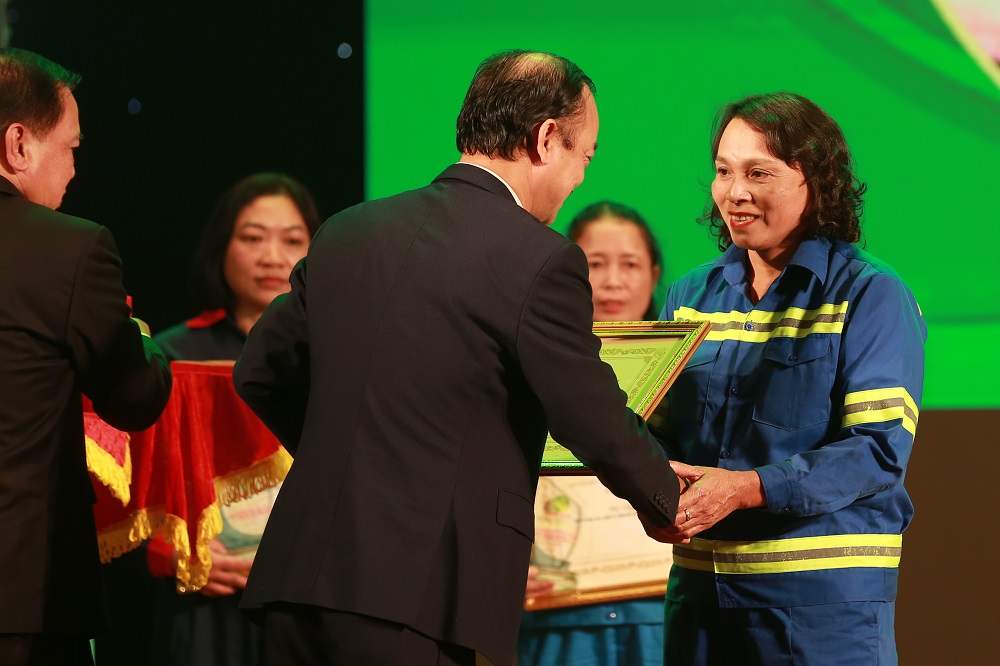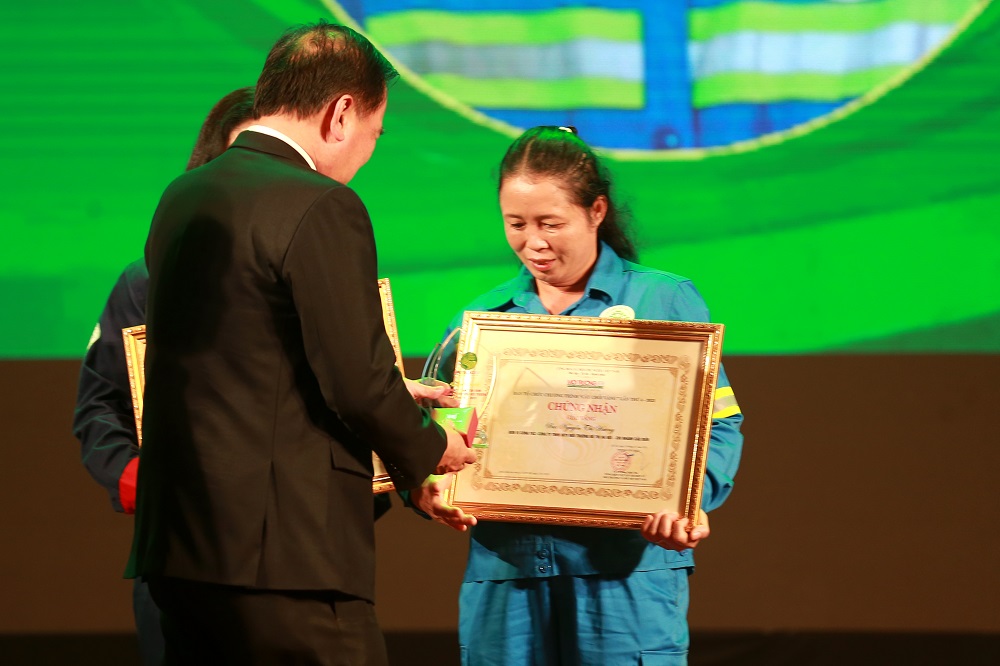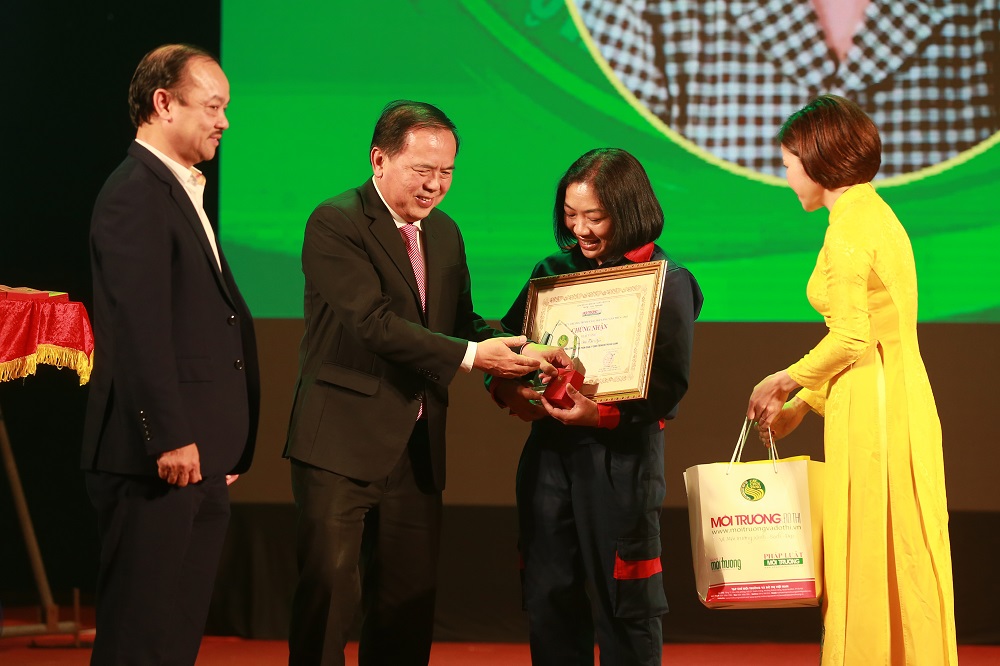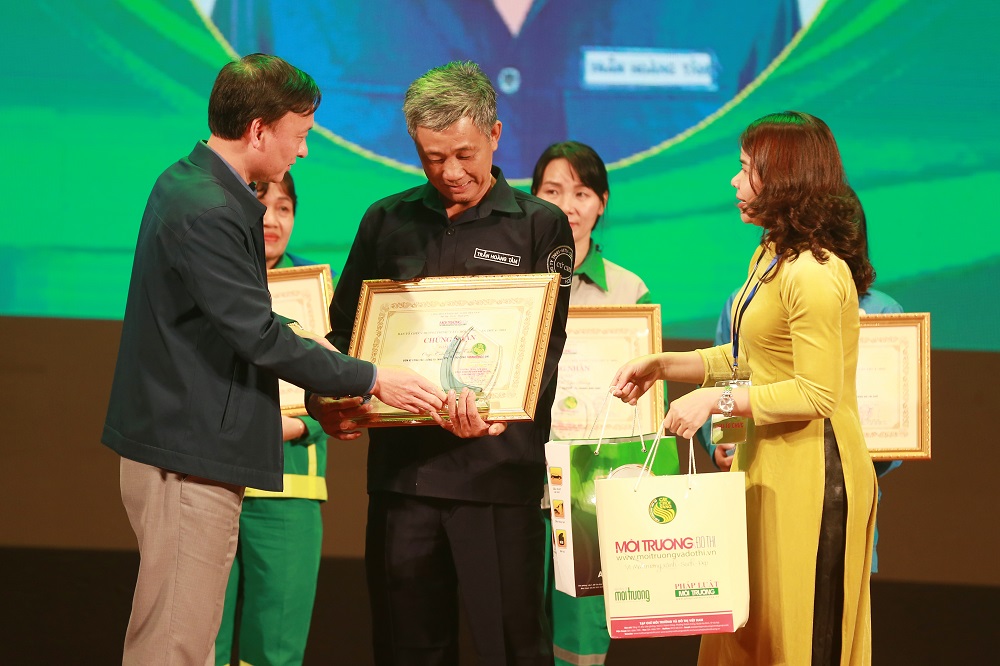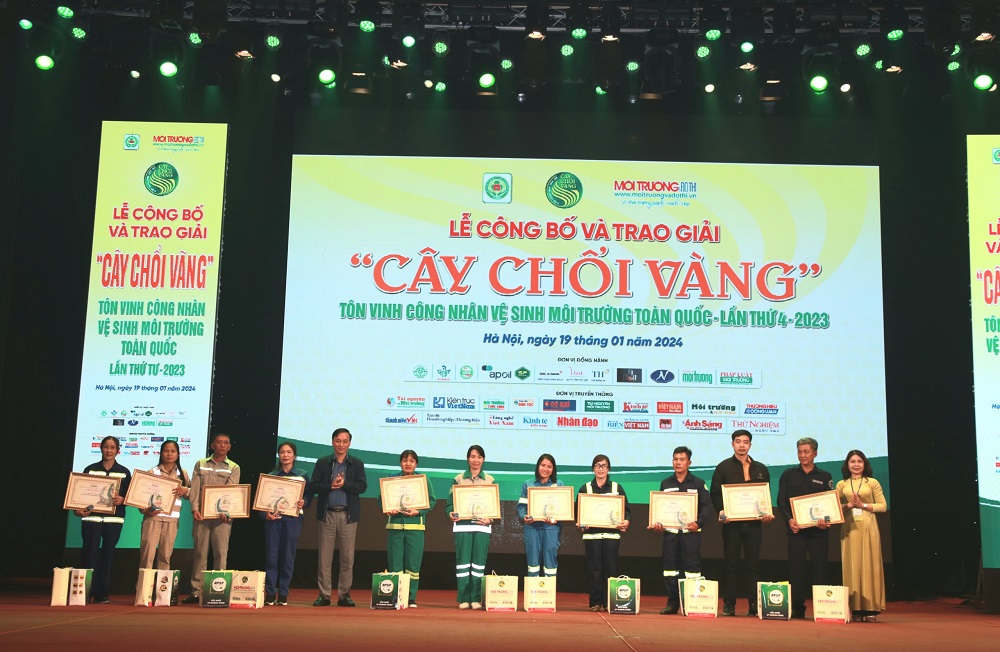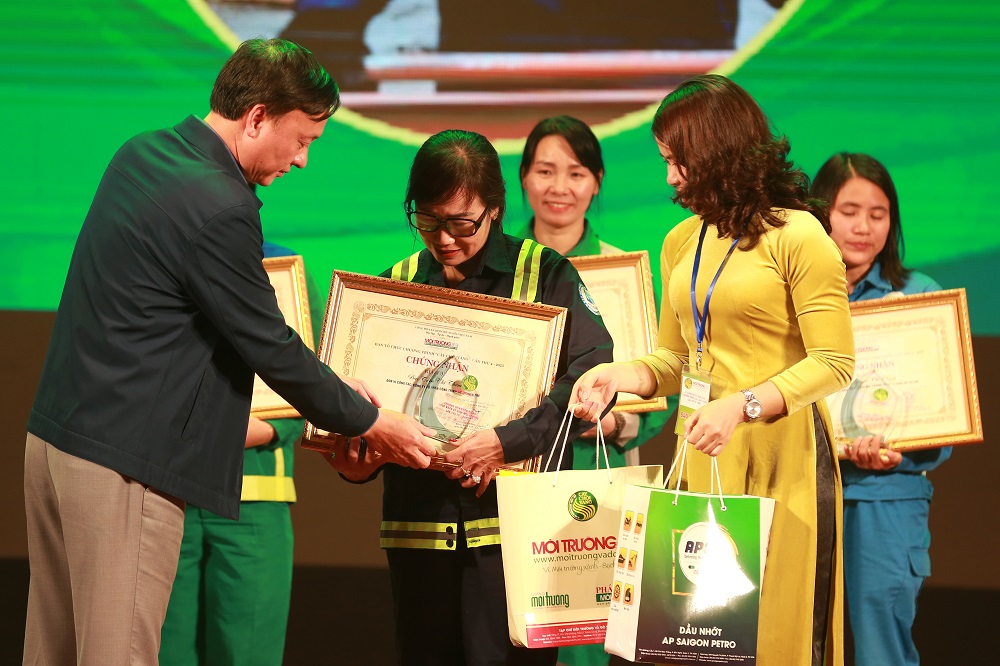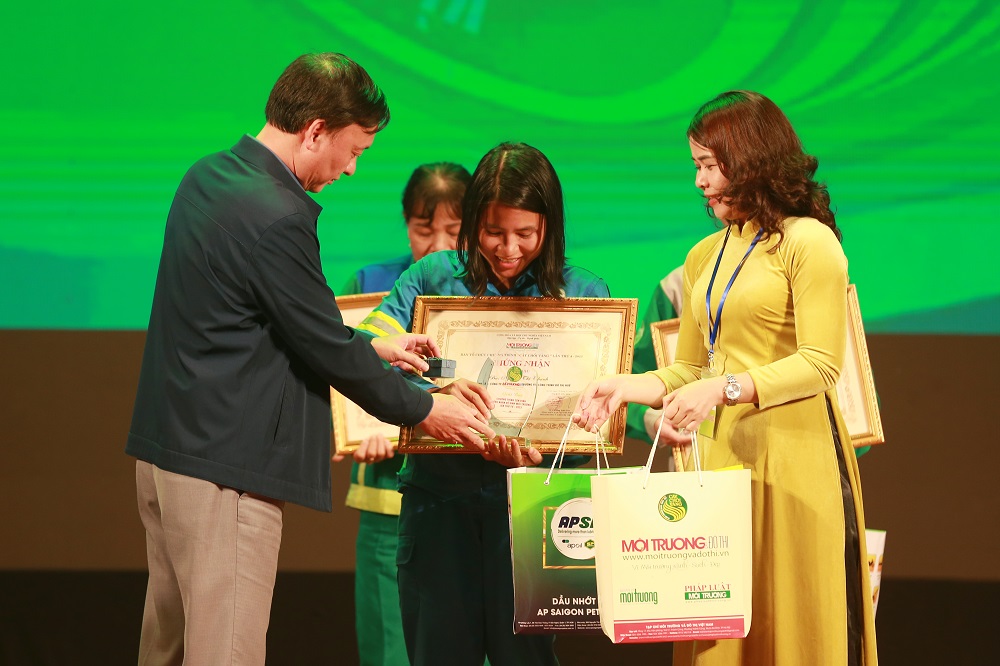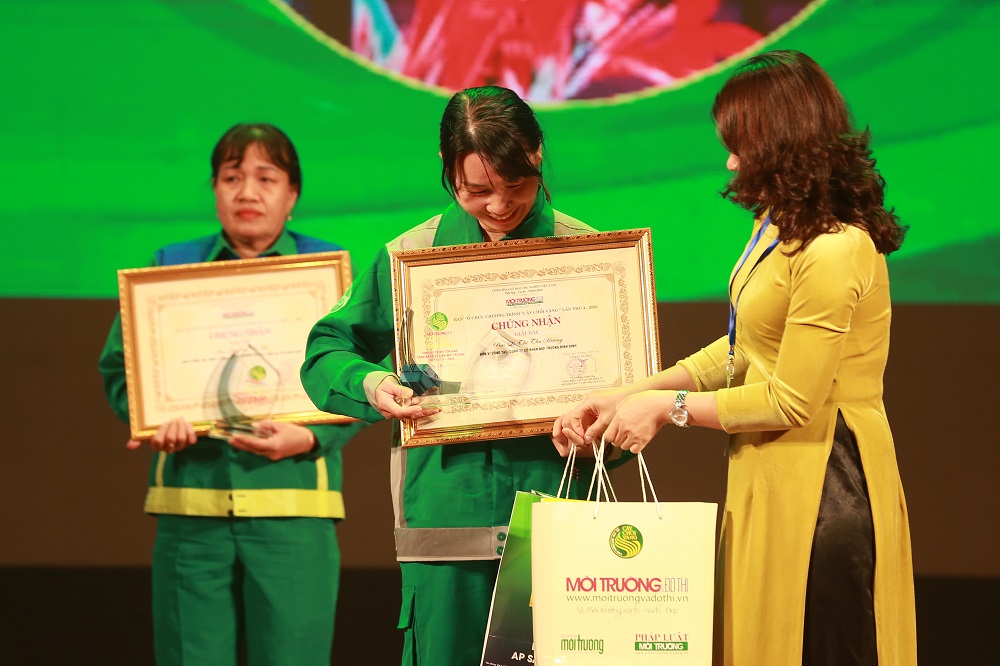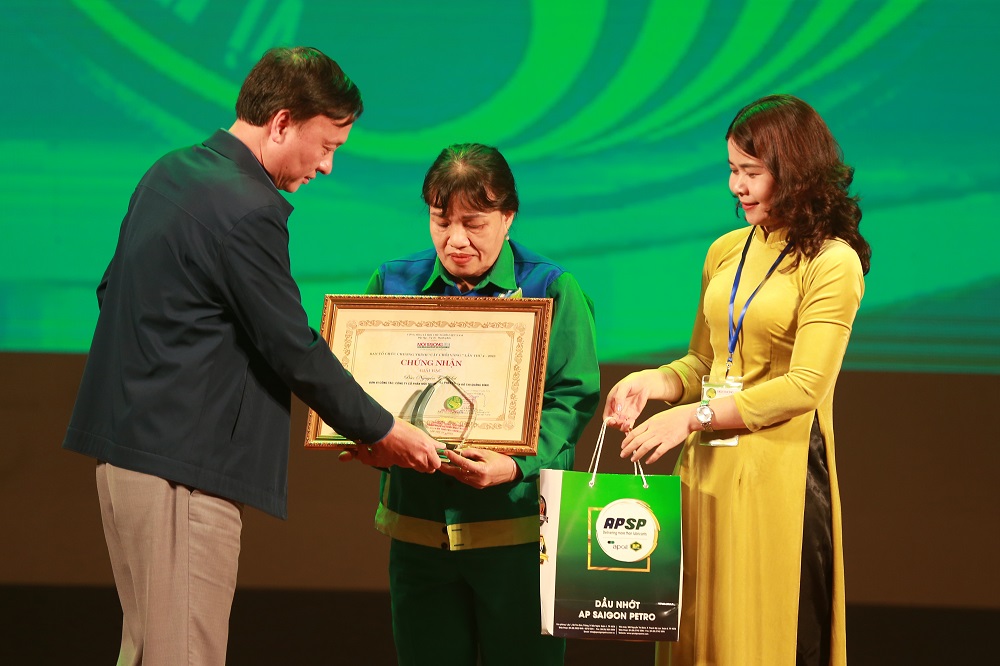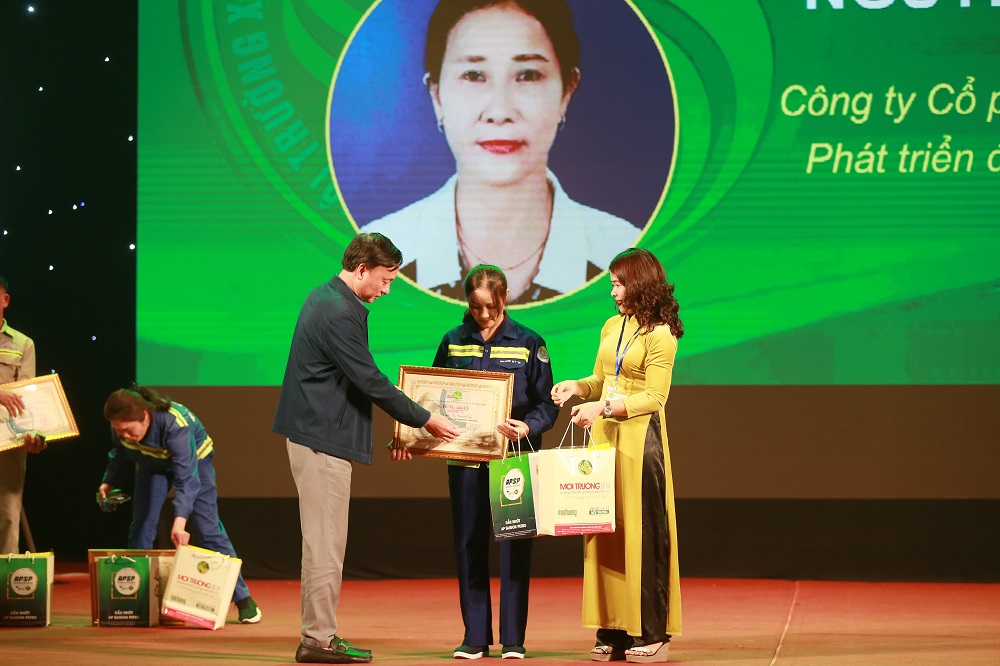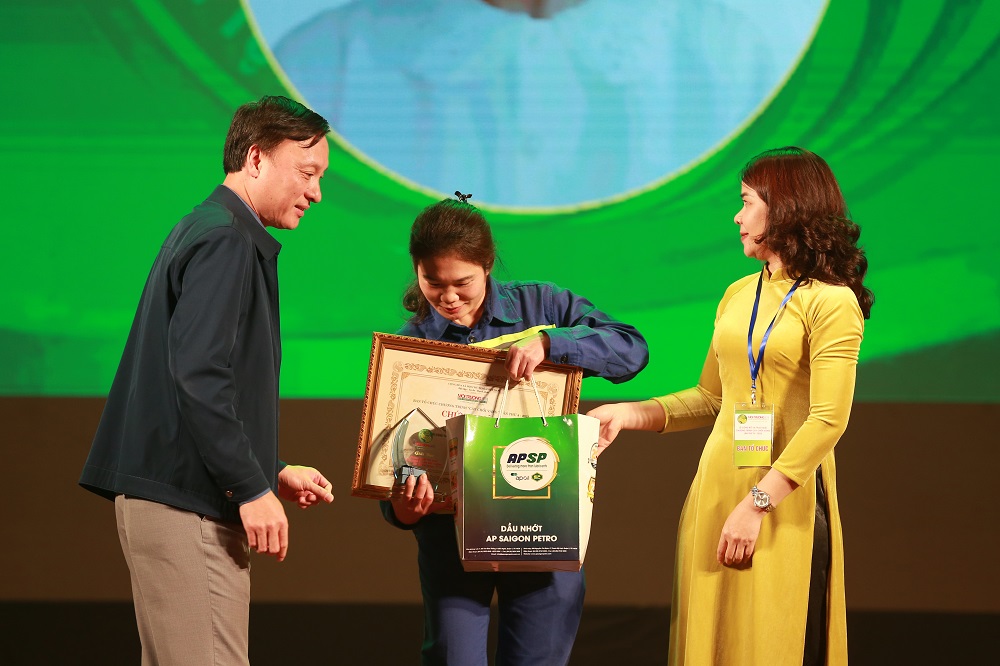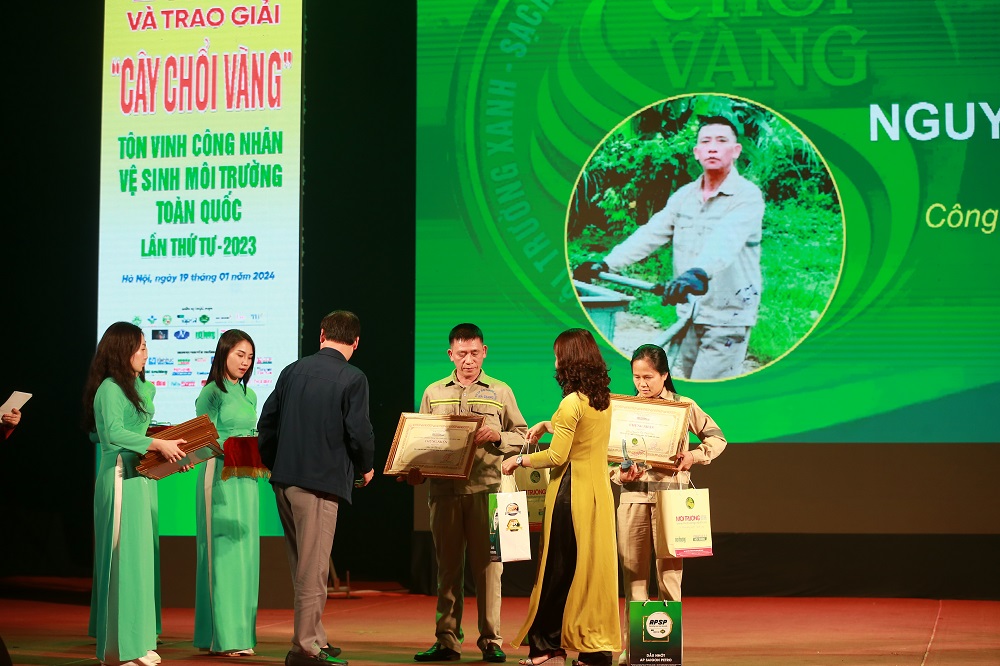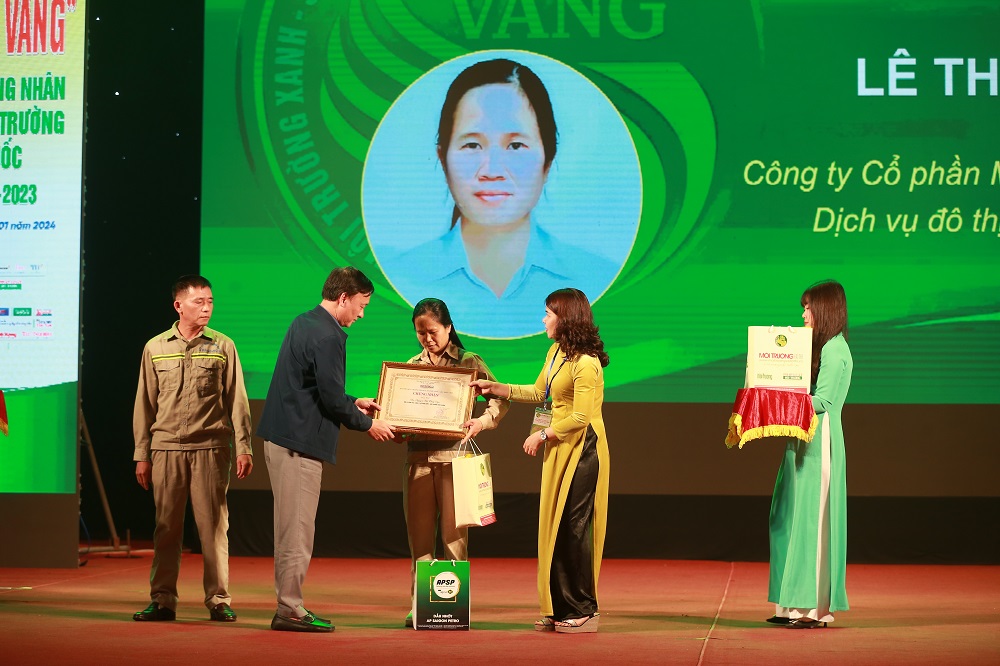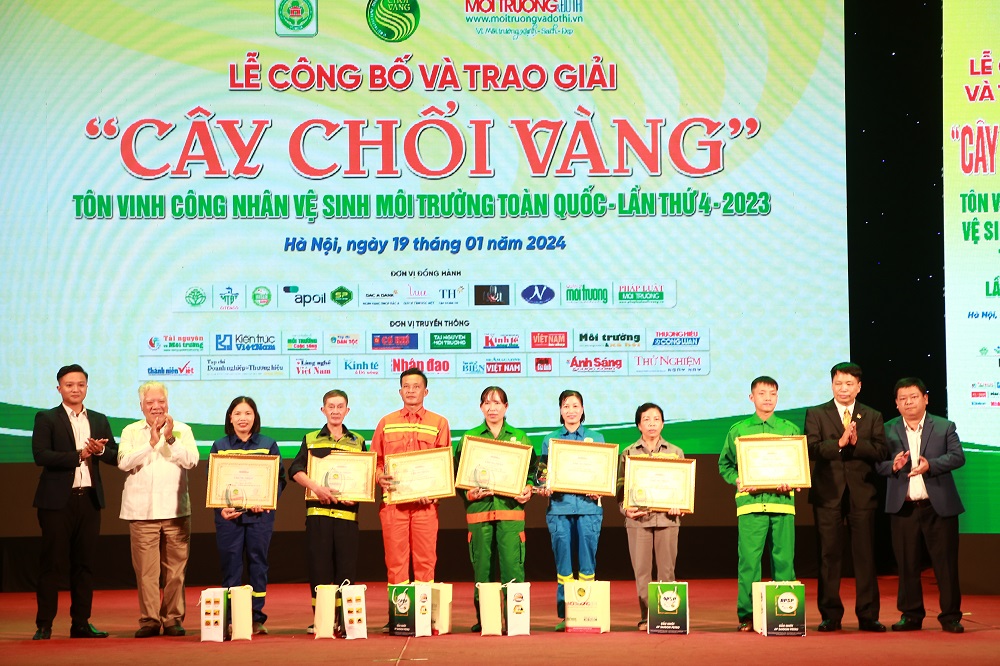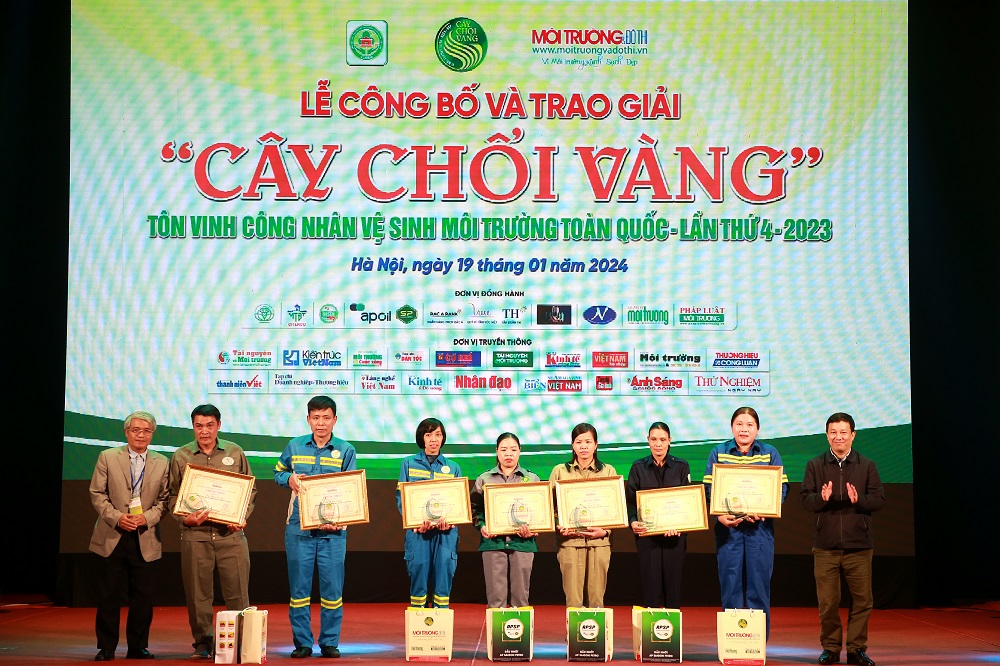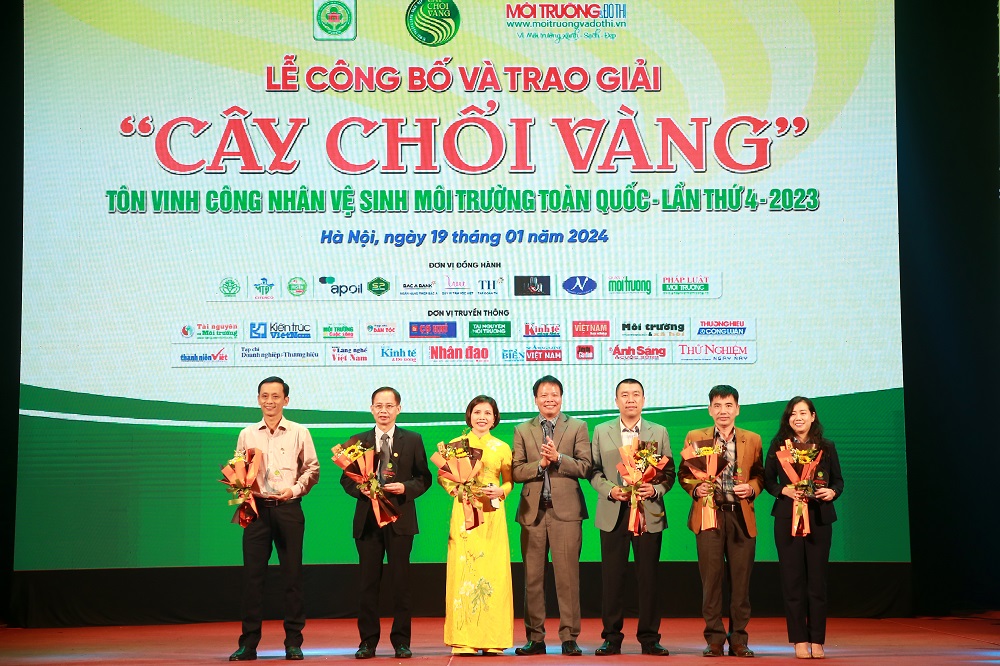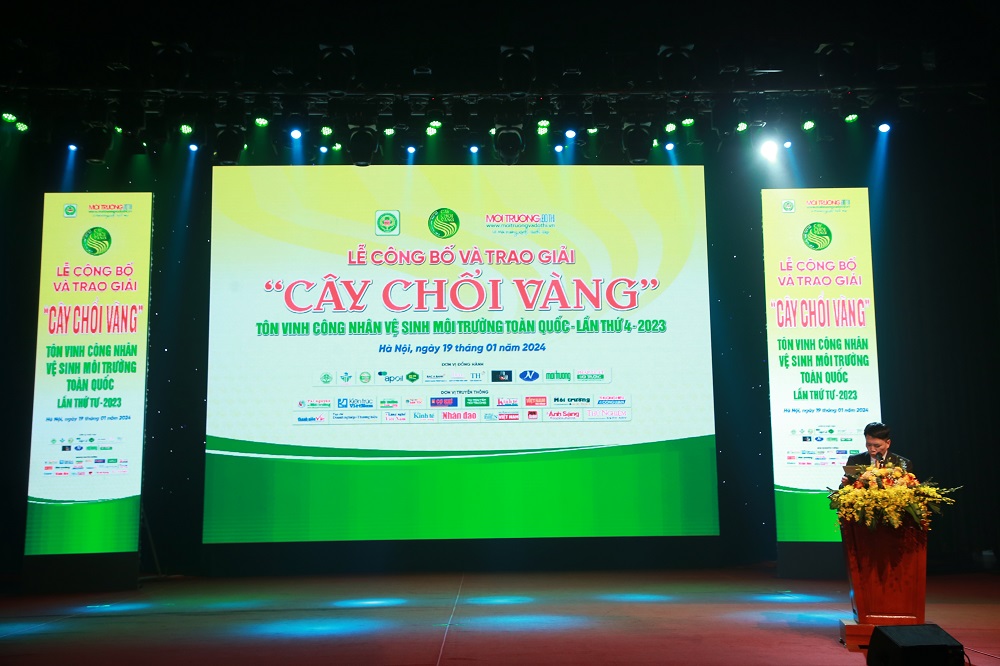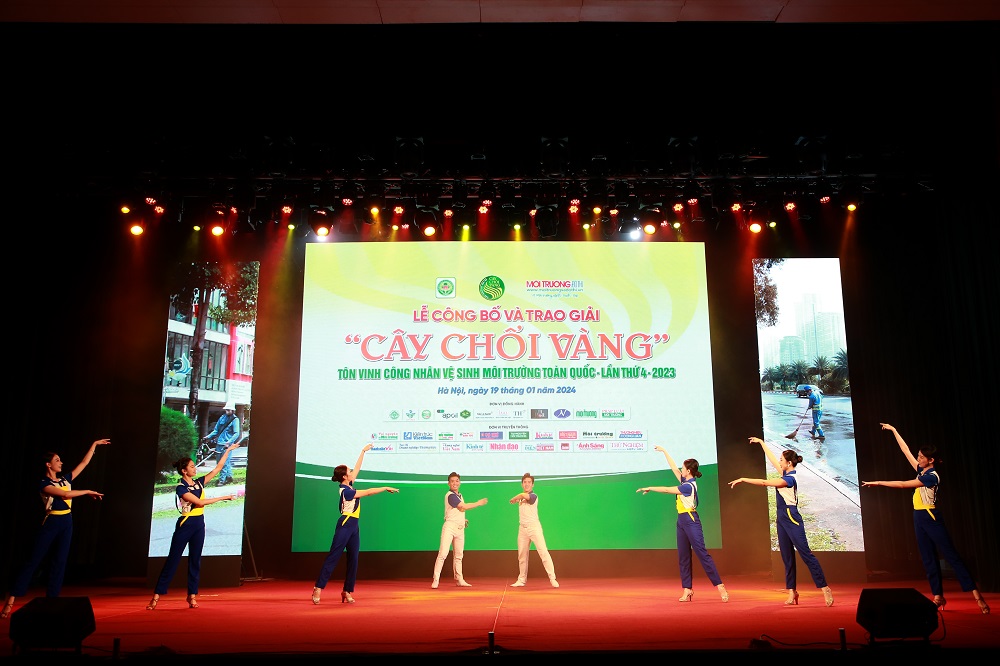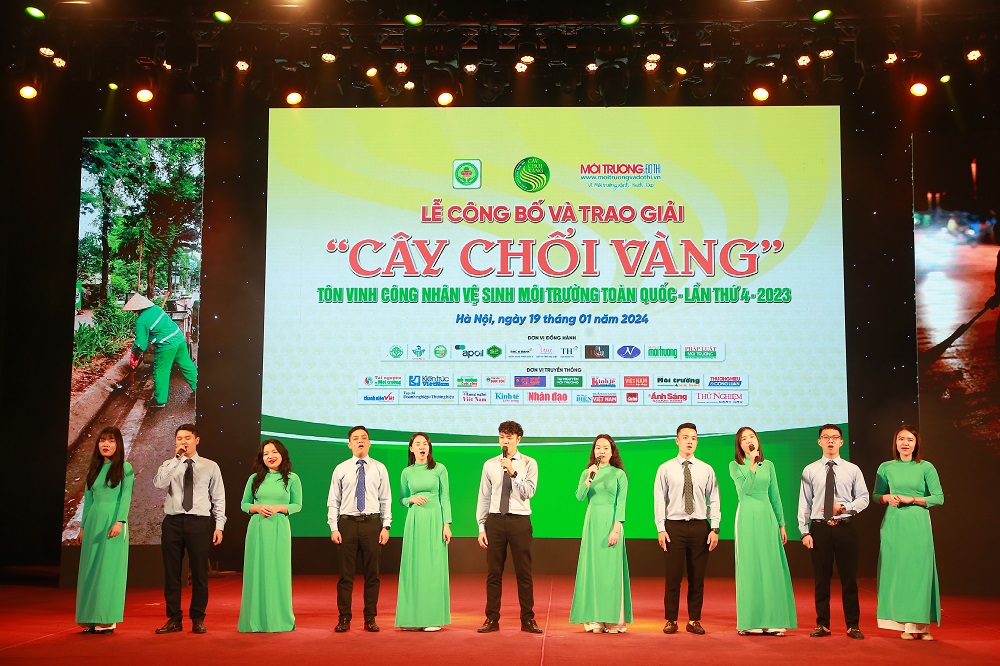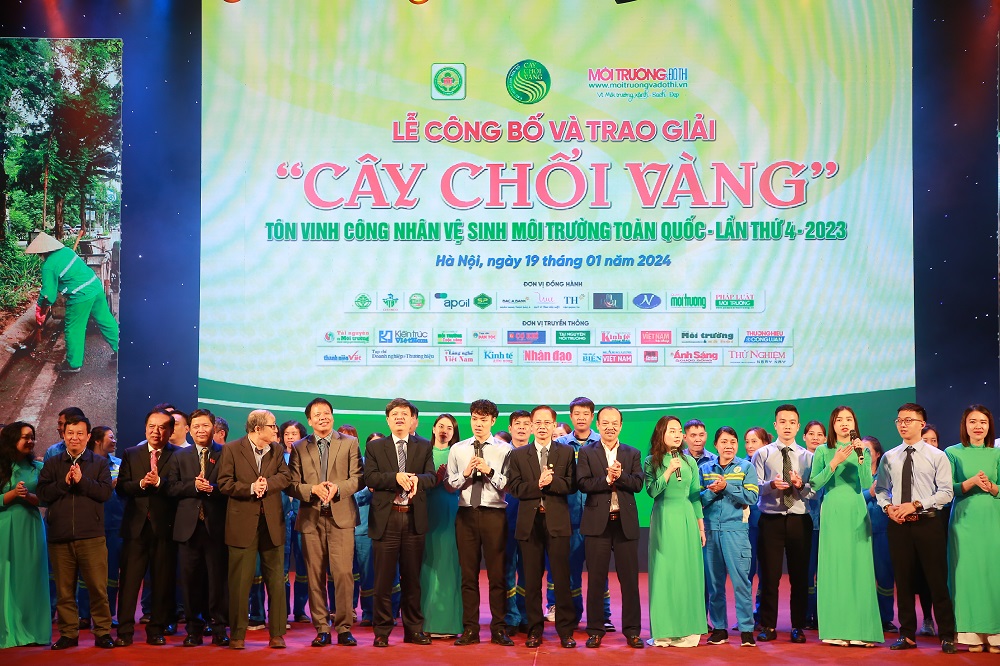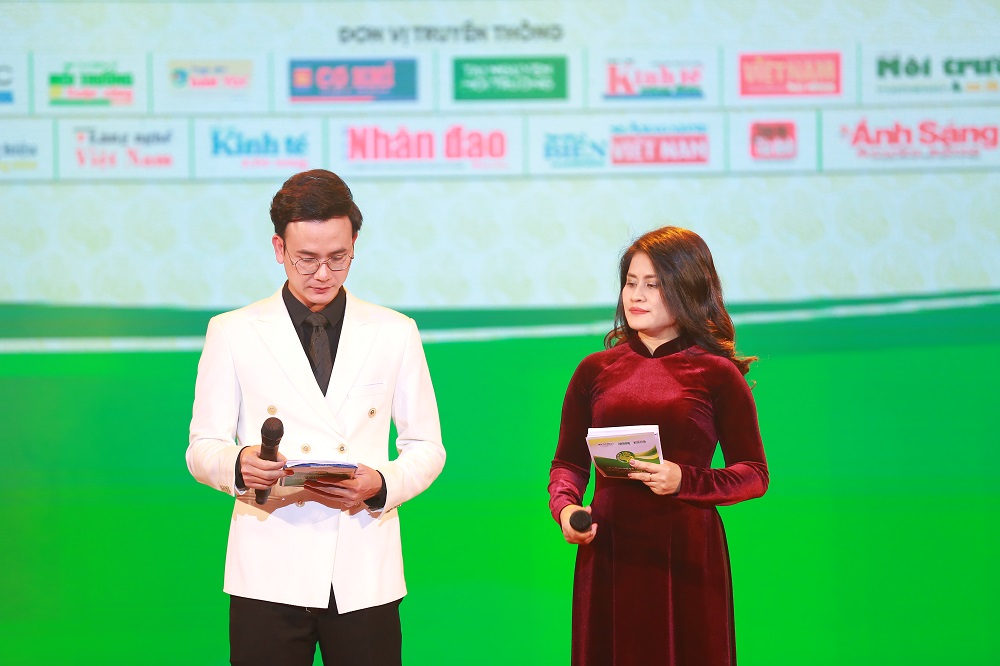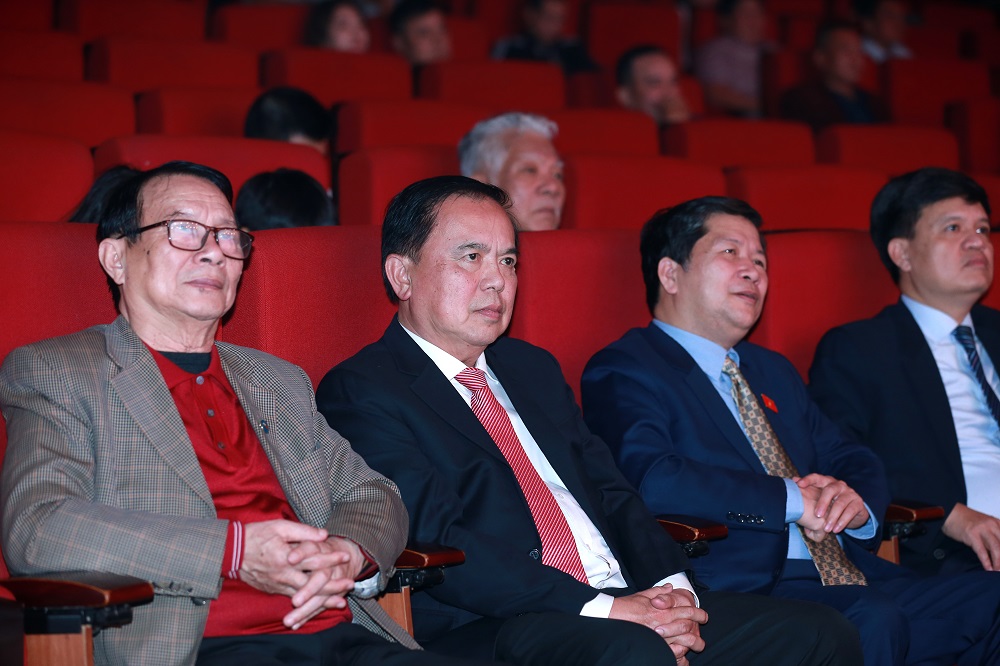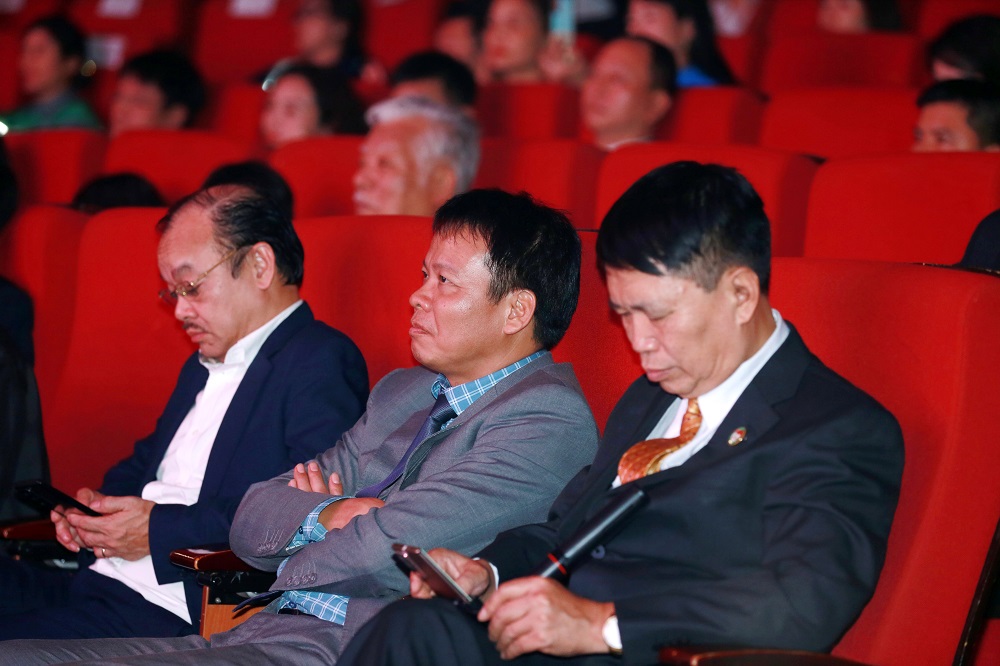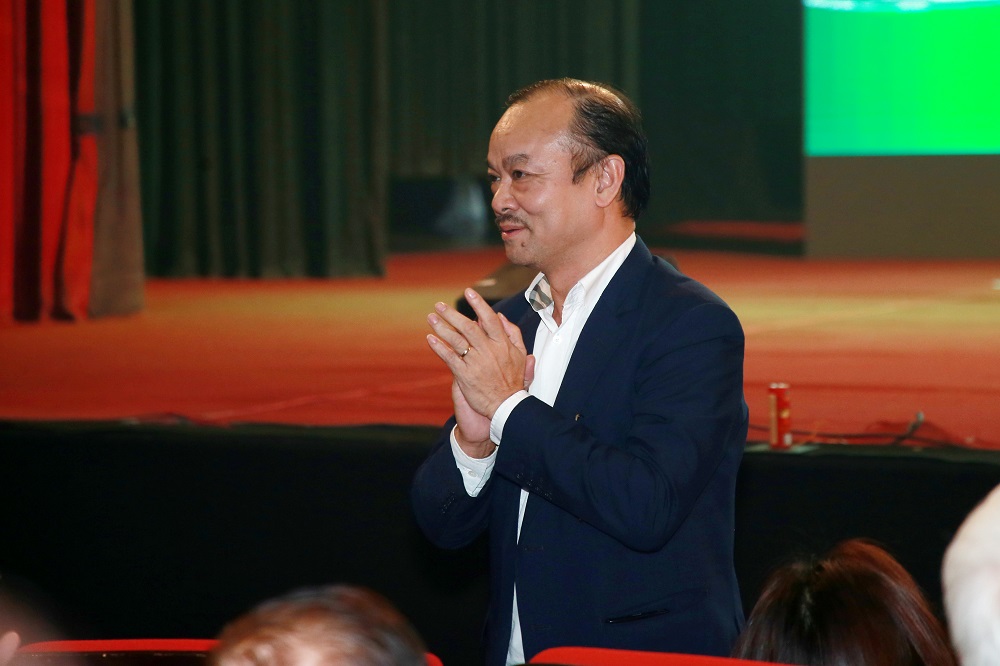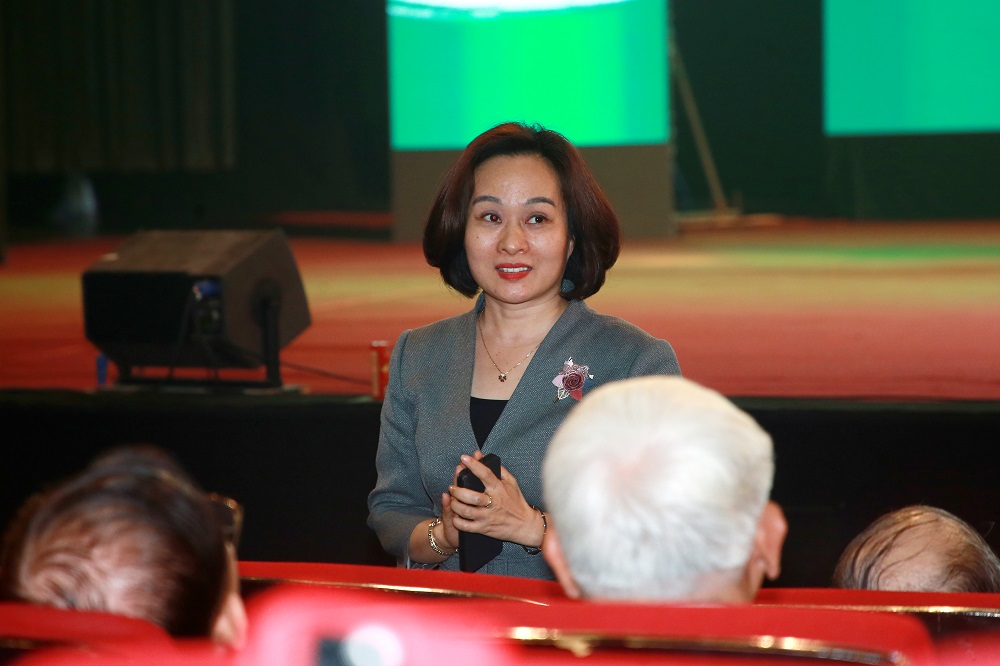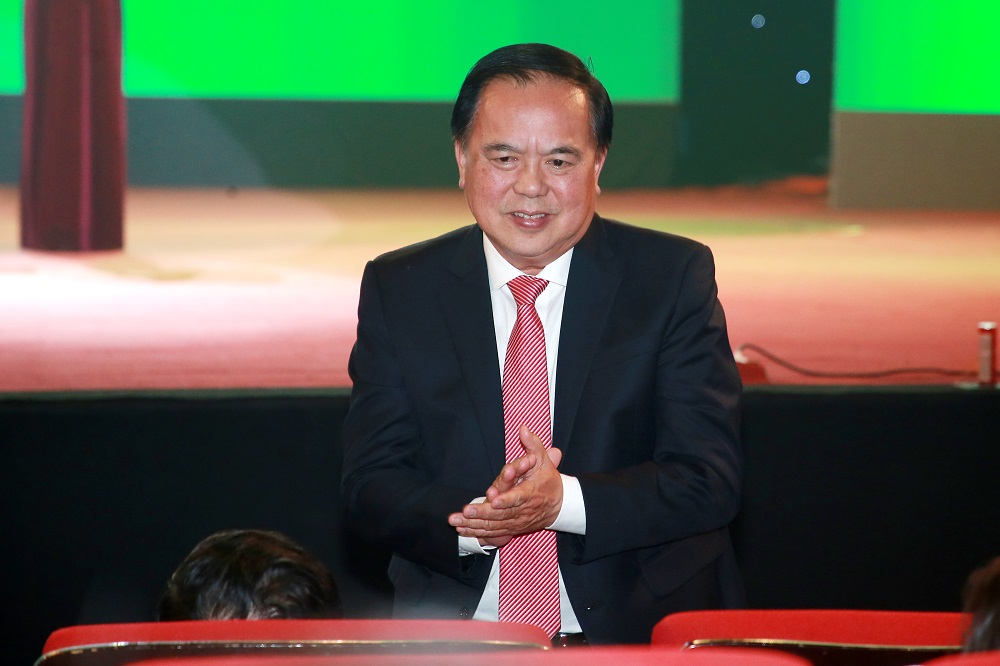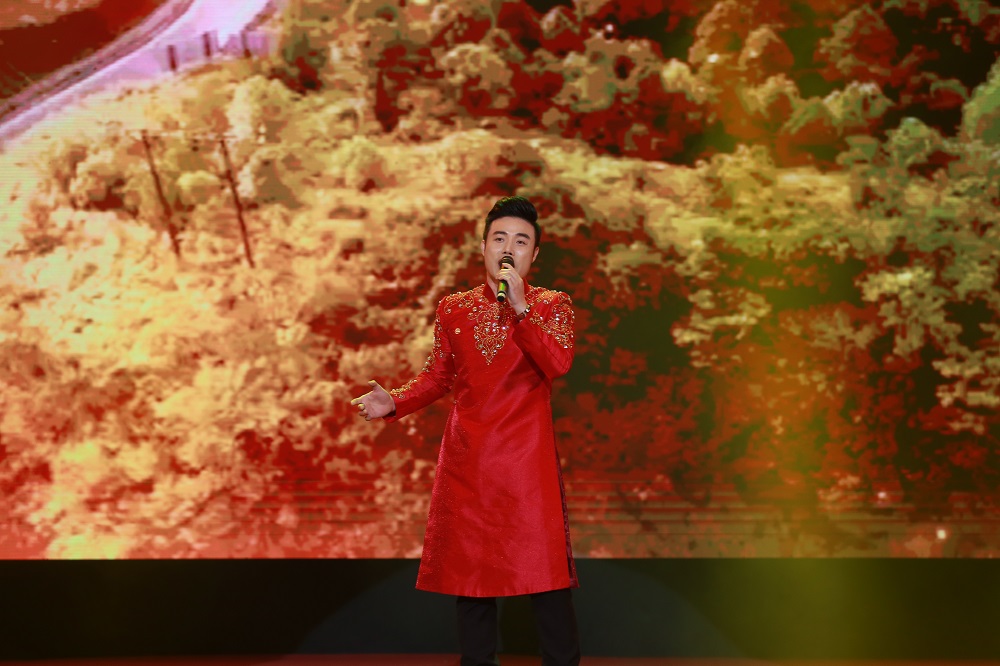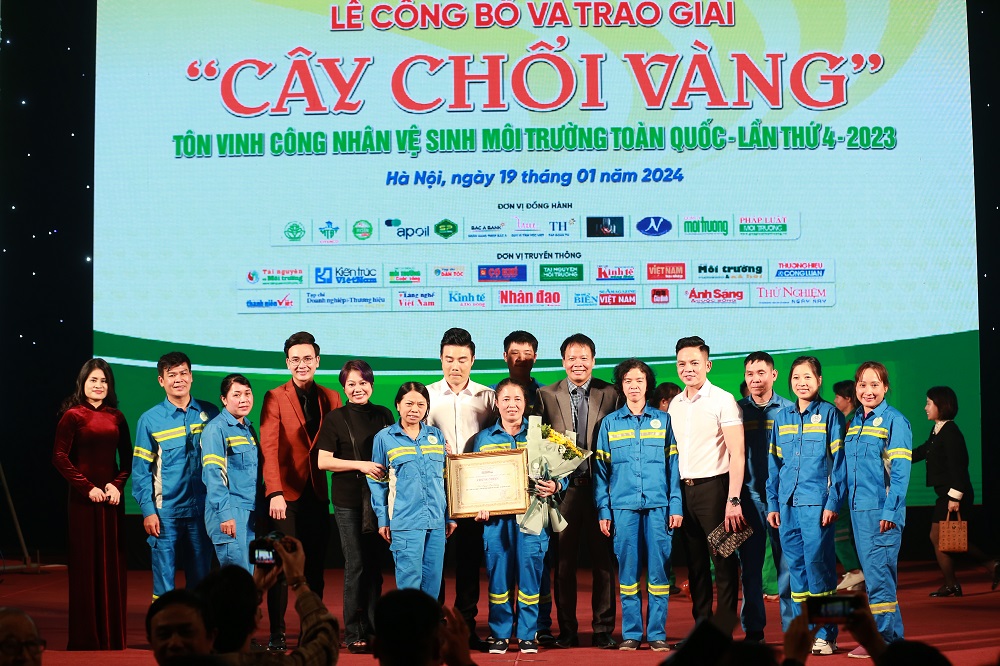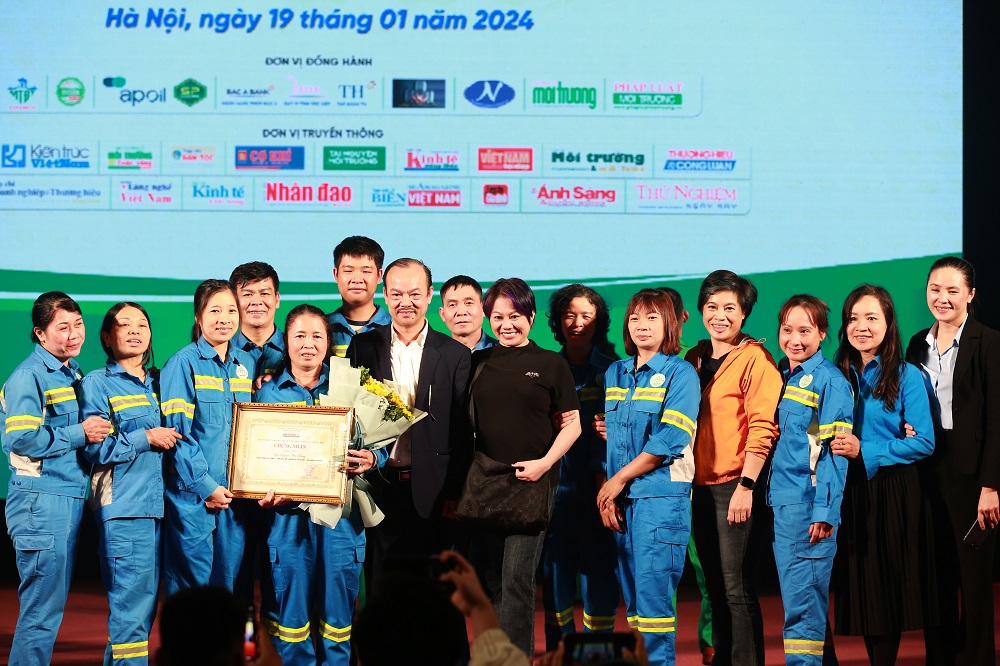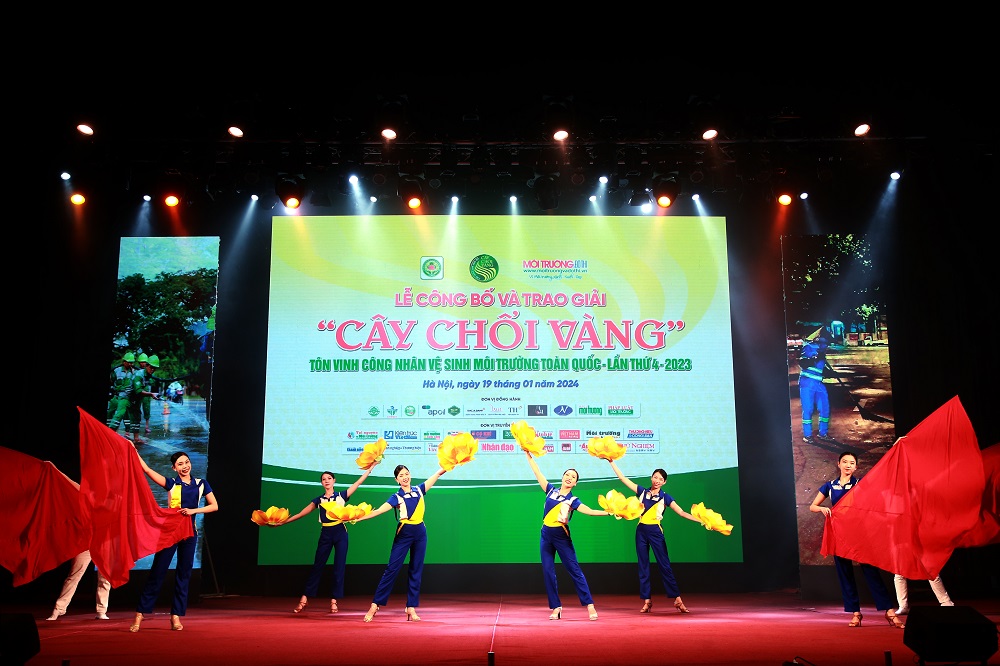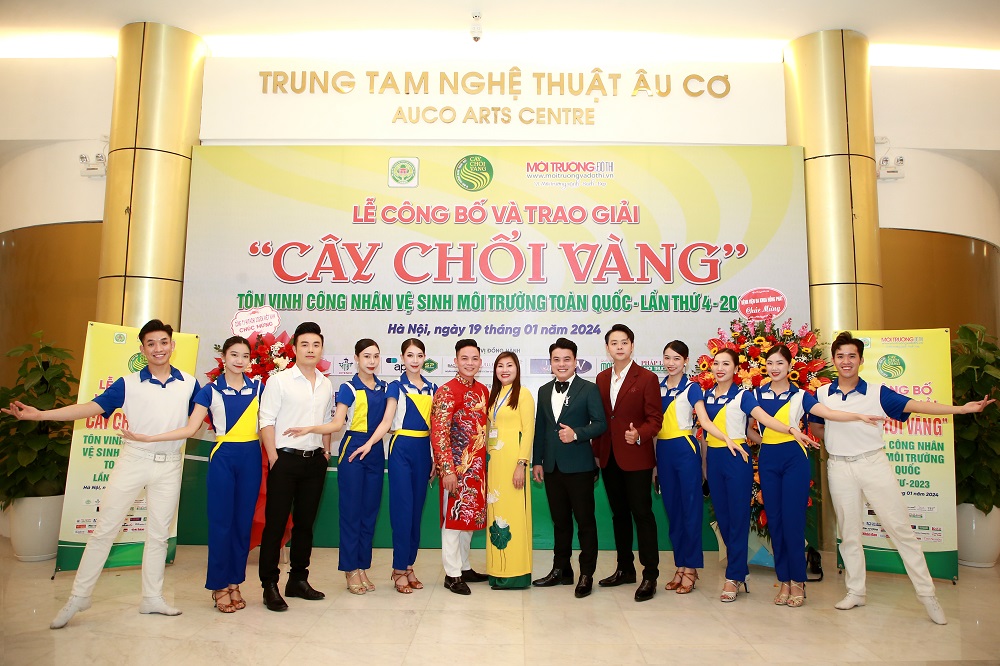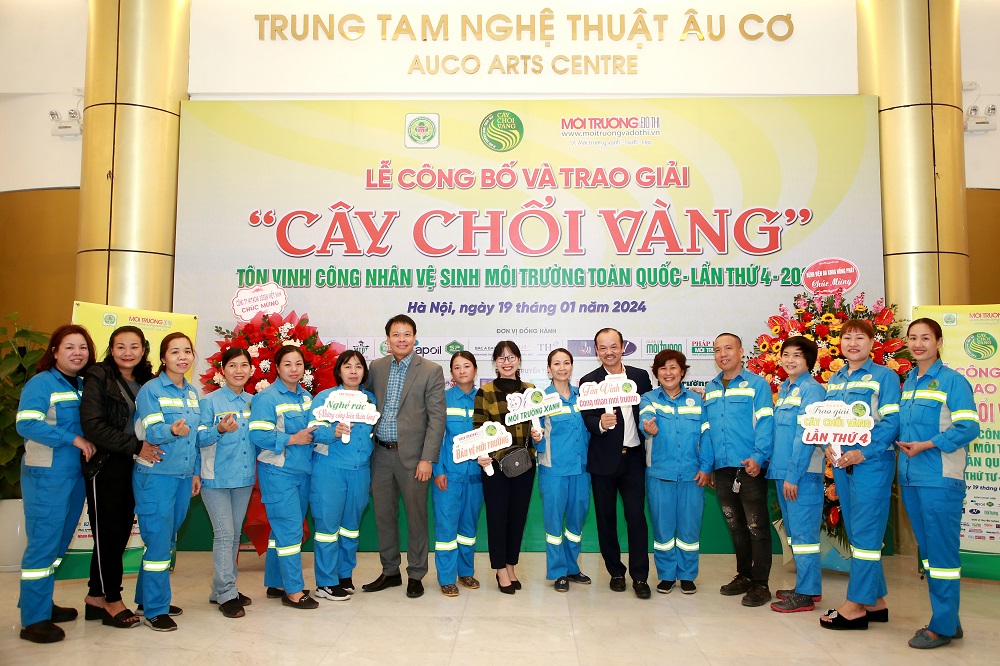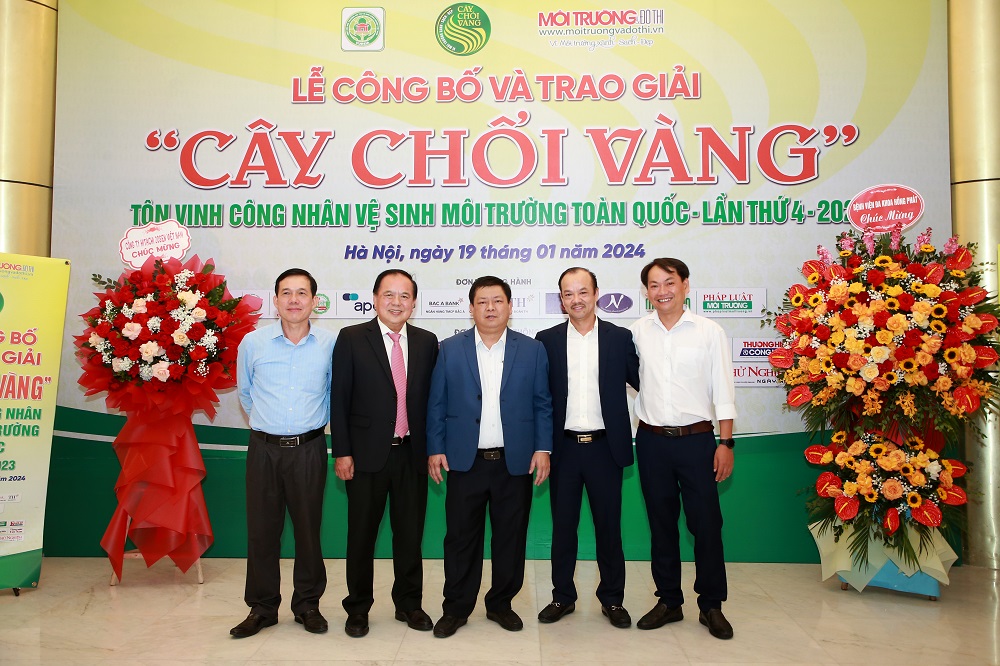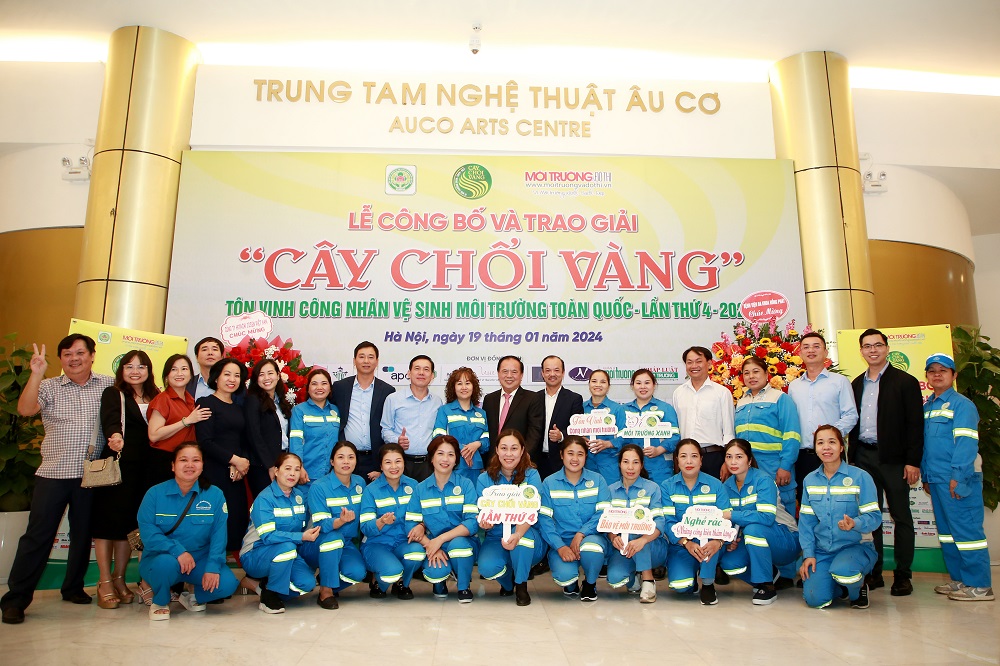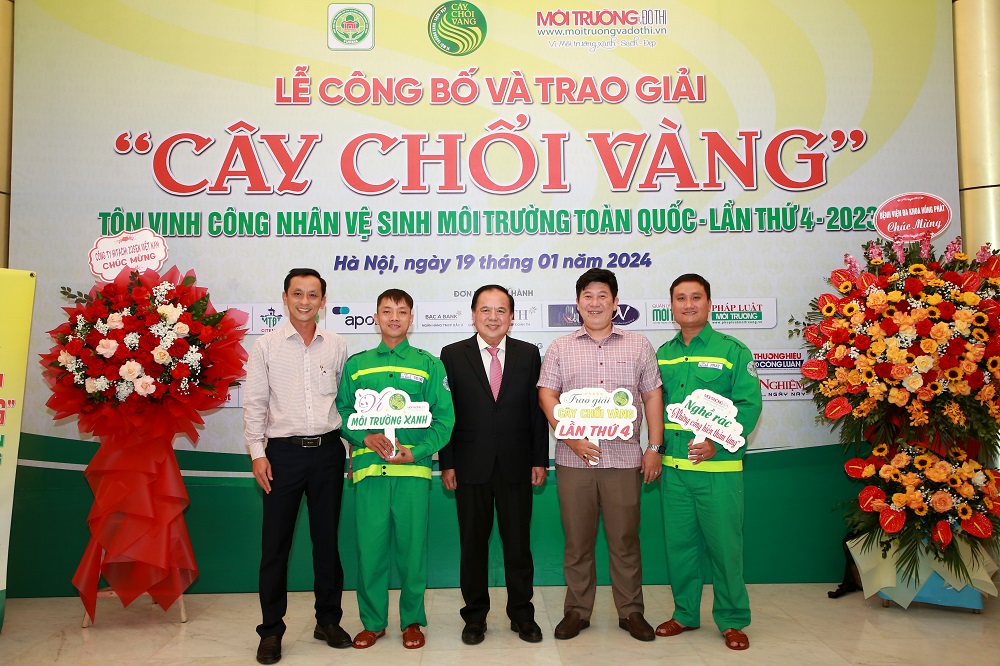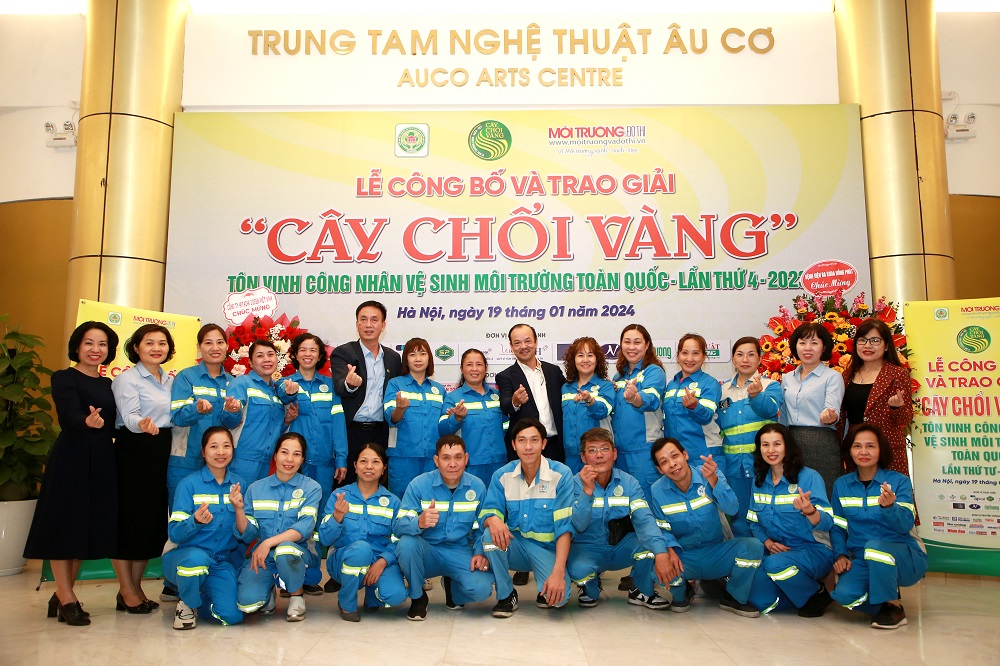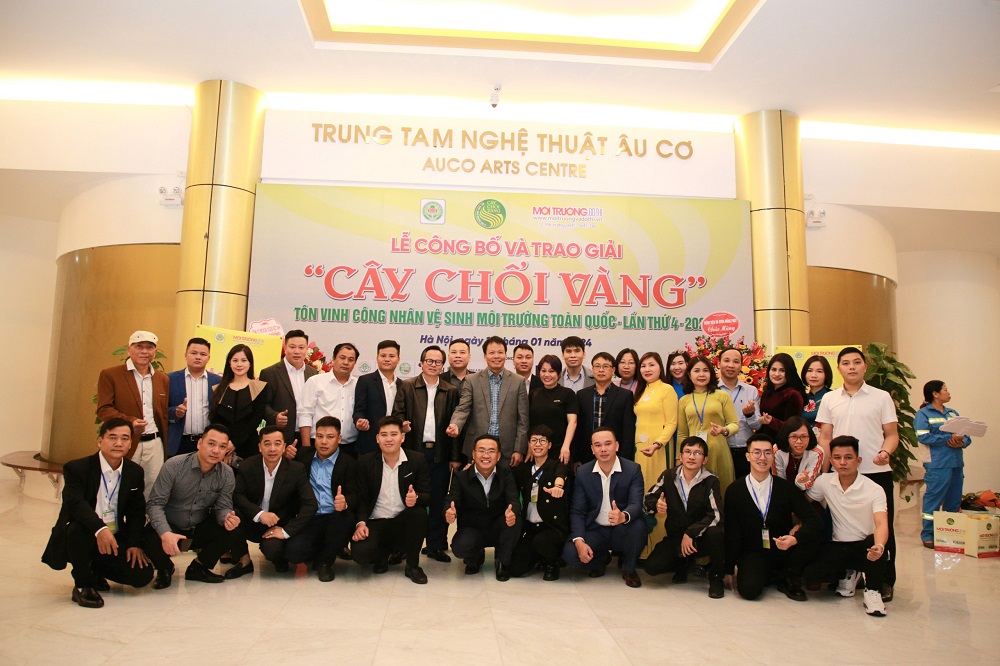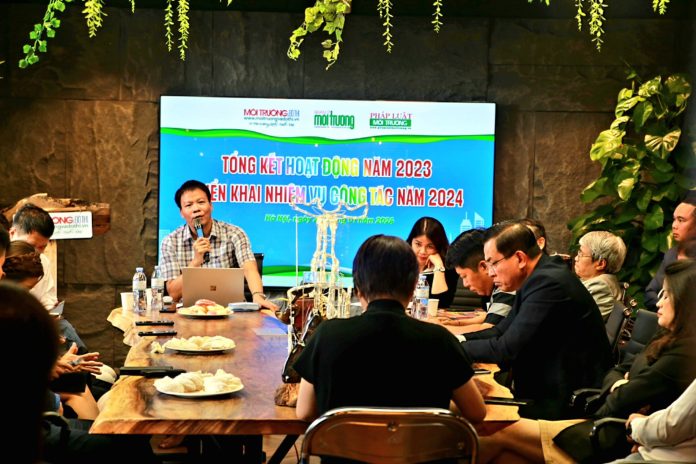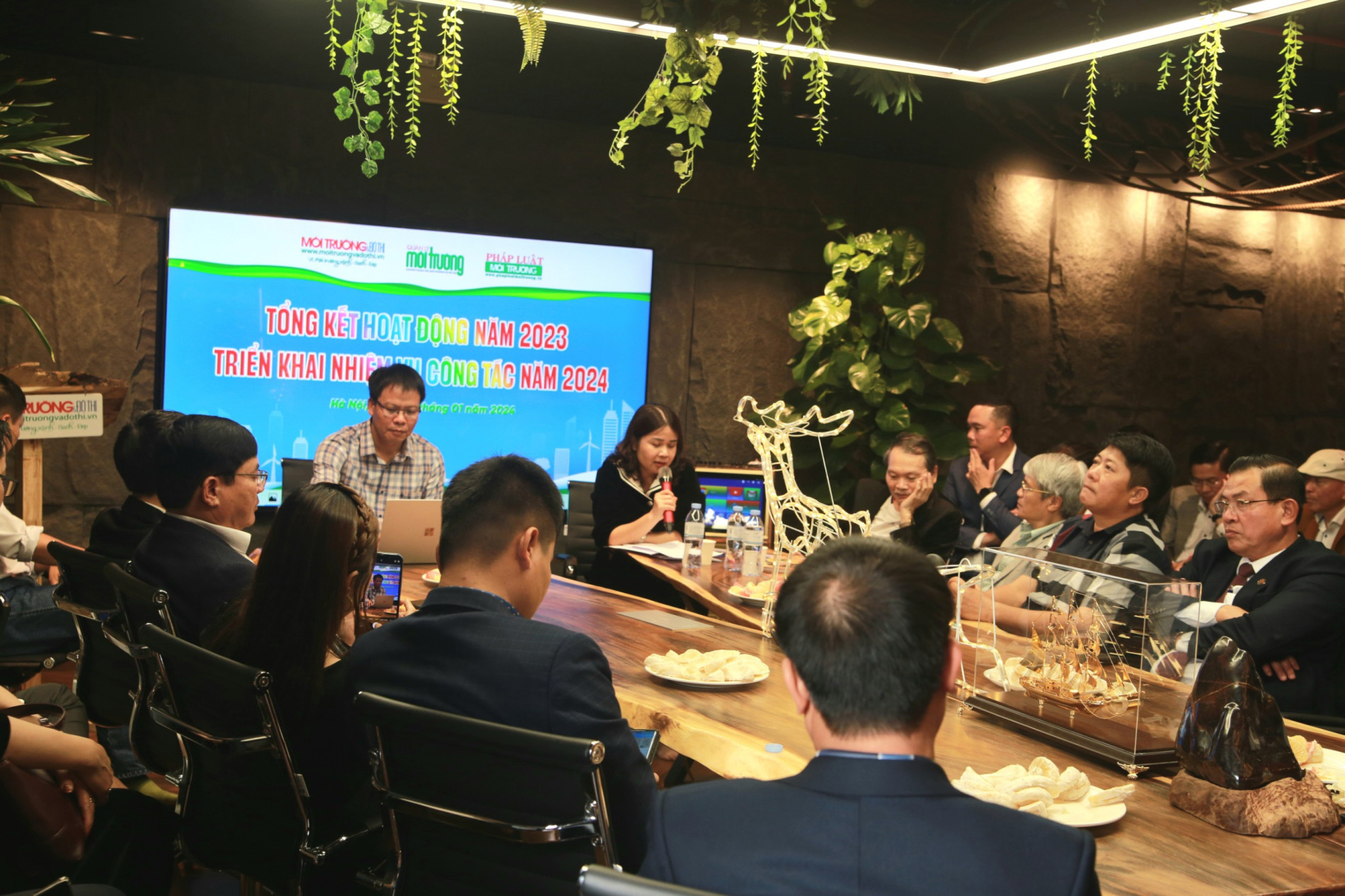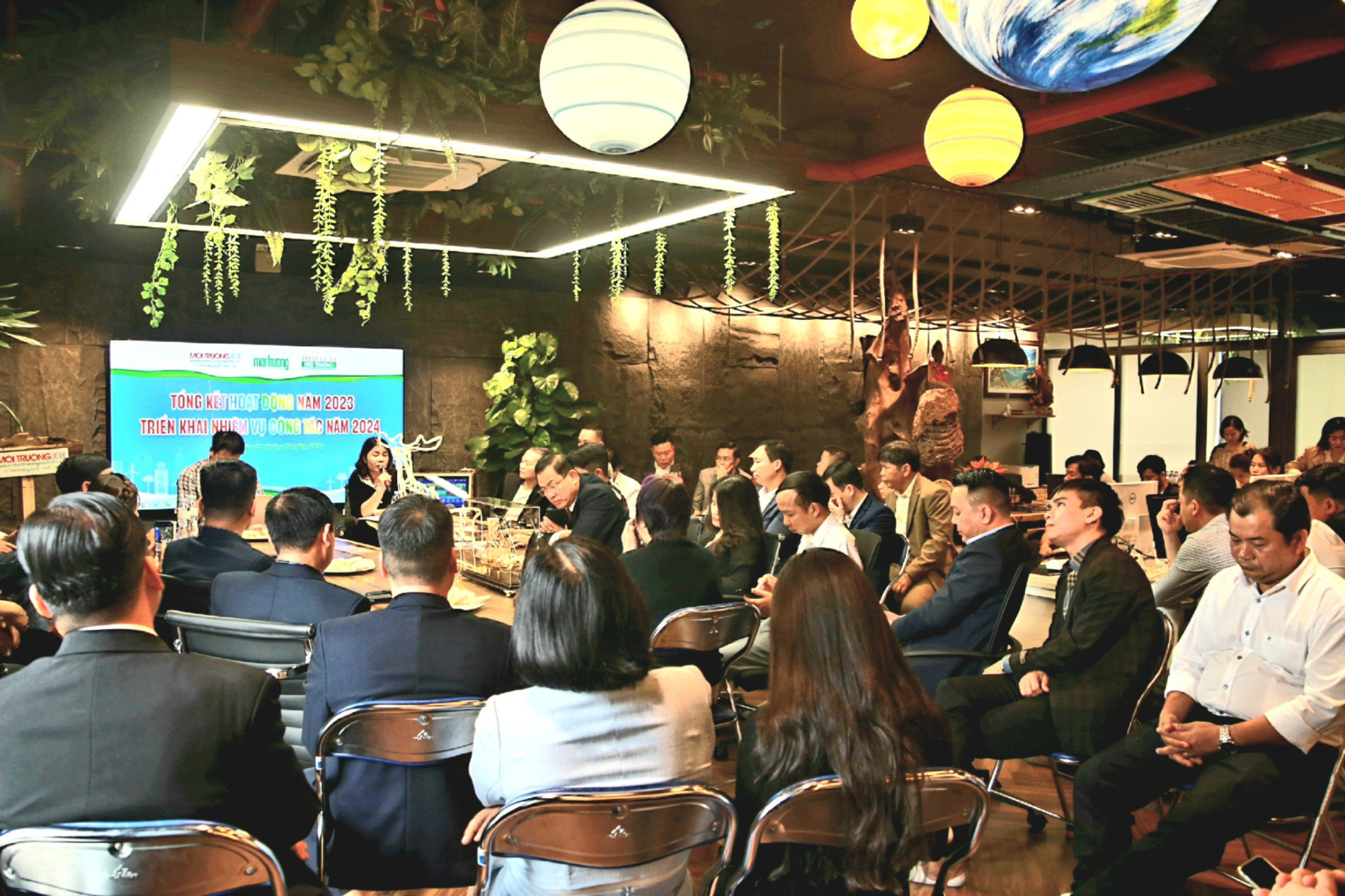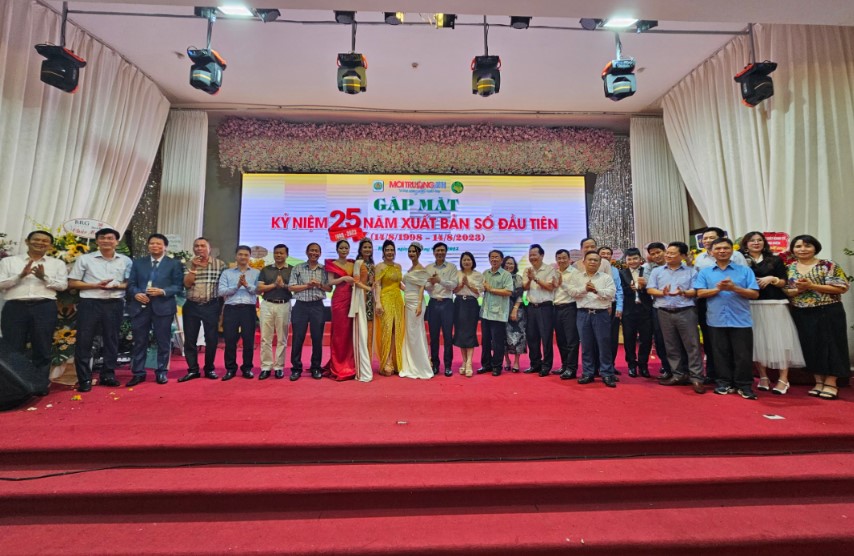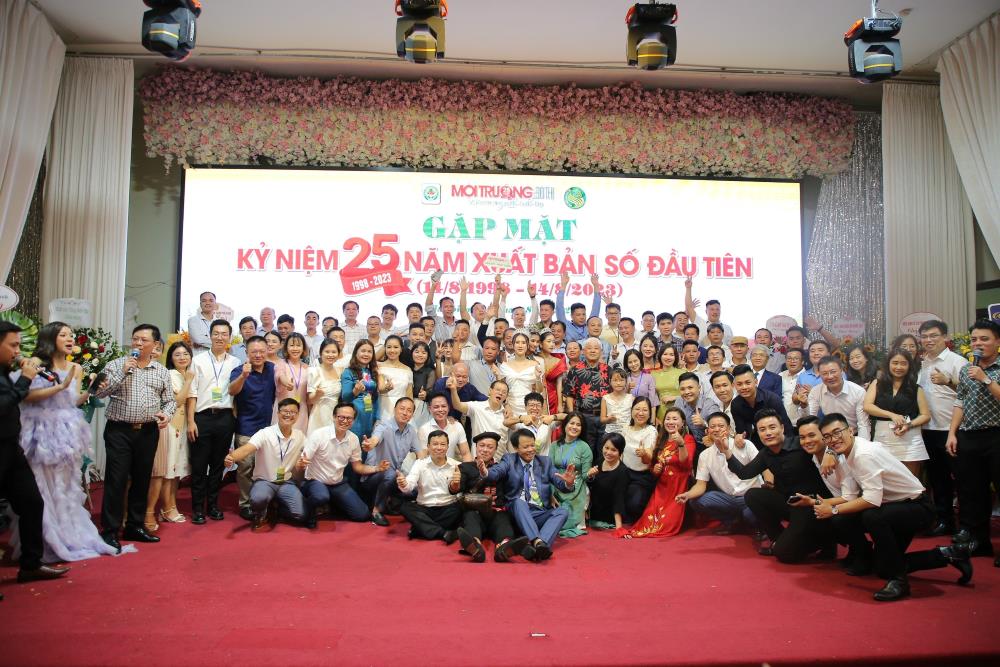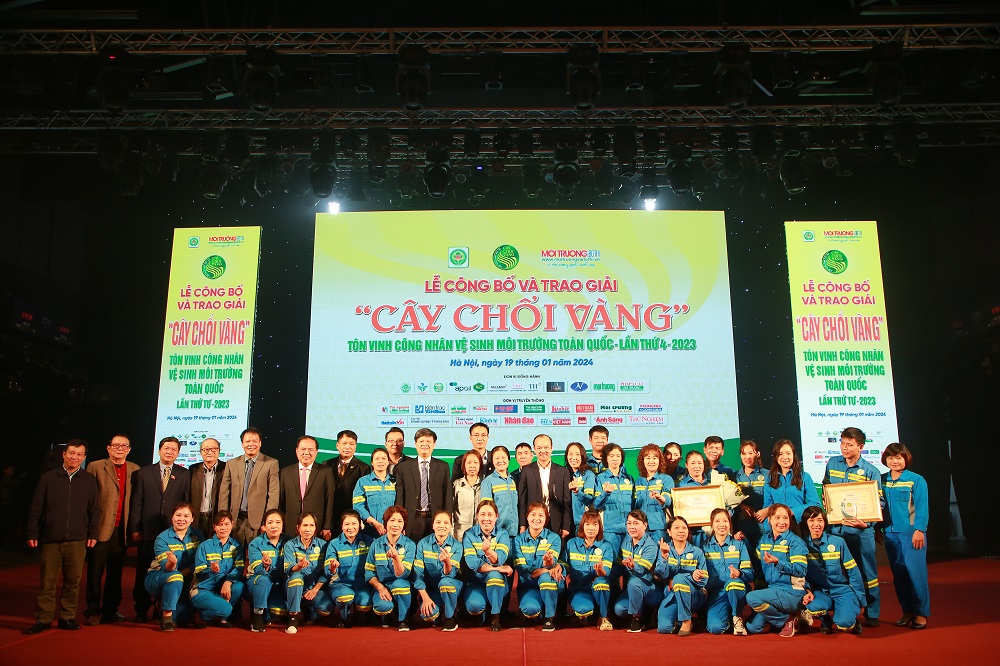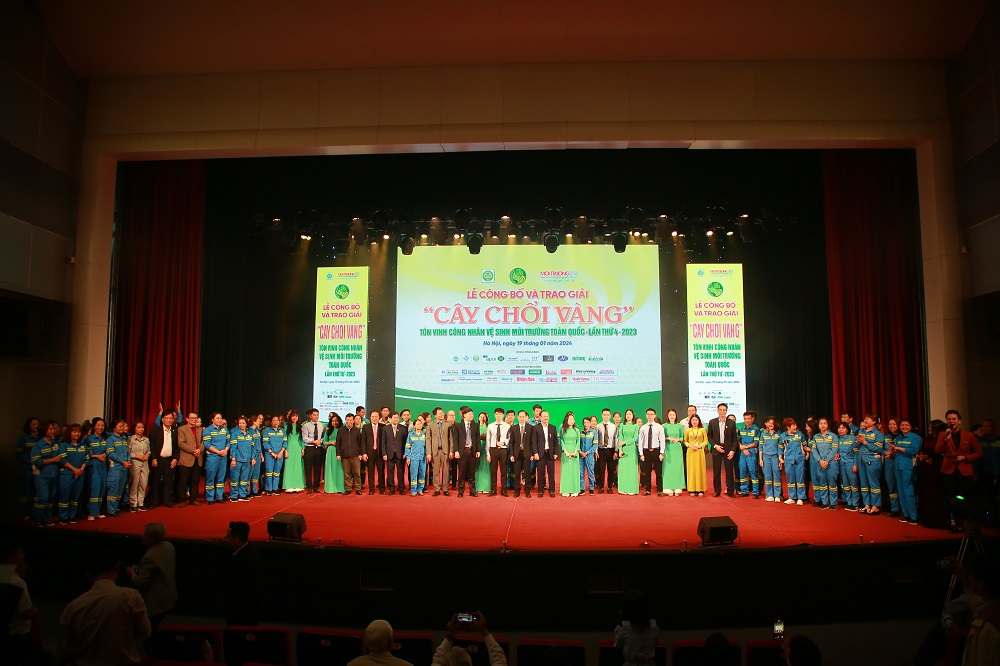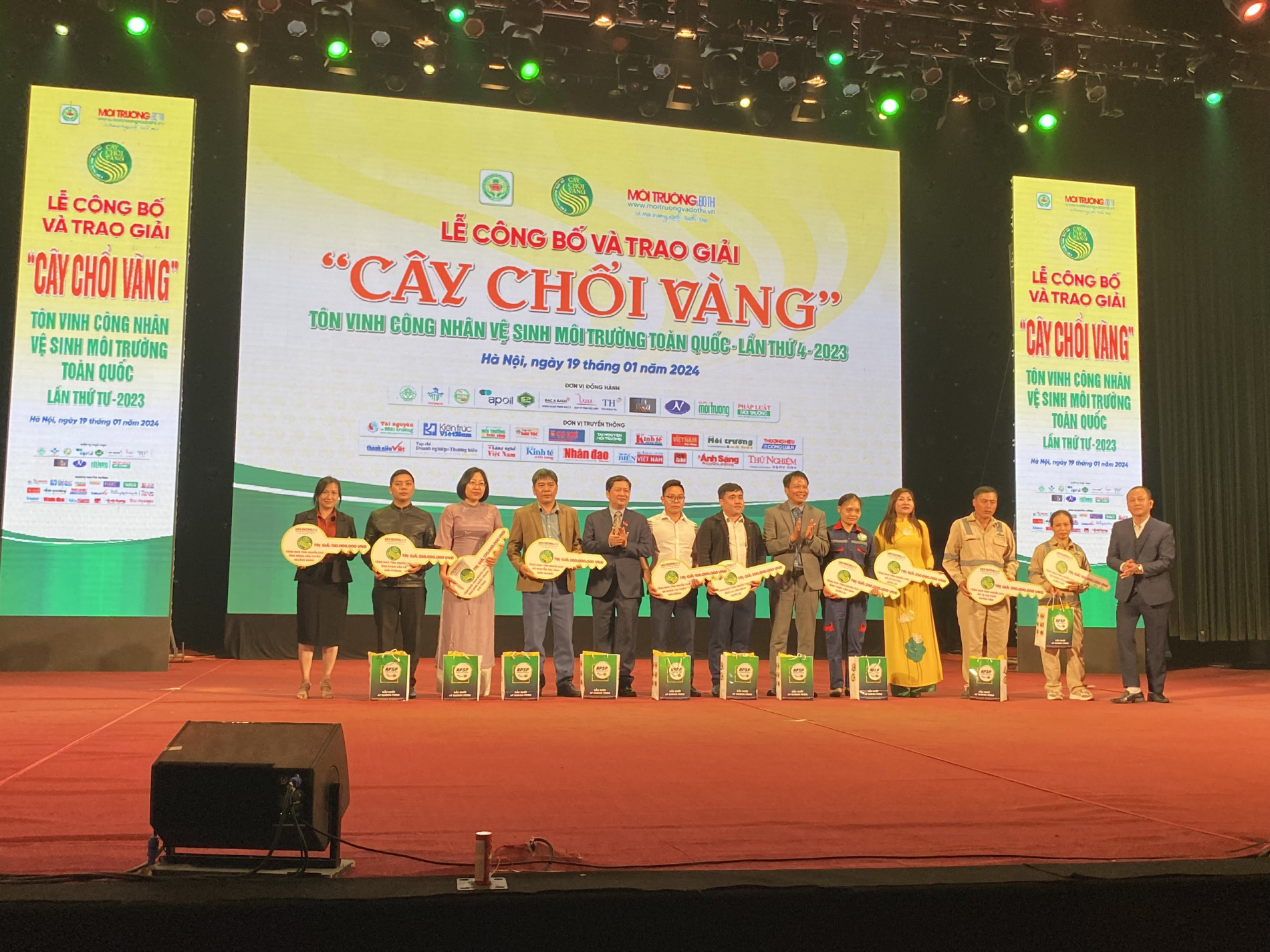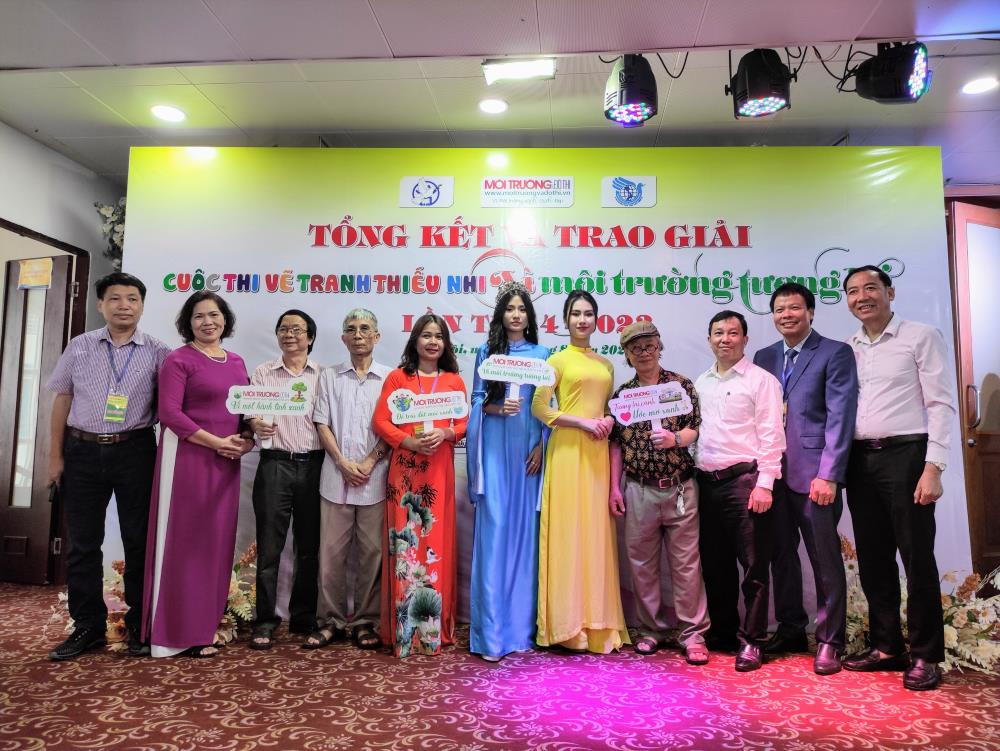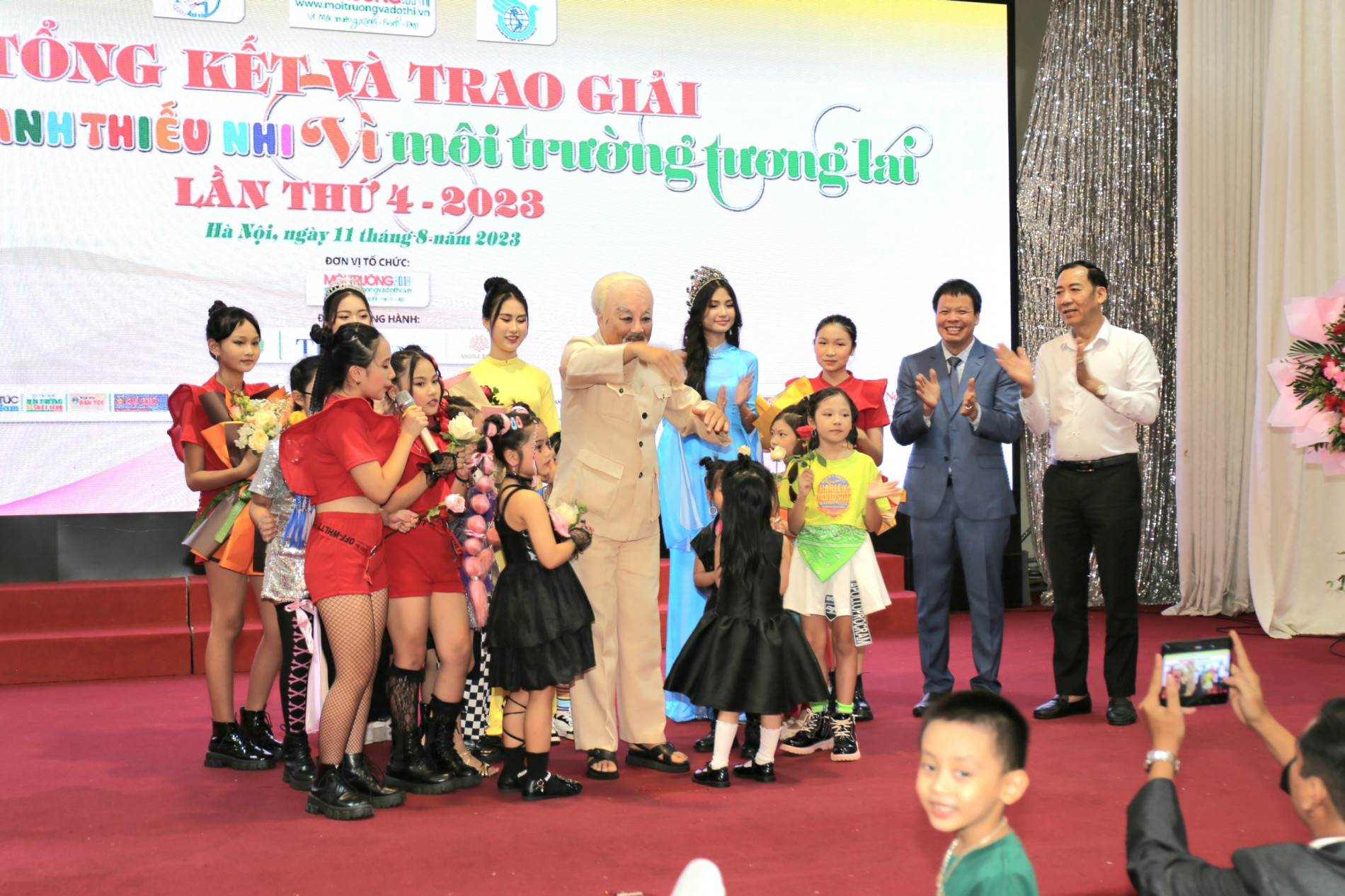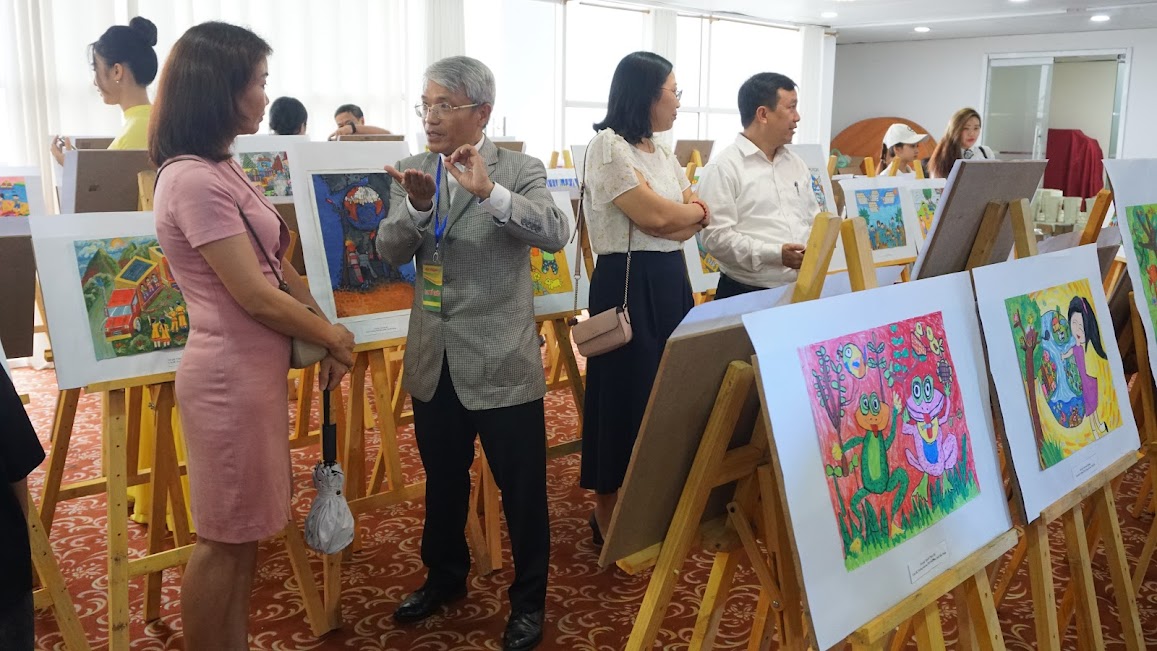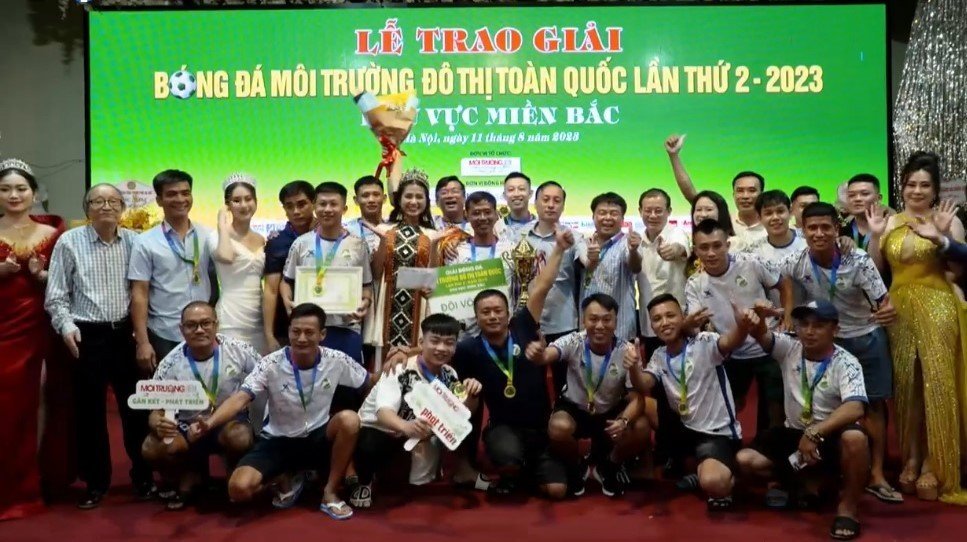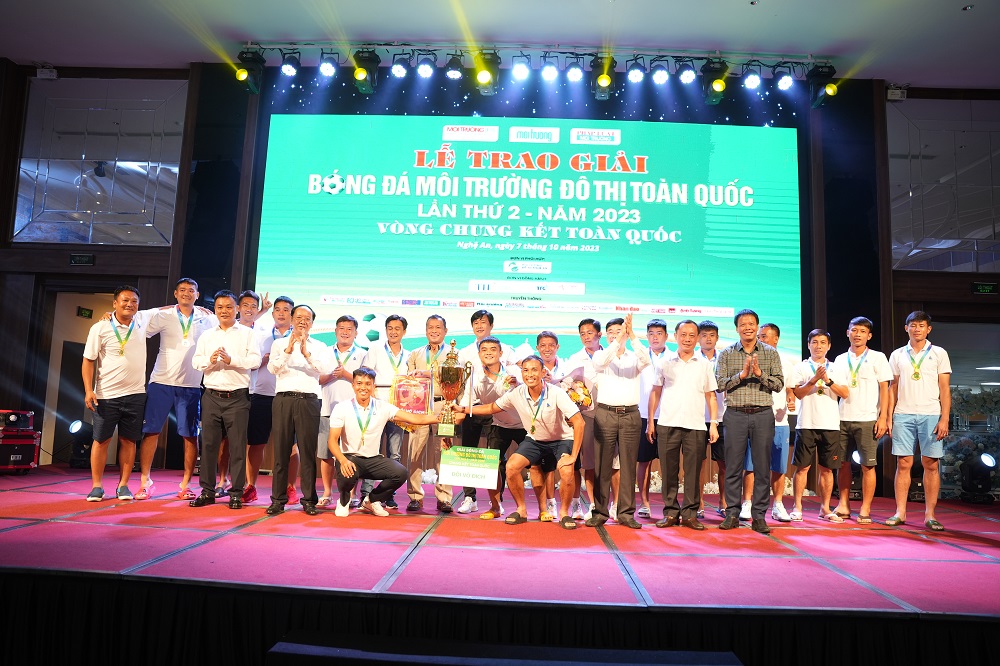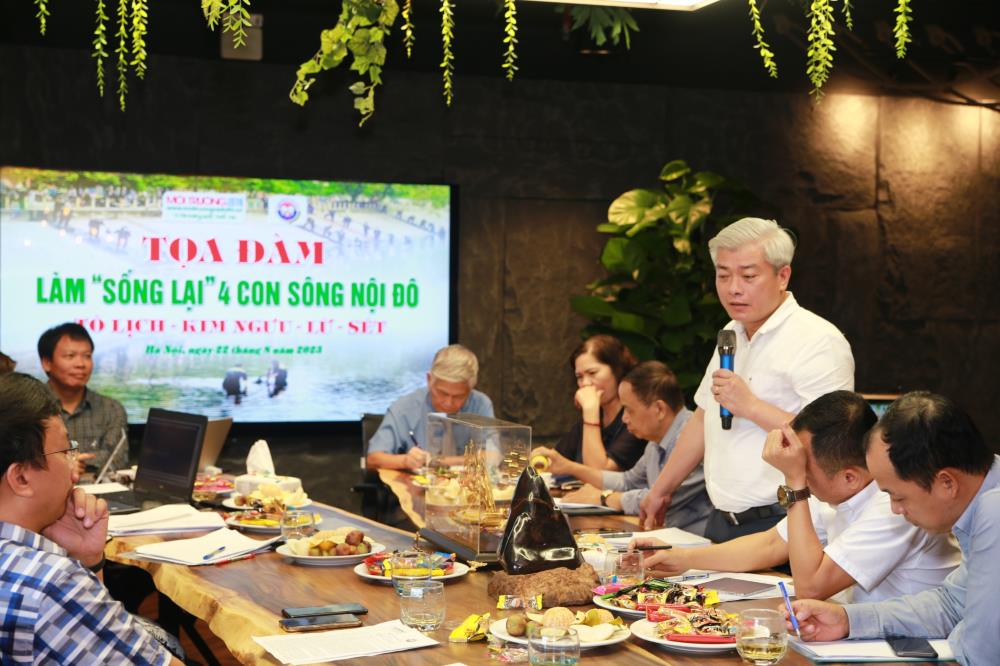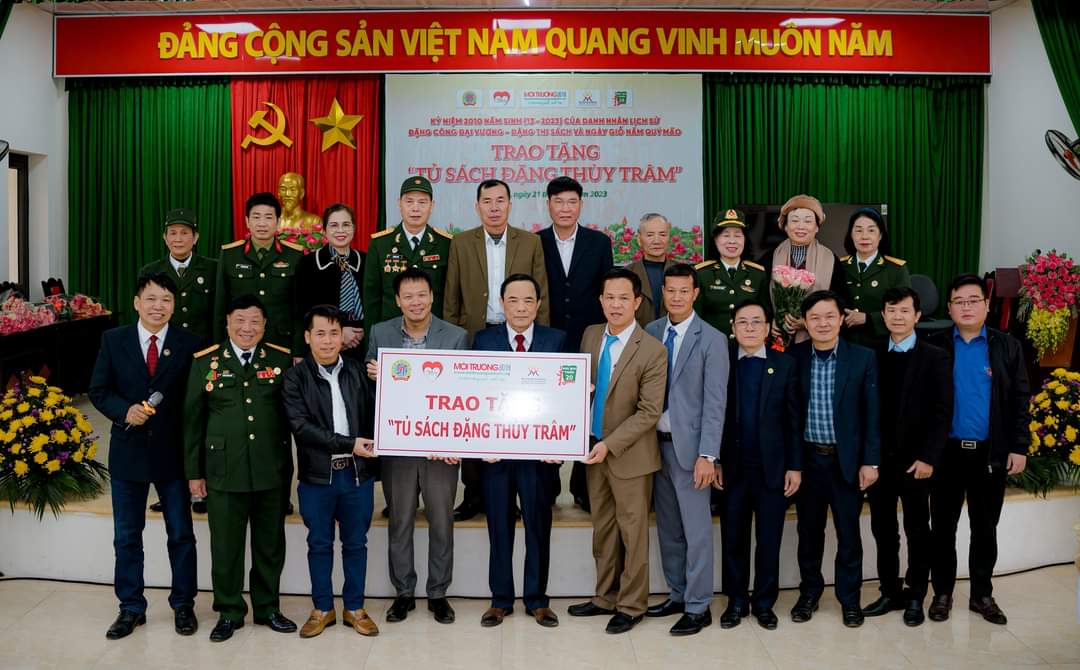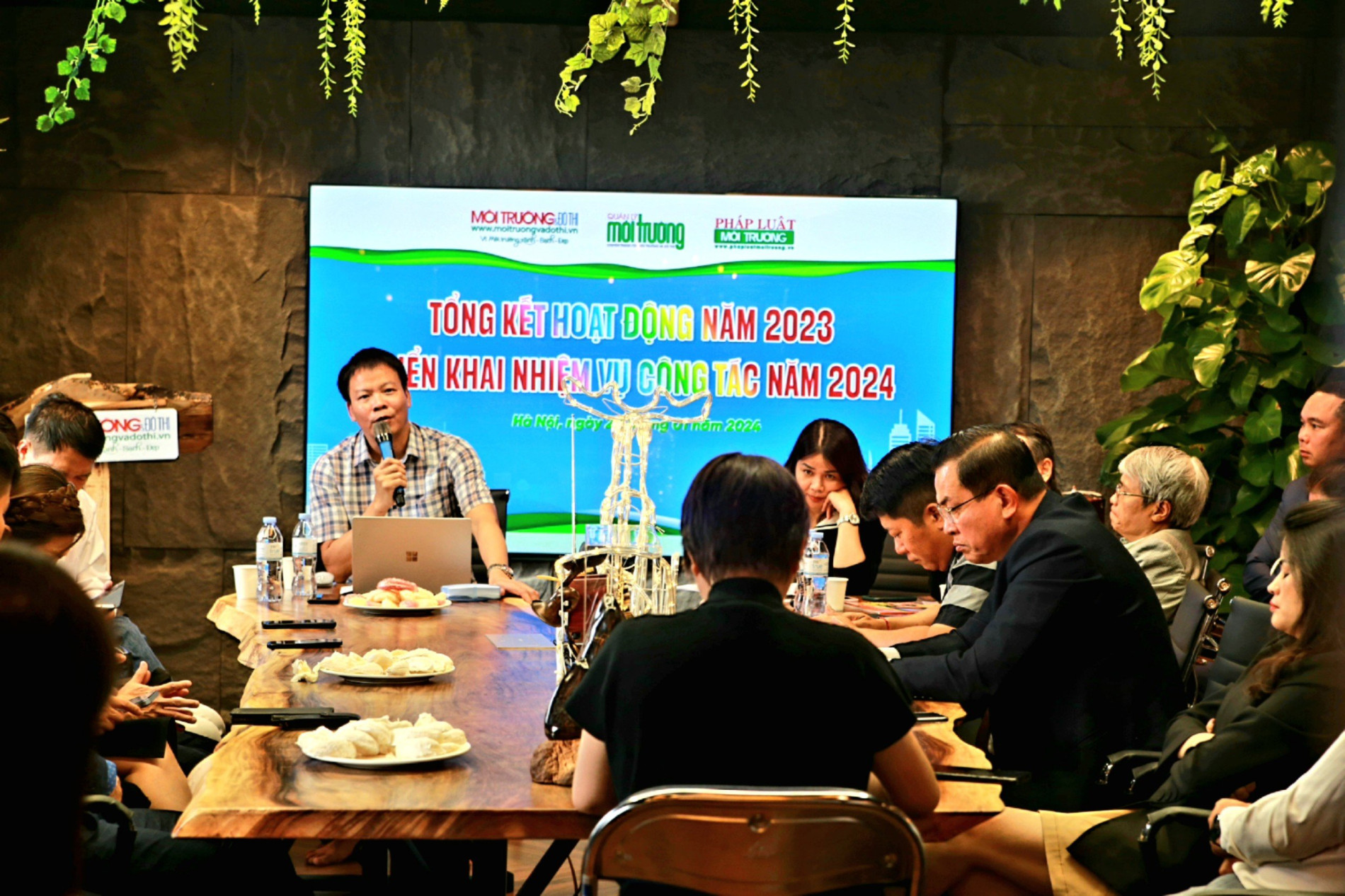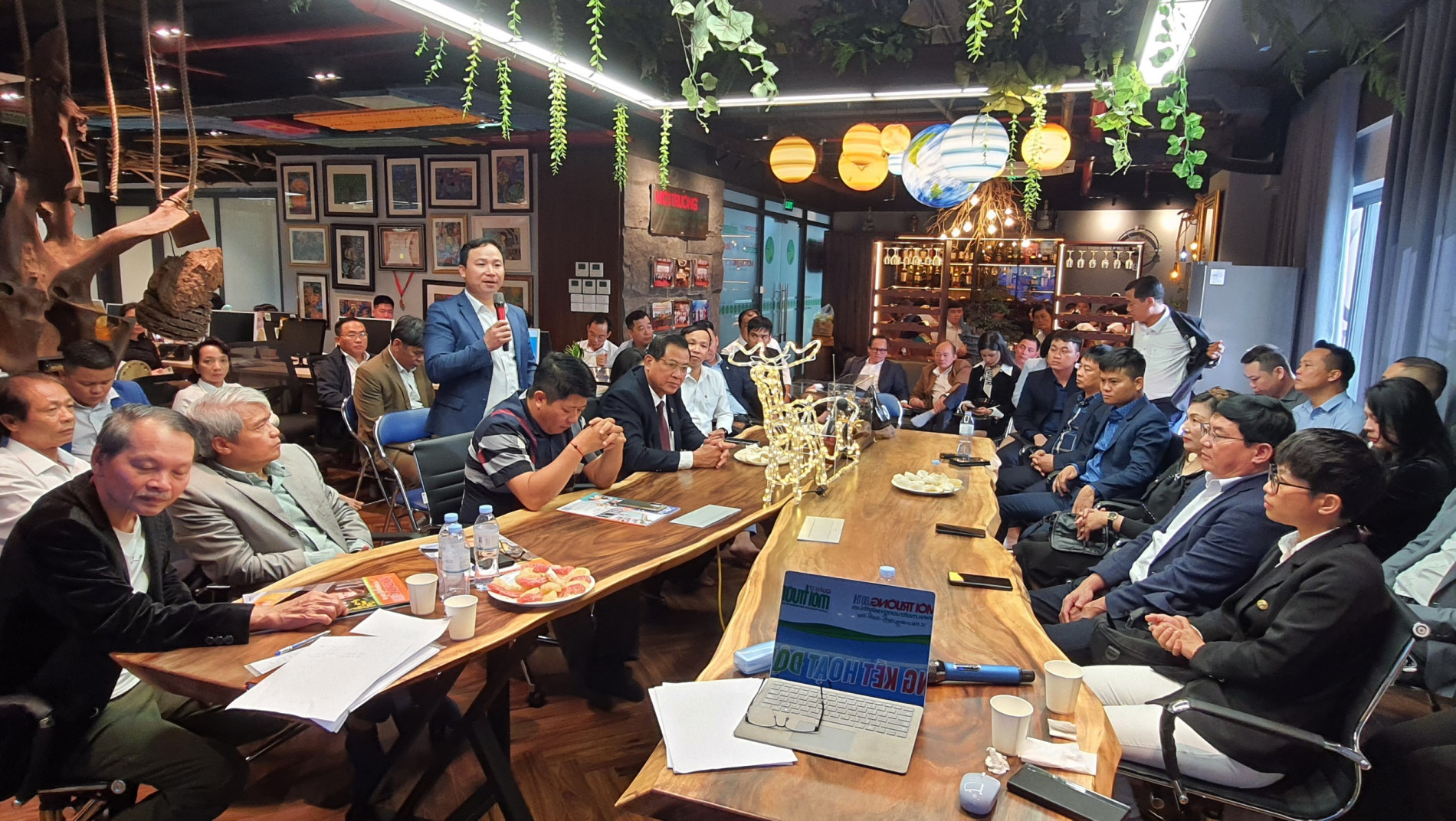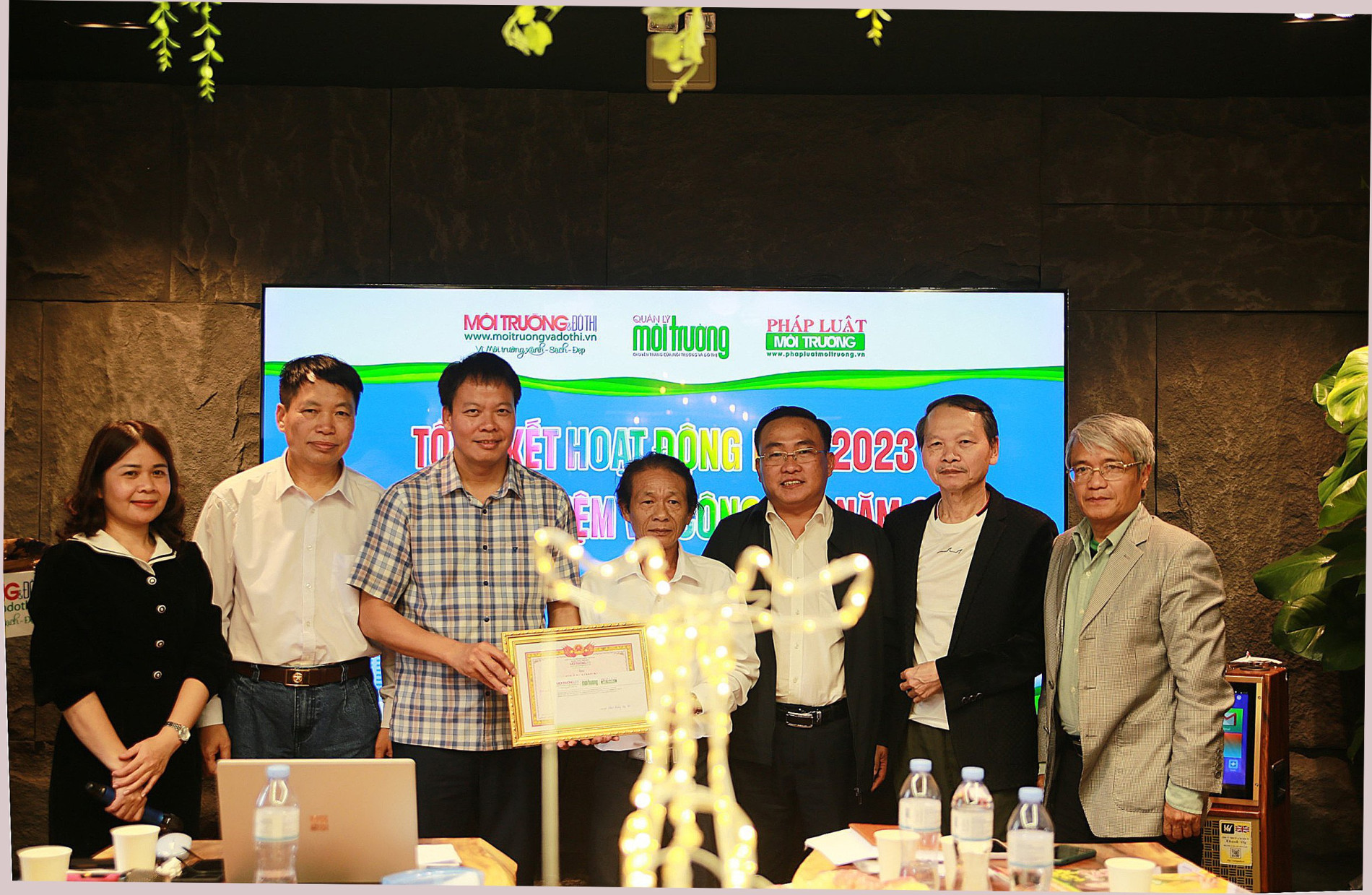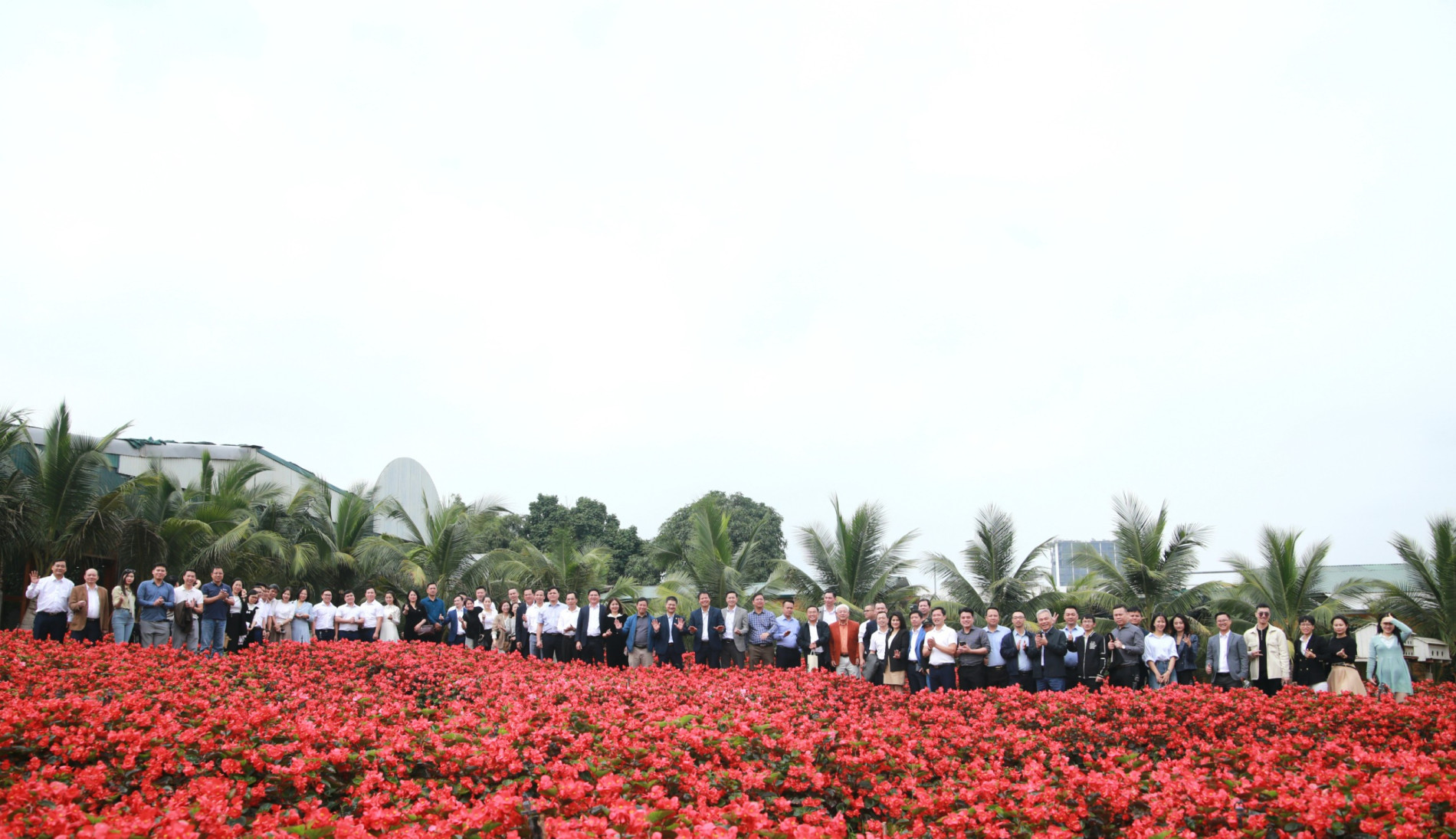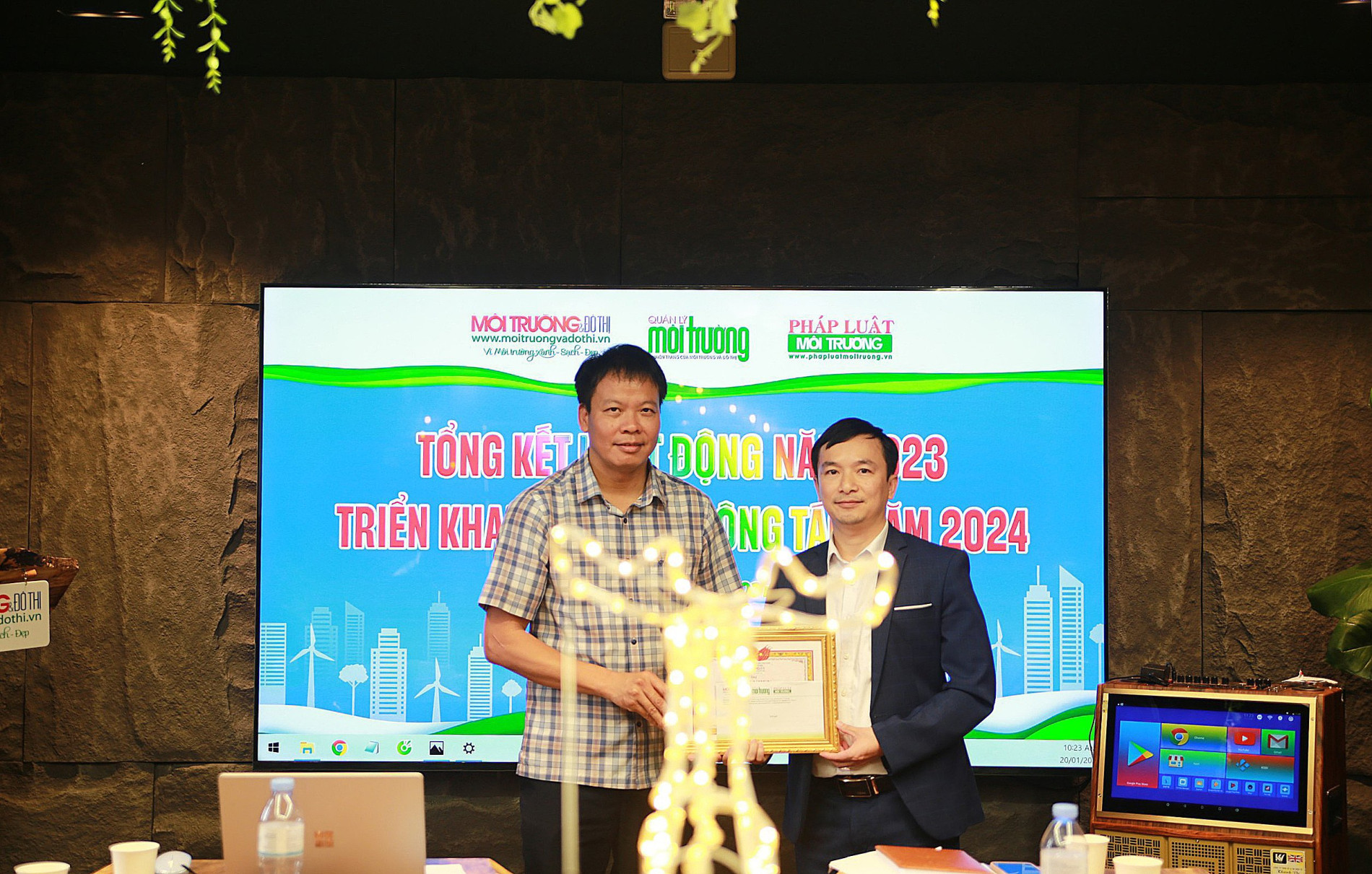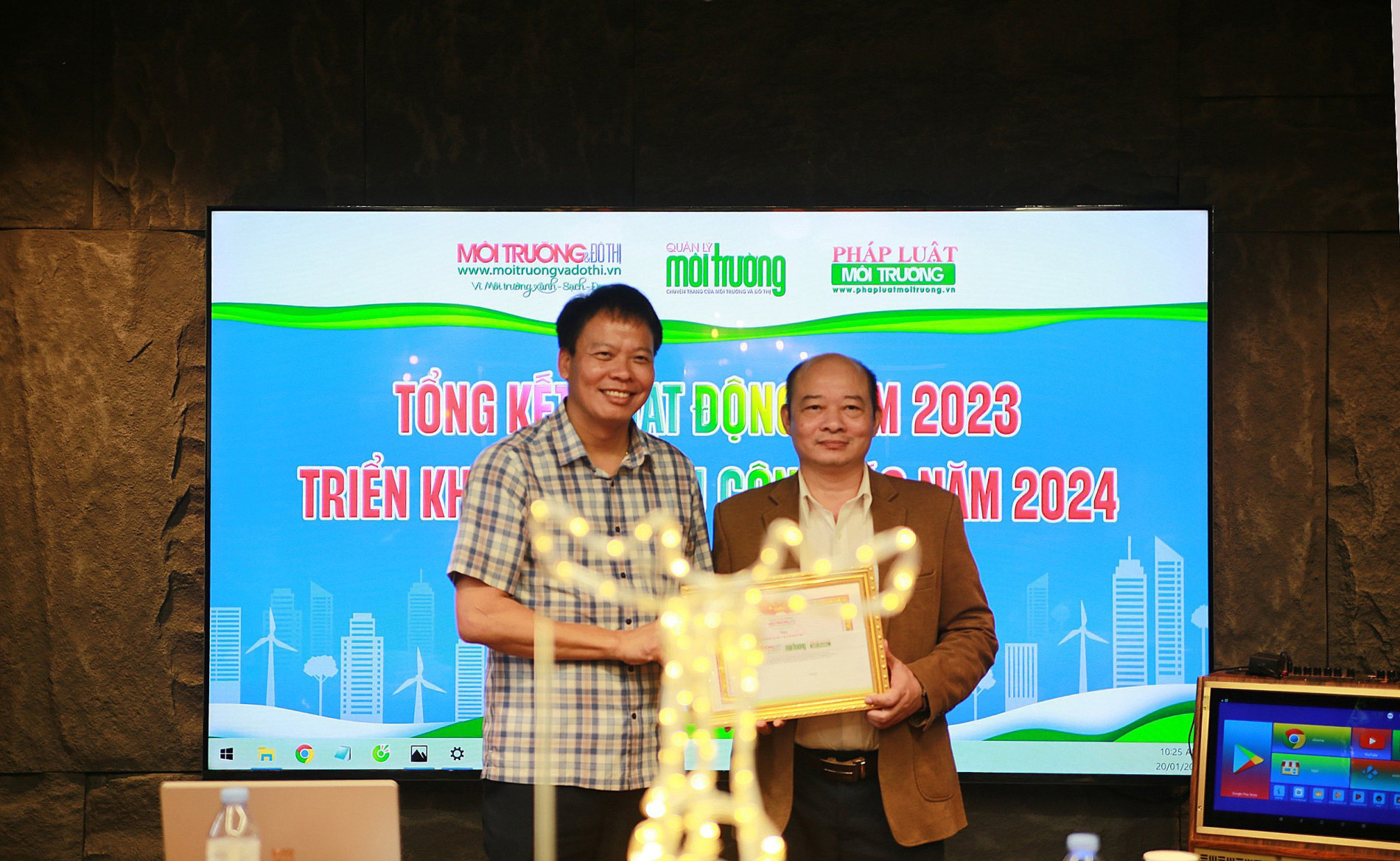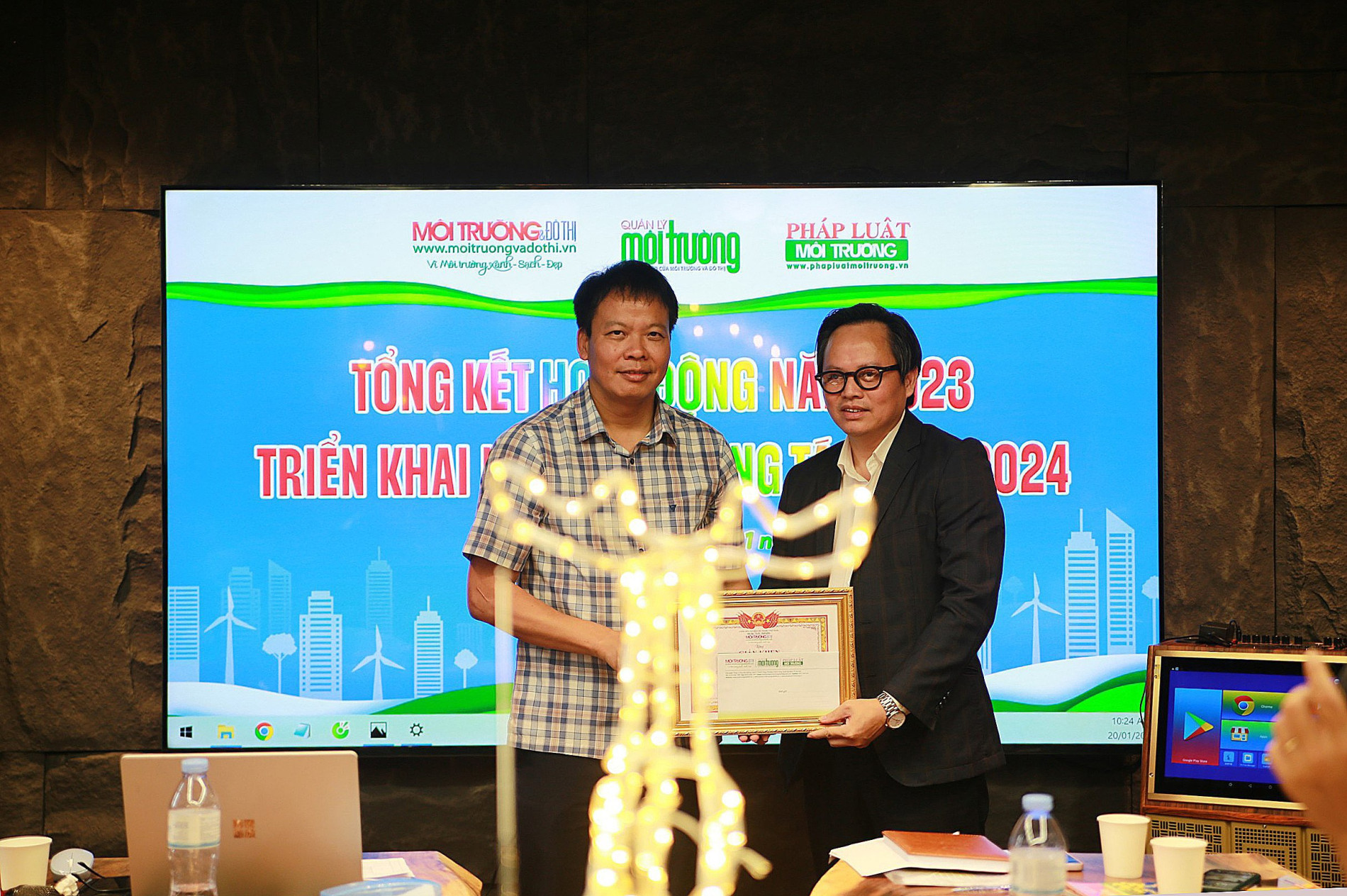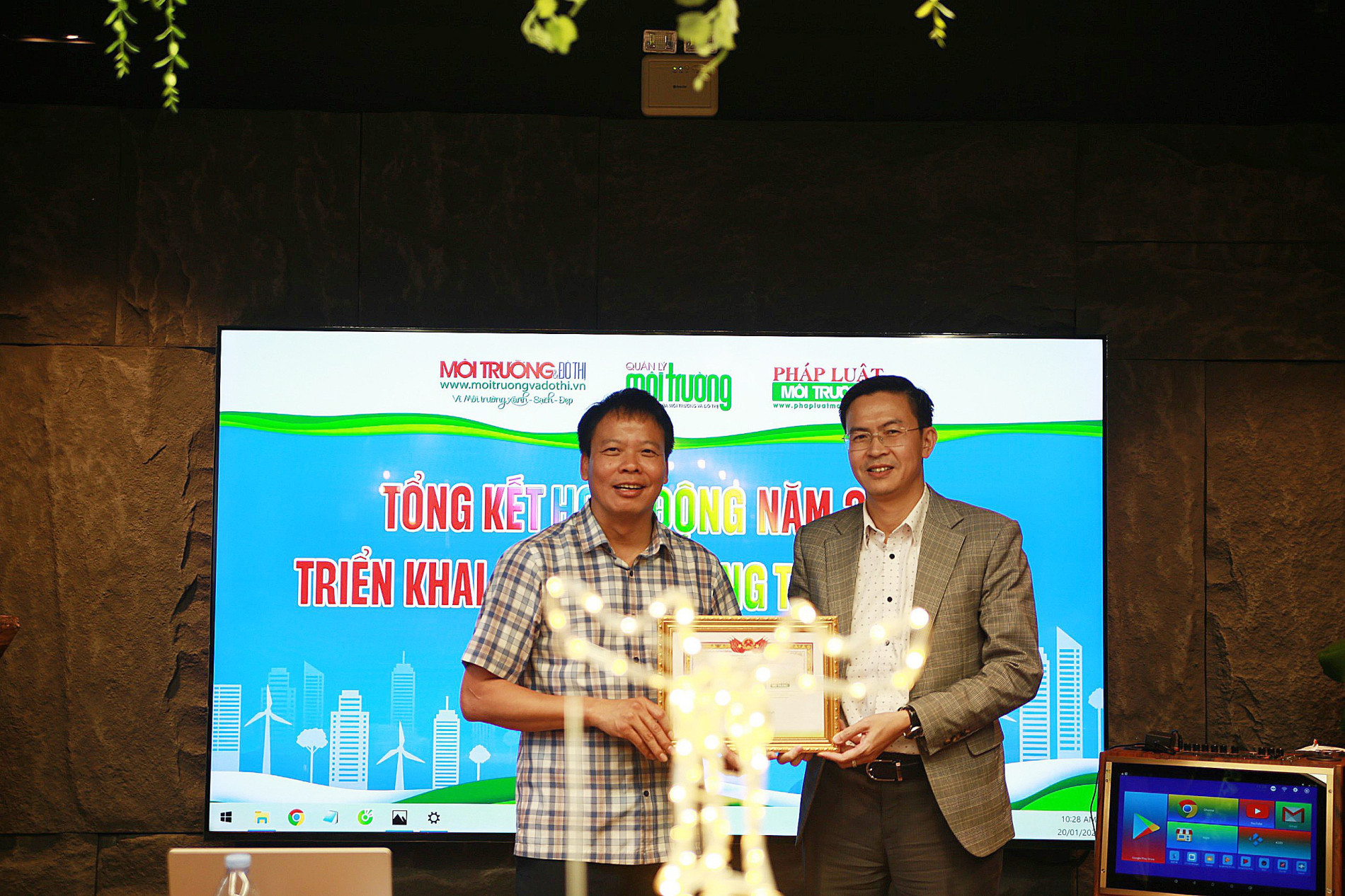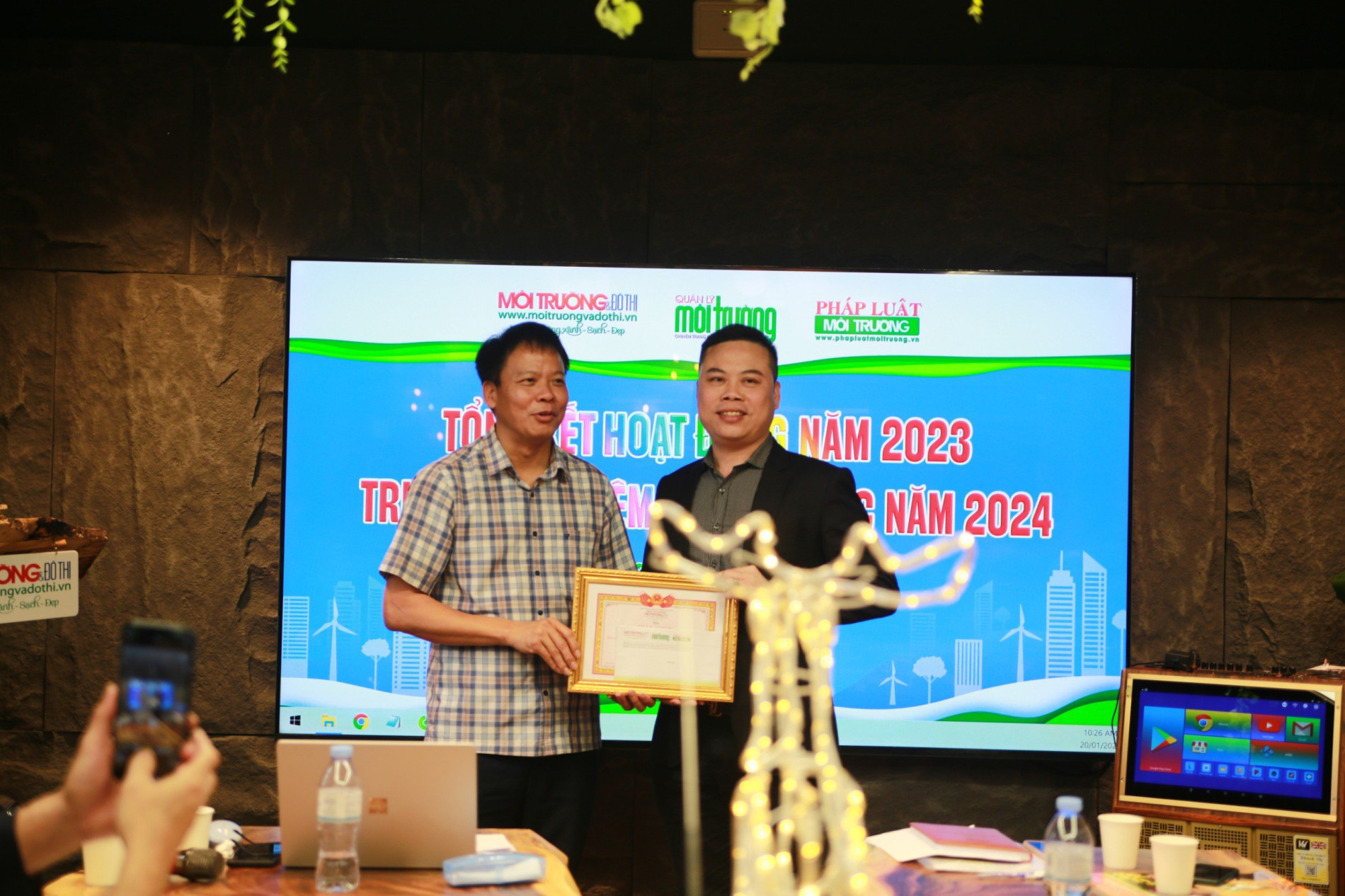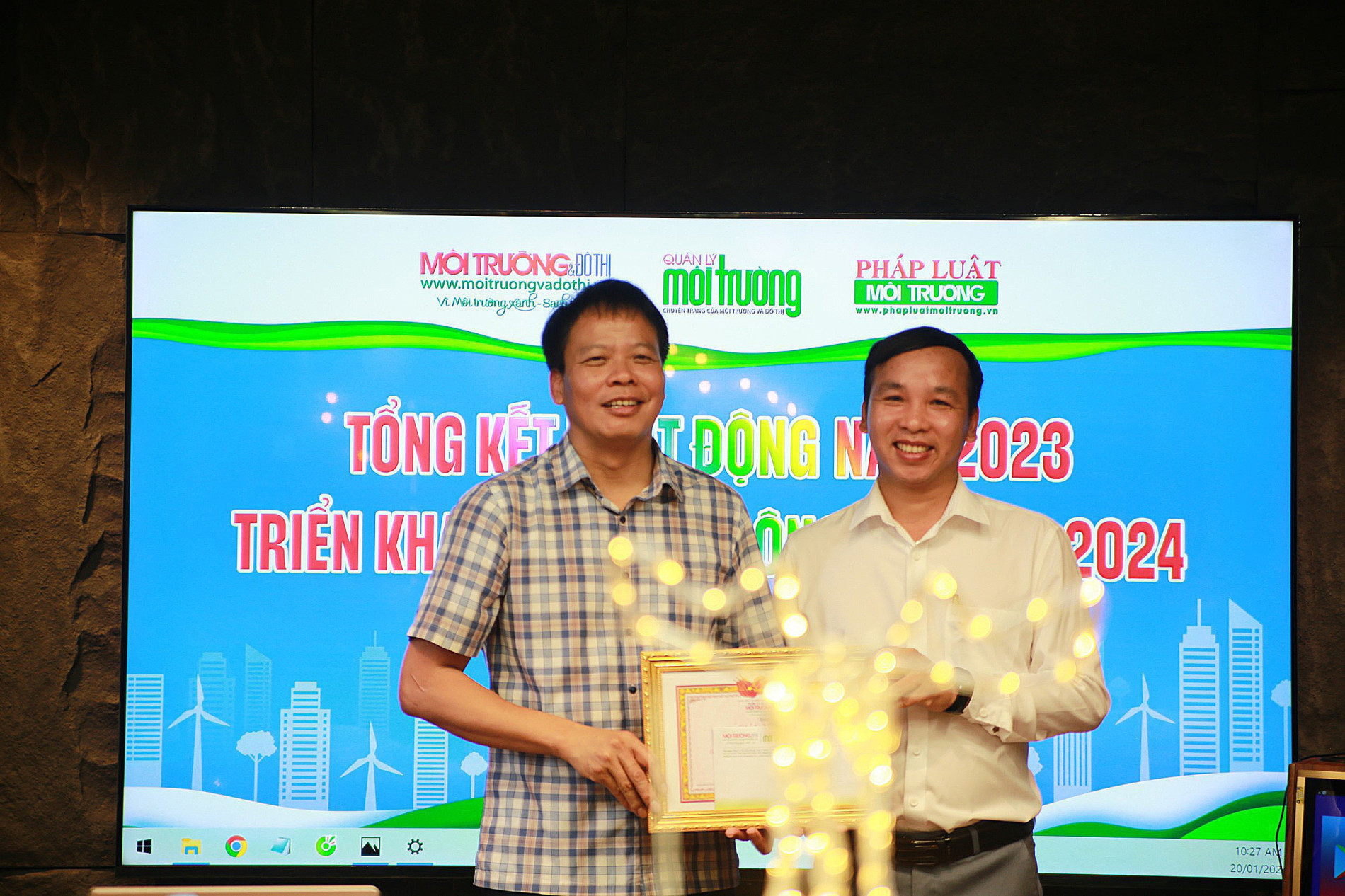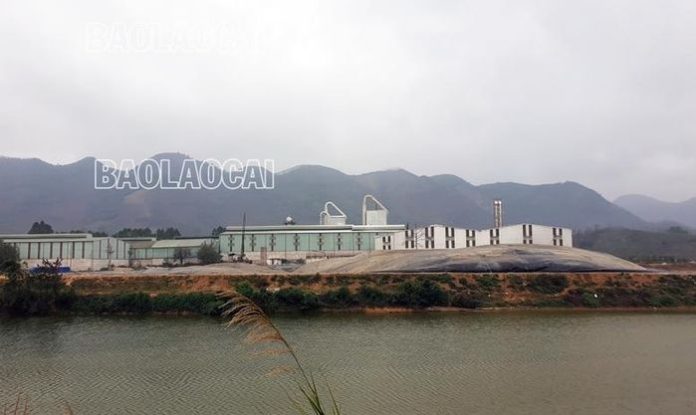Ban biên tập Chuyên trang Quản lý Môi trường, Tạp chí Môi trường và Đô thị Việt Nam trân trọng giới thiệu tới quý độc giả Công bố quốc tế lĩnh vực môi trường số 04-2024.
Về quản lý môi trường
– Kháng kháng sinh trong khí quyển do các chất ô nhiễm không khí gây ra.
– Tác động của ô nhiễm môi trường đến bệnh ung thư: Các chiến lược giảm thiểu rủi ro cần xem xét.
– Định hướng môi trường và hoạt động bền vững; tác động điều tiết qua trung gian của thực tiễn quản lý chuỗi cung ứng xanh và áp lực thể chế.
– Vai trò của dịch tễ học dựa trên nước thải đối với SARS-CoV-2 ở các nước đang phát triển: Bằng chứng tích lũy từ Nam Phi hỗ trợ việc giám sát địa điểm trọng điểm để hướng dẫn việc ra quyết định về y tế công cộng.
– Đánh giá vòng đời tuyệt đối rõ ràng về mặt không gian bằng mô hình lai đa khu vực: Khung tính toán.
– Đánh giá hiệu quả bảo tồn của các khu bảo tồn trên thế giới: Chất lượng môi trường sống và quan điểm hoạt động của con người.
– Liệu tài chính khí hậu và dòng vốn nước ngoài có thúc đẩy quá trình khử cacbon ở các nền kinh tế đang phát triển không?
– Các quyết định giảm lượng carbon trong R&D hợp tác công nghệ xanh và hiệu ứng trễ thời gian lan tỏa.
– Liệu sự không chắc chắn về chính sách khí hậu và tâm lý nhà đầu tư có thúc đẩy sự lan tỏa năng động giữa các thị trường tài chính xanh không?
Về môi trường đô thị
– Vận chuyển và lắng đọng vi nhựa trong khí quyển đến các địa điểm nhiệt đới hoang sơ và đô thị ở Đông Nam Á.
– Rửa axit sulfuric được kiểm soát độ pH giúp tăng cường ổn định kim loại nặng trong sản xuất cốt liệu nhẹ từ tro bay đốt chất thải rắn đô thị.
– Lọc sơ cấp nước thải đô thị bằng phương pháp lên men bùn – Tác động loại bỏ dinh dưỡng sinh học.
– Các quy định tiếp nhận nguồn cung cấp đất ảnh hưởng như thế nào đến lượng khí thải carbon đô thị?
– Phân tích tổng hợp toàn cầu về các yếu tố gây căng thẳng cho đô thị hóa về sự phong phú, sự phong phú và đặc điểm của côn trùng.
– Cây cảnh thân thảo có đặc điểm thẩm mỹ dễ thấy góp phần tạo ra nguy cơ xâm lấn thực vật ở các công viên đô thị cận nhiệt đới.
– Sự phát triển theo không gian-thời gian của các đặc tính bụi sa mạc khoáng sản được vận chuyển tầm xa trên các khu vực nông thôn và thành thị ở Trung Âu.
– Lộ trình phát thải của đô thị và hiệu quả kinh tế hướng tới lượng phát thải ròng bằng 0: Nghiên cứu điển hình về đô thị Nakhon Ratchasima, Thái Lan.
– Hướng tới chuyển đổi bền vững các nhà máy xử lý nước thải đô thị thành nhà máy sinh học sử dụng công nghệ thu hồi NH3-N tiên tiến: Đánh giá.
Về môi trường khu công nghiệp
– Các phương pháp và kỹ thuật giảm thiểu phát thải khí thải của nhà máy điện đốt: Đánh giá toàn diện.
– Đánh giá các quy trình xử lý nước thải bán dẫn: Hiện trạng, thách thức và xu hướng trong tương lai.
– Đặc tính hóa học của cây nhựa nhân tạo và sự hiện diện của các yếu tố nguy hại từ việc tái chế chất thải điện và điện tử.
– Chúng ta có thể nhân rộng các khu công nghiệp sinh thái không? Khuyến nghị dựa trên mô hình quy trình phát triển EIP.
– Thiết lập các biện pháp thực hành tốt nhất để quản lý chất thải bao bì vận chuyển thương mại điện tử ở Canada: Đánh giá có hệ thống.
– Ảnh hưởng của tro bay đến tính chất cơ nhiệt và cơ học của vật liệu composite nền polypropylen đúc phun.
– Ảnh hưởng của than sinh học được tạo ra từ quá trình cacbon hóa do áp suất âm đến quá trình biến đổi kim loại (loid) có khả năng độc hại liên quan đến đặc điểm sinh lý thực vật trong đất bị ô nhiễm công nghiệp.
– Hiểu biết sâu sắc về tác động của việc đồng xử lý chất thải công nghiệp với MSW đối với ô nhiễm nước ngầm tại các bãi thải chất thải rắn lộ thiên.
– Một mô hình toán học mới tích hợp thuế carbon và quy hoạch chân trời để tối ưu hóa chuỗi cung ứng của ngành dệt may.
CHUYÊN TRANG QUẢN LÝ MÔI TRƯỜNG
Tạp chí Môi trường và Đô thị Việt Nam
Xin trân trọng giới thiệu!
ENVIRONMENTAL MANAGEMENT / QUẢN LÝ MÔI TRƯỜNG
1. Atmospheric antibiotic resistome driven by air pollutants
Science of The Total Environment, Volume 902, 1 December 2023, 165942
Abstract
The atmosphere is an important reservoir and habitat for antibiotic resistance genes (ARGs) and is a main pathway to cause potential health risks through inhalation and ingestion. However, the distribution characteristics of ARGs in the atmosphere and whether they were driven by atmospheric pollutants remain unclear. We annotated 392 public air metagenomic data worldwide and identified 1863 ARGs, mainly conferring to tetracycline, MLS, and multidrug resistance. We quantified these ARG’s risk to human health and identified their principal pathogenic hosts, Burkholderia and Staphylococcus. Additionally, we found that bacteria in particulate contaminated air carry more ARGs than in chemically polluted air. This study revealed the influence of typical pollutants in the global atmosphere on the dissemination and risk of ARGs, providing a theoretical basis for the prevention and mitigation of the global risks associated with ARGs.
2. China can peak its energy-related CO2 emissions before 2030: Evidence from driving factors
Journal of Cleaner Production, Volume 429, 1 December 2023, 139584
Abstract
China has pledged to achieve the CO2 emissions peak by 2030. This study aims to ascertain whether China can meet its commitment by predicting CO2 emissions. Based on industrial structure, energy structure, and energy intensity data forecasted by appropriate time series models, this study uses the Monte Carlo method to simulate the pathway of GDP growth rates and predict the trajectory of China’s CO2 emissions from 2021 to 2035.
The results reveal a 43.60% probability that China’s CO2 emissions have peaked at 10.55 Gt in 2021. Furthermore, it is highly probable that China will achieve its CO2 emissions peak between 2023 and 2028. As the peak year shifts from 2023 to 2028, the mean value of CO2 emissions peak increases from 10.56 Gt to 10.71 Gt. Finally, the study employs the LMDI method to analyze the contributions of different driving factors to the CO2 emissions peak. The results indicate that energy structure transformation will be the primary factor driving the CO2 emissions peak, demonstrating the importance of transiting to a low-carbon energy system.
3. The impact of environmental pollution on cancer: Risk mitigation strategies to consider
Science of The Total Environment, Volume 902, 1 December 2023, 166219
Abstract
Cancer continues to be one of the most pressing global health challenges, affecting millions of lives every year (https://gco.iarc.fr/today/home, n.d.). While genetic predisposition and lifestyle factors play a significant role in cancer development, mounting evidence suggests that environmental pollution is a critical contributor to this disease burden (Zare Sakhvidi et al., 2020; Hiatt and Beyeler, 2020). As we strive to address the rising cancer rates, it is crucial to recognize the detrimental effects of environmental pollution and take concerted actions to mitigate its impact on human health.
4. Environmental orientation and sustainability performance; the mediated moderation effects of green supply chain management practices and institutional pressure
Journal of Cleaner Production, Volume 430, 10 December 2023, 139592
Abstract
This research delves into the examination of how green supply chain management practices serve as a channel, and how institutional pressures act as limiting factors, affecting the connection between environmental orientation and sustainability performance. The investigation draws on data collected from 202 small and medium-sized manufacturing enterprises (SMEs) in Ghana. The results of the study indicate that while environmental orientation has a positive impact on environmental performance, it does not significantly influence economic performance.
Moreover, the study highlights that the relationship between environmental orientation and environmental performance is mediated by the adoption of green supply chain management practices. However, this mediation is not observed in the context of economic performance. Notably, the research underscores that the positive indirect correlation between environmental orientation and environmental performance, facilitated by green supply chain management practices, remains significant with the boundaries of regulatory institutional pressure. This study makes a noteworthy contribution by offering empirical evidence from an African economy, shedding light on the effectiveness of institutional pressures and environmental orientation on both economic and environmental performance.
5. The role of wastewater-based epidemiology for SARS-CoV-2 in developing countries: Cumulative evidence from South Africa supports sentinel site surveillance to guide public health decision-making
Science of The Total Environment, Volume 903, 10 December 2023, 165817
Abstract
The uptake of wastewater-based epidemiology (WBE) for SARS-CoV-2 as a complementary tool for monitoring population-level epidemiological features of the COVID-19 pandemic in low-and-middle-income countries (LMICs) is low. We report on the findings from the South African SARS-CoV-2 WBE surveillance network and make recommendations regarding the implementation of WBE in LMICs.
Eight laboratories quantified influent wastewater collected from 87 wastewater treatment plants in all nine South African provinces from 01 June 2021 to 31 May 2022 inclusive, during the 3rd and 4th waves of COVID-19. Correlation and regression analyses between wastewater levels of SARS-CoV-2 and district laboratory-confirmed caseloads were conducted. The sensitivity and specificity of novel ‘rules’ based on WBE data to predict an epidemic wave were determined.
Amongst 2158 wastewater samples, 543/648 (85 %) samples taken during a wave tested positive for SARS-CoV-2 compared with 842 positive tests from 1512 (55 %) samples taken during the interwave period. Overall, the regression-co-efficient was 0,66 (95 % confidence interval = 0,6-0,72, R2 = 0.59), ranging from 0.14 to 0.87 by testing laboratory. Early warning of the 4th wave of SARS-CoV-2 in Gauteng Province in November–December 2021 was demonstrated. A 50 % increase in log copies of SARS-CoV-2 compared with a rolling mean over the previous five weeks was the most sensitive predictive rule (58 %) to predict a new wave.
Our findings support investment in WBE for SARS-CoV-2 surveillance in LMICs as an early warning tool. Standardising test methodology is necessary due to varying correlation strengths across laboratories and redundancy across testing plants. A sentinel site model can be used for surveillance networks without affecting WBE finding for decision-making. Further research is needed to identify optimal test frequency and the need for normalisation to population size to identify predictive and interpretive rules to support early warning and public health action.
6. Spatially-explicit absolute life cycle assessment by multi-regional hybrid modeling: Computational frameworkAbstract
Journal of Cleaner Production, Volume 430, 10 December 2023, 139789
Human activities, environmental impacts, and the provision of ecosystem services vary by region. The existing regional environmental sustainability assessment approaches addressed such regional heterogeneity of inventory data at a single scale (i.e., either process or economy scale). However, depending on regional data availability and the assessment scope, a multiscale modeling approach that integrates existing data and models at various scales needs to be employed.
This work introduces a general computational framework for spatially-explicit environmental sustainability assessment based on a multi-regional hybrid modeling approach. The developed framework accounts for regional activities at multiple scales by integrating the existing regional approaches at each scale. Also, the framework integrates the supply of ecosystem services, which vary by region as well, at multiple scales to perform spatially-explicit absolute environmental sustainability assessment. The proposed framework is demonstrated using an illustrative example of corn production in two regions. The results are discussed in comparison to the conventional approaches.
7. The association of heatwave with drowning mortality in five provinces of China
Science of The Total Environment, Volume 903, 10 December 2023, 166321
Abstract
Drowning is a serious public health problem in the world. Several studies have found that ambient temperature is associated with drowning, but few have investigated the effect of heatwave on drowning. This study aimed to explore the associations between heatwave and drowning mortality, and further estimate the mortality burden of drowning attributed to heatwave in China. Drowning mortality data were collected in 71 prefectures in China during 2013–2018 from provincial vital register system. Meteorological data at the same period were collected from European Centre for Medium-Range Weather Forecasts (ECMWF).
A distributed lag non-linear model (DLNM) was first to explore the association between heatwave and drowning mortality in each prefecture. Secondly, the prefecture-specific associations were pooled using meta-analysis. Finally, attributable fractions (AFs) of drowning deaths caused by heatwave were estimated. Compared to normal day, the mortality risk of drowning significantly increased during heatwave (RR = 1.20, 95%CI: 1.18–1.23). Higher risks were observed in males (RR = 1.23, 95%CI: 1.20–1.27) than females (RR = 1.18, 95%CI: 1.13–1.23), in children aged 5–14 years old (RR = 1.24, 95%CI: 1.15–1.33) than other age groups, in urban city (RR = 1.32, 95%CI: 1.28–1.36) than rural area (RR = 1.09, 95%CI: 1.07–1.12) and in Jilin province (RR = 2.85, 95%CI: 1.61–5.06) than other provinces. The AF of drowning deaths due to heatwave was 11.4 % (95%CI: 10.0 %–12.9 %) during heatwave and 1.0 % (95%CI: 0.9 %–1.1 %) during study period, respectively. Moreover, the AFs during study period were higher for male (1.2 %, 95%CI: 1.0 %–1.3 %), children 5–14 years (1.1 %, 95%CI: 0.7 %–1.6 %), urban city (1.6 %, 95%CI: 1.4 %–1.8 %) than their correspondents. These differences were also observed in AFs during heatwave. We found that heatwave may significantly increase the mortality risk of drowning mortality, and its mortality burden attributable to heatwave was noteworthy. Targeted intervention should be carried out to decrease drowning mortality during heatwave.
8. Can environmental, social, and governance performance drive two-way foreign direct investment behavior? Evidence from Chinese listed companies
Journal of Cleaner Production, Volume 430, 10 December 2023, 139761
Abstract
The topics of companies’ Environmental, Social, and Governance (ESG) performance and two-way Foreign Direct Investment (FDI) behavior are gaining prominence in China. Analyzing the relationship between ESG performance and two-way FDI behavior can guide companies towards adopting green and open practices. This study covers the period from 2009 to 2022, focusing on 2022 listed companies using unbalanced panel data with 13,365 observations. The results establish that a company’s ESG performance significantly contributes to its two-way FDI behavior.
Endogeneity analysis and robustness checks are consistent with the baseline regression findings. Non-state owned enterprises, large companies, and non-high-tech companies particularly benefit from ESG performance in their two-way FDI behavior. The COVID-19 pandemic likely amplified the significance of ESG factors in the decision-making process for two-way FDI behavior. Mechanism analysis indicates that ESG performance promotes innovation and efficiency, enhancing companies’ ownership advantage.
Additionally, ESG performance could enhance companies’ reputation and bring information symmetry advantages. The study presents evidence that ESG performance acts as a substitute for digital transformation in driving companies’ two-way FDI behavior. These three mechanisms contribute to a greater likelihood of two-way FDI behavior. These findings are of significant importance to both businesses and policymakers, guiding companies toward adopting more environmentally friendly and open practices, thereby promoting sustainable development and fostering growth in two-way FDI.
9. Historical peak situation of building carbon emissions in different climate regions in China: Causes of differences and peak challenges
Science of The Total Environment, Volume 903, 10 December 2023, 166621
Abstract
The climatic conditions in different regions of China are complex and diverse, and the characteristics of building energy consumption in different climatic regions are quite different, leading to significant differences in the historical peak situation of building carbon emissions (BCE). Based on the statistical Mann–Kendall (MK) trend test method, this study evaluates the historical peak situation of BCE in different climate regions in China and discusses the reasons for the differences in the growth trends and peak situations of BCE in these regions.
Furthermore, according to the characteristics of building energy consumption in different climate regions, the challenges faced by each climate region in promoting the peaking of BCE are highlighted. The research results show that owing to the continuous increase in the proportion of electrification and clean energy power generation, the electricity emission factor and carbon emissions per unit of energy consumption continue to decline, and the growth rates of BCE in the transitional and southern regions are significantly lower than the growth rate of building energy consumption, and the carbon emissions per unit floor area in the southern region has reached its peak.
The main obstacles to promoting the peaking of BCE in the northern heating region are the high‑carbon heating energy structure and the unrestrained heating behavior of residents, while the challenges faced by the transitional and southern regions are the southward migration of the population and economic centers of gravity and the gradual increase in residents’ requirements for living environment comfort. Government decision-makers should formulate differentiated BCE peaking strategies according to the characteristics of building energy consumption in different climate regions.
10. Assessing the conservation effectiveness of theWorld’s protected areas: A habitat quality and human activities perspective
Journal of Cleaner Production, Volume 431, 15 December 2023, 139772
Abstract
The World’s protected areas (WDPA) have been established for more than 100 years and serve an essential role in global biodiversity conservation. Assessing the conservation effectiveness of the WDPA is important for understanding the current status of global biodiversity conservation and formulating corresponding improvement measures. However, previous studies still lack to assess the conservation effectiveness of the WDPA at a global scale with a human activities and habitat quality perspective. Here, we construct a framework for evaluating conservation effectiveness from the perspective of human activities and habitat quality, and attempt to assess the conservation effectiveness of the WDPA. The study results found that habitat quality in the WDPA has not degraded over the past two decades and that human-land relationship have been further harmonized. However, trends in the impact of human activities on habitat quality varied across analytical models. The findings of this study affirm the conservation effectiveness of the WDPA but also raise some vigilance, which can provide scientific advice for policymakers further to improve the differentiated protective measures of the WDPA.
11. Does climate finance and foreign capital inflows drive de-carbonisation in developing economies?
Journal of Environmental Management, Volume 347, 1 December 2023, 119100
Abstract
Sustainable development requires high investment, and developing economies need external aid to afford it. Developed economies are committed to providing financial support to fight climate change to those with fewer resources suffering the severest consequences. Climate finance consists of financial activities focusing on mitigating and adapting to climate change effects. In this paper, two critical perspectives were addressed: the role of climate finance on environmental degradation and human development and climate finance determinants.
This research compiled a panel covering 36 developing economies from 2001 to 2019. Panel-corrected Standard Errors and Feasible Generalized Least Squares estimators were applied. The Seemingly Unrelated Regressions method was carried out to provide robustness of the empirical findings. The empirical results show that climate finance contributes to environmental degradation mitigation, and this effect is more notable in lower-middle-income countries. In these countries, regulatory quality contributes to environmental quality.
Moreover, climate finance and human development have a positive bilateral relationship. However, the results suggest that foreign capital inflow slows down human development. These findings provide useful information for policymakers to design and implement environmental policies and strategies to maximize the allocation of climate finance funds and thus help to improve environmental quality.
12. Carbon reduction decisions in green technology collaborative R&D and spillover time lag effects
Journal of Cleaner Production, Volume 429, 1 December 2023, 139595
Abstract
The time lag of green technology spillovers affects emissions reduction decisions and environmental policies. In this study, we model two competitive manufacturers sharing a common supplier. We investigate their optimal decisions in cooperative and non-cooperative R&D circumstances, considering the presence or absence of a cap-and-trade policy. Findings indicate that the time lag effect of green technology spillovers slows the carbon reductions without a cap-and-trade policy.
However, the time lag effect is only emphasized under low carbon trading prices with a cap-and-trade policy. Excessive time lag decreases emission reductions for non-cooperative spillover free-riders. Intra-cooperative spillovers appear more advantageous for both parties involved in the spillover than non-cooperative spillovers. Manufacturers achieve carbon neutrality only at a limited market scale, and collaborative R&D can expand this market scale threshold. Furthermore, we identify the minimum time lag thresholds for manufacturers and supplier to meet the carbon allowance. Collaboration is more conducive to fulfilling carbon allowance in a low-priced carbon trading market.
13. Do climate policy uncertainty and investor sentiment drive the dynamic spillovers among green finance markets?
Journal of Environmental Management, Volume 347, 1 December 2023, 119008
Abstract
Green finance is an essential instrument for improving the environment and addressing climate change. This study investigates the dynamic spillovers among green finance markets using time-varying parameter vector autoregression (TVP-VAR) spillover indices, and further investigates the impact of climate policy uncertainty and investor sentiment on spillovers based on the generalised autoregressive conditional heteroscedasticity mixed data sampling (GARCH-MIDAS) model. The results indicate that: (i) environmental, social and governance (ESG), clean energy and water markets are information transmitters in the green finance system, whereas green building, green transportation, green bond and carbon markets are mainly information receivers; (ii) green stock markets including clean energy, non-energy and ESG markets transmit and receive greater information in the green finance system, while green bond and carbon markets do less; (iii) the green bond market is more interconnected with other green finance markets after the COVID-19 outbreak; (iv) investor sentiment contributes more to the net total directional spillovers of green resource markets (water and clean energy), while climate policy uncertainty contributes more to total spillovers and the net total directional spillovers of other green finance markets. These findings offer invaluable guidance for both policymakers and environmental investors.
14. Advancing COP26 climate goals: Leveraging energy innovation, governance readiness, and socio-economic factors for enhanced climate resilience and sustainability
Journal of Cleaner Production, Volume 431, 15 December 2023, 139757
Abstract
Climate change adaptation and mitigation remain critical to achieving sustainable development while reducing climate vulnerability, particularly among climate-exposed and sensitive regions. Yet, achieving a balance between climate-resilience pathways, high economic productivity, high human development, and energy efficiency appears complex, leading to potential trade-offs. Here, we examine the overarching effect of the diversified energy portfolio, socio-economic drivers, and governance adaptation readiness on Climate change vulnerability across 212 economies. Contrary to the poor conventional panel techniques reported in the existing literature, we employ novel machine learning and dynamic panel estimation techniques that control for chaos, nonlinearity, mutual coupling, and heterogeneity in dynamic systems.
The convergent cross-mapping causality technique reveals mutual coupling effects between energy portfolio, governance readiness, socio-economic drivers, and climate change vulnerability. The rapidly increasing population and increasing demand for resources under the business-as-usual society and economic structure that normalizes unsustainable development pathways due to weak governance structures create ineffective climate-resilient policies that lead to unabated emissions with consequences on climate change. The effect of social and governance readiness leads the transformation process to attain sustainable development.
Thus, high social and governance readiness spurs climate resilience through climate change adaptation and mitigation to achieve sustainable development. Alternative (renewables) and nuclear energy have displacement effects on fossil fuels, yet, the magnitude of displacement is not large enough to replace future fossil fuel consumption. Conversely, a low-carbon future is still attainable by replacing the fossil energy portfolio with more natural gas and carbon-abatement technologies. Our study demonstrates that energy innovations are useful climate-resilience pathways that lessen climate change vulnerability.
15. Ecological footprints and sustainable environmental management: A critical view of China’s economy
Journal of Environmental Management, Volume 347, 1 December 2023, 118994
Abstract
Global economies have recently been concerned about sustainable environmental management by reducing emissions and tackling ecological footprints. The rapid economic expansion and investment in traditional manufacturing further raises environmental degradation. China surpasses other emerging economies in the economic growth race yet has remained the top pollution-emitting economy for the last few decades, necessitating scholarly attention.
This study examines the influencing factors of ecological footprints in China from the perspective of COP27. Using the extended dataset from 1988 to 2021, this study uses several time series diagnostic tests and verifies the existence of the long-run association between the study variables. Consequently, the non-linear scattered data leads to non-parametric (method of moment quantile regression) adoption. The empirical results indicate that only economic growth is a significant factor in environmental quality degradation in China.
However, improving renewable energy usage, research and development, and foreign direct investment reduces the country’s ecological footprint. Hence, the latter variables substantially lead to environmental sustainability. The robustness of the results is confirmed via a robust non-parametric estimator and causality test. Based on the empirical results, this study recommends increased investment in research and development, renewable production, and foreign direct investment enhancement.
16. Combining spectroscopy and machine learning for rapid identification of plastic waste: Recent developments and future prospects
Journal of Cleaner Production, Volume 431, 15 December 2023, 139771
Abstract
Recycling and utilization of plastic waste are receiving more and more attention, and the combination of spectroscopic techniques and machine learning is expected to solve the problem of efficiently identifying and classifying plastic waste at the front end of high-value recycling. Currently, the spectroscopic techniques used for plastic waste classification include near-infrared (NIR) spectroscopy, mid-infrared (MIR) spectroscopy, Raman spectroscopy, laser-induced breakdown spectroscopy (LIBS), X-ray fluorescence (XRF) spectroscopy, terahertz (THz) spectroscopy, etc., and the machine methods combined with them include traditional machine methods and deep learning methods.
This paper mainly summarizes the research progress in the application of spectroscopic techniques combined with machine learning in the rapid identification of plastic waste in the past five years, focusing on the innovative research of machine learning methods in plastic identification, the relative advantages and disadvantages of various spectroscopic techniques, and the influencing factors of spectroscopic techniques in plastic identification. In addition, this paper describes the application of spectroscopic instrumentation in the plastic waste recycling industry. In the end, the paper presents an outlook on the future trajectory and potential of this field and proposes recommendations for its advancement in three key dimensions: spectroscopy, machine learning algorithms, and practical engineering applications.
URBAN ENVIRONMENT/ MÔI TRƯỜNG ĐÔ THỊ
1. Atmospheric microplastic transport and deposition to urban and pristine tropical locations in Southeast Asia
Science of The Total Environment, Volume 902, 1 December 2023, 166153
Abstract
Atmospheric microplastic transport is an important delivery pathway with the deposition of microplastics to ecologically important regions raising environmental concerns. Investigating atmospheric delivery pathways and their deposition rates in different ecosystems is necessary to understanding its global impact. In this study, atmospheric deposition was collected at three sites in Malaysia, two urban and one pristine, covering the Northeast and Southwest monsoons to quantify the role of this pathway in Southeast Asia.
Air mass back trajectories showed long-range atmospheric transport of microplastics to all sites with atmospheric deposition varying from 114 to 689 MP/m2/day. For the east coast of Peninsular Malaysia, monsoonal season influenced microplastic transport and deposition rate with peak microplastic deposition during the Northeast monsoon due to higher wind speed. MP morphology combined with size fractionation and plastic type at the coastal sites indicated a role for long-range marine transport of MPs that subsequently provided a local marine source to the atmosphere at the coastal sites.
2. pH-controlled sulfuric acid washing enhancing heavy metal stabilization in lightweight aggregate production from municipal solid waste incineration fly ash
Journal of Cleaner Production, Volume 430, 10 December 2023, 139774
Abstract
Municipal solid waste incineration fly ash (FA) is a pressing issue in urban development. In FA treatment, washing is a common dechlorination pre-treatment. During washing, considerable heavy metal would leach due to the abundant alkaline substances, posing challenges to the heavy metal stabilization. Also, with high alkalinity, FA has potential to co-dispose of waste sulfuric acid (hazardous waste). Addressing these, our study presented a novel pH-controlled sulfuric acid washing for FA dechlorination during the sintering preparation of lightweight aggregate (LWA). It was aimed at enhancing heavy metals stabilization and enabling the co-recycling of FA and waste sulfuric acid.
By controlling a pH of 10.50 during sulfuric acid washing, the leaching rate of Pb, Cd, Zn, Cu, Ba, and Cr was below 2%, which was a marked improvement over conventional water washing. Sulfuric acid washed FA (SFA) can be used to produce standard-compliant LWA by sintering with bentonite and SiC. The SFA-based LWA stabilized heavy metals more effectively than LWA using FA and water-washed FA. At a 30 wt% addition rate, the stabilized rate of Pb and Cd increased from 11.7% (using FA) to 72.4% (using SFA), and from 6.3% (using FA) to 49.0% (using SFA), respectively. During washing and sintering, XPS analysis further investigated the transformation of Pb, Cu, and Zn into stable states (Pb-glass, Cu2O/CuO, and ZnAl2O4), enhancing their stabilization. Our study introduces a novel method for co-recycling FA and waste sulfuric acid, offering enhanced environmental sustainability and deeper insights into the mechanism of heavy metal stabilization.
3. Primary filtration of municipal wastewater with sludge fermentation – Impacts on biological nutrient removal
Science of The Total Environment, Volume 902, 1 December 2023, 166483
Abstract
Primary filtration is a compact pre-treatment process for municipal wastewater, which can lead to high removal of total suspended solids (TSS) if polymer is added prior to filtration. Extensive carbon removal with rotating belt filter (RBF) can be combined with filter primary sludge fermentation at ambient temperature, in order to produce volatile fatty acids (VFAs) as carbon source for biological nutrient removal (BNR). This process was implemented at large pilot-scale and operated for more than a year.
The results showed that the RBF efficiently removed particles >10 μm, and that the TSS removal had a strong linear correlation to the influent TSS concentration. Fermentation of the sludge at ambient temperature and five days retention time and addition of the fermentate to the wastewater could nearly double the VFA concentration in the wastewater by adding 31 ± 9 mg VFA-COD/L. Meanwhile, an increase of 2 mg/L of ammonium nitrogen, and 0.7 mg /L of phosphate phosphorus would be added to the wastewater with the fermentate.
Adding the fermented sludge to the wastewater stream and removing the particles with RBF makes it possible to utilize nearly all the produced VFAs for BNR, and the feasibility of this configuration was shown at pilot-scale. According to simulations of subsequent BNR, the pre-treatment would lead to lower effluent total nitrogen concentrations. Alternatively, the required BNR volume could be reduced by 11–18 %. The estimated total biogas production was similar for pre-treatment with primary settler and RBF with fermentation. RBF without fermentation gave the most favourable energy balance, but did not reach the same low effluent value for total nitrogen as RBF with fermentation.
4. How do land supply admittance regulations affect urban carbon emissions?
Journal of Environmental Management, Volume 347, 1 December 2023, 119061
Abstract
The rationalization of land resource utilization, affected by increasing stringent guidance of urban land supply regulations, is a vital path for countries to achieve their sustainable development goals. However, evidence on environmental effects of land supply regulations is scarce. Thus, adopting China’s land supply policy, we investigate the impact of land supply admittance regulations (LSARs) on urban carbon emissions (UCEs) by using the land market transaction data and carbon emission data of China’s 285 cities from 2007 to 2019.
The result shows that LSARs notably curb UCEs, with UCEs decreasing by 0.051 standard units (approximately 1.052 g CO2 per RMB) for each 1 standard unit increase in LSARs. After introducing the instrumental variable to deal with endogenous issues, this conclusion remains robust. Mechanism analysis indicates that the carbon abatement effect of LSARs is through structural and efficiency two main channels: the industrial structure advancement from quantity and quality; the green production efficiency from scale and technology. Furthermore, heterogeneity results demonstrate that the reduction effect varies in admittance regulations setting, government intervention, land supply marketization, and environmental regulations. Our findings provide valuable insights for other economies seeking to adopt land-based policy instruments for carbon governance and urban sustainability.
5. Global meta-analysis of urbanization stressors on insect abundance, richness, and traits
Science of The Total Environment, Volume 903, 10 December 2023, 165967
Abstract
Anthropic stressors are among the greatest concerns in nature conservation. Among these, deforestation and urban expansion are major drivers of habitat loss, which is a major threat to biodiversity. Insects, the largest and most abundant group of animals, are declining at alarming rates. However, global estimates of the impact of anthropic stressors on insect abundance, richness, and traits are still lacking. Here, we performed a meta-analysis to estimate the impact of urbanization stressors on insect abundance, diversity, and traits.
Our design focused on the effects of urbanization on moderators such as insects’ activity periods, climatic zones, development stages, ecosystem, functional roles, mobility, orders, and life history. We found that insects are negatively affected by urban stressors across most moderators evaluated. Our research estimated that in insects, urbanization resulted in a mean decrease of 42 % in abundance, 40 % in richness, and 24 % in trait effects, compared to a conserved area. Even though in general there was greater loss in abundance than in richness, each moderator was affected by different means and to varying degrees, which results from artificial lighting at night as well as land use. Our study highlights the importance of promoting better protection of insect biodiversity in the future from the enormous loss in biodiversity reported in >500 papers assessed.
6. Herbaceous ornamental plants with conspicuous aesthetic traits contribute to plant invasion risk in subtropical urban parks
Journal of Environmental Management, Volume 347, 1 December 2023, 119059
Abstract
Global ornamental horticulture is a major pathway for plant invasions, while urban parks are key areas for introducing non-native ornamental plants. To react appropriately to the challenges (e.g., biological invasion issues) and opportunities (e.g., urban ecosystem services) of herbaceous ornamentals in urban parks, we conducted a comprehensive invasive risk assessment in 363 urban parks in Chongqing, a subtropical city in China.
The results found more than 1/3 of the 119 non-native species recorded in urban parks had a high invasion risk, and more than five species had potential invasion risk in 96.29% of the study area, indicating herbaceous ornamentals in urban parks are potentially a pool of invasive species that deserves attention. Moreover, humans have chosen herbaceous ornamentals with more aesthetic characteristics in urban parks, where exotic species were more prominent than native species in floral traits, such as more conspicuous flowers and longer flowering periods. The findings can inform urban plant management, provide an integrated approach to assessing herbaceous ornamentals’ invasion risk, and offer insights into understanding the filtering effects of human aesthetic preferences.
7. Spatio-temporal evolution of long-range transported mineral desert dust properties over rural and urban sites in Central Europe
Science of The Total Environment, Volume 903, 10 December 2023, 166173
Abstract
An exceptionally strong and very fast (120h) mineral dust inflow from North Africa to Poland was predicted by NMMB/BSC-Dust and NAAPS models on 10–11 June 2019. Simultaneous measurements with two complex lidar systems at the EARLINET-ACTRIS urban site in Warsaw (Central Poland) and the PolWET peatland site in Rzecin (Western Poland) captured the evolution of this dust event.
The advected air masses had different source areas in North Africa, they were reaching each station via independent pathways, and thus, were unlikely mixed with each other. The excellent capabilities of the next generation PollyXT lidar and the mobile EMORAL lidar allowed for the derivation of full datasets of aerosol optical properties profiles that enabled comparative study of the advected dust properties evolution. Within a mere 350 km distance between Warsaw and Rzecin, distinctly different dust properties were measured, respectively: dry mineral dust composed mainly of coarse mode dust particles (50 ± 5 % of the total particle backscattering profile) versus the wet mineral dust dominated by fine dust particles (58 ± 4 %). A new parameter fine-to-coarse dust ratio (FCDR) is proposed to describe more intuitively mineral dust composition.
8. Nonlinear effects of socio-economic factors on urban haze in China: Evidence from spatial econometric smooth transition autoregressive regression approach
Journal of Environmental Management, Volume 347, 1 December 2023, 118991
Abstract
In recent years, China has achieved numerous economic miracles but it has also been plagued by severe air pollution. The frequent hazy weather has severely restricted China’s sustainable development. To investigate the nonlinear threshold effect of socio-economic factors on urban haze in China, this study constructs a spatial econometric Smooth Transition Autoregressive Regression (STAR) model based on the STIRPAT theory by using the remote sensing inversion PM2.5 data of 223 prefecture-level and above cities in China mainland during 2004–2016. In this study, the ARAR-STAR model is estimated by quasi-maximum likelihood estimation, and the accuracy of parameter estimation is verified by Monte Carlo simulation, which proves that the ARAR-STAR model constructed in this study is robust. It is concluded that: there is a complex spatial nonlinear relationship between socio-economic factors such as economic development level, population density, advanced industrial structure, energy consumption, opening-up, and haze pollution. The effect of socio-economic factors on haze emission reduction under the spatial influence has complex heterogeneity with the smooth transition between high and low regimes with economic development.
The ARAR-STAR model constructed in this paper, which has both individual fixed effects and time fixed effects, expands the form of existing spatial panel nonlinear models and enriches and implements the application of spatial panel smooth transfer threshold models in the environmental field. Not only can it provide policy recommendations for China to achieve “coordinated efficiency in pollution reduction and carbon reduction” as soon as possible, but it also contributes to China’s plan to address global climate change and promote global sustainable development.
9. Multi-class organic pollutants in PM2.5 in mixed area of Shanghai: Levels, sources and health risk assessment
Science of The Total Environment, Volume 903, 10 December 2023, 166352
Abstract
The occurrence of 25 multi-class pollutants comprising phthalate esters (PAEs), polycyclic aromatic hydrocarbons (PAHs), and synthetic musks (SMs) were studied in PM2.5 samples collected at an industrial/commercial/residential/traffic mixed area in Shanghai during four seasons. During the whole period, a slight exceedance of the PM2.5 annual limit was observed, with an average of 36.8 μg/m3, and PAEs were the most predominant, accounting for >70 % of the studied organic pollutants in PM2.5, followed by PAHs and SMs. Statistically significant differences were observed for the concentrations of PM2.5, PAEs, PAHs, and SMs in winter and summer.
This seasonal variation could be derived from anthropogenic activities and atmospheric dynamics. Principal component analysis (PCA) and PAHs ratios suggested a mixed source mainly derived from vehicle emissions and industrial processes. Moreover, gaseous pollutants were also accounted for, indicating the emission of PAHs might accompany the NO2 emission process. Finally, inhalation of PM2.5-bound organic pollutants for carcinogenic and non-carcinogenic risks were estimated as average values for each season, showing outside the safe levels in autumn and winter in some cases, suggesting that new policies should be to developed to reduce their emissions and protect human health in this area.
10. Municipal emission pathways and economic performance toward net-zero emissions: A case study of Nakhon Ratchasima municipality, Thailand
Journal of Environmental Management, Volume 347, 1 December 2023, 119098
Abstract
The transition to net-zero emissions (NZEs) in developing countries is challenging and requires the immediate adoption of comprehensive climate policy packages, strong collaboration among all sectors and stakeholders, and timely financial and technological assistance for developing economies. This research aims to analyze and evaluate the pathways to realize an NZE scheme at the municipality level. Nakhon Ratchasima (NR) Municipality, Thailand, is selected as the case study for this research. The Global Protocol for Community-Scale GHG Emission Inventories (GPC) is applied as the robust framework to assess the city’s GHG emission profile. A mathematical forecasting model and the participatory multicriteria decision-making (MCDM) approach were adopted to support evidence-based local climate action planning based on four different scenarios: the business-as-usual (BAU), nationally determined contribution (NDC), carbon neutrality (CN), and NZE scenarios.
The roles of stakeholders at the local community level across all sectors in mitigation actions and investment costs were investigated, and cost-effectiveness was evaluated to understand the economic performance of the adoption and implementation of local climate policy packages. The results indicate that by employing solely conventional technologies, a residential city that is also a hub for trade and land transportation will be unable to achieve its net-zero targets. It is imperative to seek additional low-carbon businesses and decarbonizing technologies that accompany substantial investments. According to the case of NR Municipality, the implementation costs to attain the NZE target by 2050 would range between 974.40 and 4.131.96 million USD. A pivotal driver of the municipal NZE pathway is the successful mobilization private sector investments to propel the transition toward climate-friendly technologies. Cost-effectiveness analysis significantly bolsters the municipality’s transitional plan preparation, holistically encompassing economic, social, and environmental considerations. By preparing these aspects together, we ensure a smooth and equitable transition to net zero, avoid conflicts and economic harm and leave no one behind. This approach ensures a harmonious balance between a net-zero future, economic growth, and environmentally friendly living for all.
11. Towards a sustainable transformation of municipal wastewater treatment plants into biofactories using advanced NH3-N recovery technologies: A review
Science of The Total Environment, Volume 904, 15 December 2023, 166077
Abstract
Ammonia (NH3), as a prevalent pollutant in municipal wastewater discharges, can impair aquatic life and have a negatively impact on the environment. Proper wastewater treatment and management practices are essential to protect ecosystems and keep human populations healthy. Therefore, using highly effective NH3-N recovery technologies at wastewater treatment plants (WWTPs) is widely acknowledged as a necessity. In order to improve the overall efficiency of NH3 removal/recovery processes, innovative technologies have been generally applied to reduce its concentration when discharged into natural water bodies. This study reviews the current status of the main issues affecting NH3 recovery from municipal/domestic wastewater discharges.
The current study investigated the ability to recover valuable resources, e.g., nutrients, regenerated water, and energy in the form of biogas through advanced and innovative methods in tertiary treatment to achieve higher efficiency towards sustainable wastewater and resource recovery facilities (W&RRFs). In addition, the concept of paradigm shifts from WWTP to a large/full scale W&RRF has been studied with several examples of conversion to innovative bio-factories producing materials. On the other hand, the carbon footprint and the high-energy consumption of the WWTPs were also considered to assess the sustainability of these facilities.
12. An alternative for predicting real-time water levels of urban drainage systems
Journal of Environmental Management, Volume 347, 1 December 2023, 119099
Abstract
Storm Water Management Model (SWMM) developed by the United States Environmental Protection Agency (EPA) has been widely applied throughout the world for analysis associated with stormwater runoff, combined sewers, and other drainage facilities. To appropriately manage the runoff in urban areas, an integrated system including the simulations of sewer flow, street flow, and regional channel flow, called the 1D/1D SWMM model, was advocated to be performed. Nevertheless, the execution efficiency of this integrated system still needs to be promoted to meet the demand for real-time forecasting of urban floods. The objective of this study is to seek an alternative for predicting water levels both in the sewer system and on the streets within an urban district during rainstorms by utilizing a dynamic neuron network model.
To strengthen the physical structure of the artificial intelligence (AI) model and simultaneously make up for the lack of measured data, simulation results of the 1D/1D SWMM model are provided as labels for the training of the proposed model. The novelty of this research is to propose a new methodology to effectively train the AI model for predicting the spatial distributions of depths based on the hydrologic conditions, geomorphologic properties, as well as the network relation of the drainage system. A two-stage training procedure is proposed in this study to consider more possible inundation conditions in both sewer and street (open channel) drainage networks. The research findings show that the proposed methodology is capable of reaching satisfactory accuracy and assisting the numerical-based SWMM model for real-time warning of drainage systems in the urban district.
13. Source apportionment of anthropogenic and biogenic organic aerosol over the Tokyo metropolitan area from forward and receptor models
Science of The Total Environment, Volume 904, 15 December 2023, 166034
Abstract
Organic aerosol (OA) is a dominant component of PM2.5, and accurate knowledge of its sources is critical for identification of cost-effective measures to reduce PM2.5. For accurate source apportionment of OA, we conducted field measurements of organic tracers at three sites (one urban, one suburban, and one forest) in the Tokyo Metropolitan Area and numerical simulations of forward and receptor models. We estimated the source contributions of OA by calculating three receptor models (positive matrix factorization, chemical mass balance, and secondary organic aerosol (SOA)-tracer method) using the ambient concentrations, source profiles, and production yields of OA tracers. Sensitivity simulations of the forward model (chemical transport model) for precursor emissions and SOA formation pathways were conducted.
Cross-validation between the receptor and forward models demonstrated that biogenic and anthropogenic SOA were better reproduced by the forward model with updated modules for emissions of biogenic volatile organic compounds (VOC) and for SOA formation from biogenic VOC and intermediate-volatility organic compounds than by the default setup. The source contributions estimated by the forward model generally agreed with those of the receptor models for the major OA sources: mobile sources, biomass combustion, biogenic SOA, and anthropogenic SOA. The contributions of anthropogenic SOA, which are the main focus of this study, were estimated by the forward and receptor models to have been between 9 % and 15 % in summer 2019. The observed percent modern carbon data indicate that the amounts of anthropogenic SOA produced during daytime have substantially declined from 2007 to 2019. This trend is consistent with the decreasing trend of anthropogenic VOC, suggesting that reduction of anthropogenic VOC has been effective in reducing anthropogenic SOA in the atmosphere.
14. The contribution of green finance to energy security in the construction of new energy system: Empirical research from China
Journal of Cleaner Production, Volume 429, 1 December 2023, 139480
Abstract
Previous studies have discussed theoretically the role of green finance in energy security, but empirical studies have yet to explore their relationship. In order to make up for this deficiency, we first measured the development level of green finance and the comprehensive score of energy security in China from 2000 to 2020. Then, we constructed a vector error correction model based on the cointegration relationship. The results show a stable cointegration relationship between the long-term variables, and the improvement of the development level of green finance is conducive to ensuring China’s energy security.
However, from the results of the short-term dynamic adjustment effect, the change in green finance development level has no significant impact on the change in energy security level because the role of green finance has a specific time lag. Further, through impulse response analysis, it is found that when the development level of green finance has a unit positive impact, energy security will produce a first negative and then positive response. The variance decomposition results show that the contribution of green finance to energy security first weakens and then gradually increases. To sum up, the long-term development of green finance will help stabilize China’s energy security. Therefore, this study proposes strengthening supervision over green finance, developing “new energy + green finance”, achieving positive interaction between green finance and transformational finance, and enabling green finance with digital technology.
15. Long-term spatiotemporal variations in surface NO2 for Beijing reconstructed from surface data and satellite retrievals
Science of The Total Environment, Volume 904, 15 December 2023, 166693
Abstract
Remote sensing data from the Ozone Monitoring Instrument (OMI) and the TROPOspheric Monitoring Instrument (TROPOMI) play important roles in estimating surface nitrogen dioxide (NO2), but few studies have compared their differences for application in surface NO2 reconstruction. This study aims to explore the effectiveness of incorporating the tropospheric NO2 vertical column density (VCD) from OMI and TROPOMI (hereafter referred to as OMI and TROPOMI, respectively, for conciseness) for deriving surface NO2 and to apply the resulting data to revisit the spatiotemporal variations in surface NO2 for Beijing over the 2005–2020 period during which there were significant reductions in nitrogen oxide emissions. In the OMI versus TROPOMI performance comparison, the cross-validation R2 values were 0.73 and 0.72, respectively, at 1 km resolution and 0.69 for both at 100 m resolution. The comparisons between satellite data sources indicate that even though TROPOMI has a finer resolution it does not improve upon OMI for deriving surface NO2 at 1 km resolution, especially for analyzing long-term trends. In light of the comparison results, we used a hybrid approach based on machine learning to derive the spatiotemporal distribution of surface NO2 during 2005–2020 based on OMI.
We had novel, independent passive sampling data collected weekly from July to September of 2008 for hindcasting validation and found a spatiotemporal R2 of 0.46 (RMSE = 7.0 ppb). Regarding the long-term trend of surface NO2, the level in 2008 was obviously lower than that in 2007 and 2009, as expected, which was attributed to pollution restrictions during the Olympic Games. The NO2 level started to steadily decline from 2015 and fell below 2008’s level after 2017. Based on OMI, a long-term and fine-resolution surface NO2 dataset was developed for Beijing to support future environmental management questions and epidemiological research.
16. Novel surface-treatment for bottom ash from municipal solid waste incineration to reduce the heavy metals leachability for a sustainable environment
Journal of Environmental Management, Volume 347, 1 December 2023, 119105
Abstract
Unconventional treatments can provide a modification to convert ash waste into valuable materials that can be used in various applications. This study focuses on bottom ash (BA) collected from a local incineration plant and characterizes its chemical composition before and after pretreatment by coating with polymers. The toxicity-characteristic leaching procedure (TCLP) was used to identify selected heavy metal leaching after treatment with vinyl-terminated polydimethylsiloxane (PDMS) of different molecular weights. BA coatings were incorporated in two ratios, 0.5% and 1%, by milling to avoid heavy metal leaching.
The results showed that all the coating batches had reduced concentrations of copper (Cu), manganese (Mn), and zinc (Zn), whereas the concentrations of chromium (Cr) and cadmium (Cd) showed higher amounts of BAV34 (0.5%) and BAV25 (1%). The treated BA with GP demonstrated percentages of reduction of 70%, 65%, 80%, 75%, 90%, and 80% for Cu, Mn, Ni, Zn, Pb, and Cd, respectively. The milling procedure reduced the particle size of the coated ash. Hydrophobicity was observed in all coating batches compared to untreated BA. The thermogravimetric analysis (TGA) results showed variations between BA and treated BA, which confirmed that PDMS caused surface modification. These features have potential significance for extending the use of coated ash as a sustainable material for construction applications.
17. Similar cities, but diverse carbon controls: Inspiration from the Yangtze River Delta megacity cluster in China
Science of The Total Environment, Volume 904, 15 December 2023, 166619
Abstract
Addressing global uneven urban development and the urgent need to reduce carbon emissions (CE), this study presents a new method for calculating urban socioeconomic development indexes using a variety of data sources. Using the Yangtze River Delta as an example, we categorize urban areas into core, transitional, and peripheral cities. With the help of extended Kaya-index decomposition models, we evaluate the effects of regional industrial growth, consumer markets, and spatial expansion on urban CE. The research explores differences in CE drivers across and within these city categories.
Our findings reveal that in core cities, 31.5 % of CE is due to the industrial structure and 14.9 % due to population density. In transitional cities, CE increases by 60.22 % primarily due to industrial structure and consumer consumption. Peripheral cities, on the other hand, have a complex set of causes for CE, with per capita living, spatial expansion, population size, urbanization, and consumption limitation contributing to 91.97 %, 10.73 %, 14.2 %, 9.34 %, and 24.92 % of CE respectively.
Varied factors influence CE intensity differences within each city group. Cleaner production technologies and potential carbon reductions in consumption and industry are identified as key strategies for compensating CE reduction. We propose the adoption of carbon function zoning in urban clusters to leverage the role of carbon function in each area. Territorial spatial planning should ensure a balanced layout of production, living, and ecological functions. Residents’ consumption, being the key factor driving CE, must transition toward green, low-carbon consumption, reinforced by societal norms and responsibilities. This research provides valuable theoretical and practical insights into urban classification and CE reduction strategies.
INDUSTRIAL AREA ENVIRONMENT / MÔI TRƯỜNG KHU CÔNG NGHIỆP
1. Mitigation approaches and techniques for combustion power plants flue gas emissions: A comprehensive review
Science of The Total Environment, Volume 903, 10 December 2023, 166108
Abstract
Population growth and urbanization are driving energy demand. Despite the development of renewable energy technologies, most of this demand is still met by fossil fuels. Flue gases are the main air pollutants from combustion power plants. These pollutants include particulate matter (PM), sulfur oxides (SOx), nitrogen oxides (NOx), and carbon oxides (COx).
The release of these pollutants has adverse effects on human health and the environment, including serious damage to the human respiratory system, acid rain, climate change, and global warming. In this review, a wide range of conventional and new technologies that have the potential to be used in the combustion power plant sector to manage and reduce flue gas pollutants have been examined. Nowadays, conventional approaches to emissions control and management, which focus primarily on post-combustion techniques, face several challenges despite their widespread use and commendable effectiveness.
Therefore, studies that have proposed alternative approaches to achieve improved and more efficient methods are reviewed. The results show that new advances such as novel PM collectors, attaining an efficiency of nearly 100 % for submicron particles, microwave systems, boasting an efficiency of nearly 90 % for NO and over 95 % for SO2, electrochemical systems achieving above 90 % efficiency for NOx reduction, non-thermal plasma processes demonstrating an efficiency close to 90 % for NOx, microalgae-based methods with efficiency ranging from 80 % to 99 % for CO2, and wet scrubbing, exhibit considerable potential in addressing the shortcomings of conventional systems. Furthermore, the integration of hybrid methods, particularly in regions prioritizing environmental concerns over economic considerations, holds promise for enhanced control and removal of flue gas pollutants with superior efficiency.
2. A review of semiconductor wastewater treatment processes: Current status, challenges, and future trends
Journal of Cleaner Production, Volume 429, 1 December 2023, 139570
Abstract
Semiconductor wastewater has recently become an emerging issue with the development of semiconductor production owing to its severe toxicity and complexity. The increasing amount of semiconductor wastewater generated and discharged and the use of various chemicals in the semiconductor fabrication process highlight the necessity and importance of semiconductor wastewater treatment.
This review describes various physical, chemical, biological, and hybrid or combined processes. These processes have been developed to remove and degrade fluoride, nitrogen, phosphate, turbidity, and organic compounds, including photoresist and washing solutions that are generally used in semiconductor fabrication. To properly treat semiconductor wastewater, understanding the characteristics, efficiency, effect factors, and limitations of the process is necessary. This review proposes future trends in the treatment process that can help minimize the semiconductor wastewater problem.
3. Chemical characteristics of artificial plastic plants and the presence of hazardous elements from the recycling of electrical and electronic waste
Science of The Total Environment, Volume 903, 10 December 2023, 166083
Abstract
Because of their convenience, the demand for decorative plastic plants has been increasing over recent years. However, no information exists on the origin or nature of the polymers employed or the type of additives used in order to understand potential environmental impacts and inform safe and sustainable disposal or recycling practices. In this study, 203 parts or offcuts from 175 plastic plants acquired from European shops and venues have been analysed by X-ray fluorescence spectrometry to determine elemental content, while a selection has been analysed by infrared spectrometry to establish polymer type.
The (usually green) moulded components (n = 159) were commonly constructed of polyethylene or polypropylene, while leaves and colourful petals (n = 40) were generally made of polyethylene terephthalate fabric that had been glued to the moulded component. However, both components also exhibited evidence of being coated with a resin or adhesive for support, protection or appearance. Barium, Fe, Ti and Zn-based additives were commonly encountered but more important from an environmental and health perspective were variable concentrations of potentially hazardous elements in the moulded parts: namely, Br (6.1 to 108,000 mg kg−1; n = 78), Pb (7.6 to 17,400 mg kg−1; n = 53) and Sb (58.6 to 70,800 mg kg−1; n = 17). These observations suggest that many of the moulded components are derived from recyclates that are contaminated by waste electronic and electrical plastic, introducing brominated flame retardants, the flame retardant synergist, Sb2O3, and Pb into the final product. There are no standards for these chemicals in plastic plants, but regulations for electronic plastic, toy safety and packaging are frequently exceeded or potentially exceeded. Widespread contamination of plastic plants may impose constraints on their recycling and disposal.
4. Journal of Cleaner Production, Can we replicate eco-industrial parks? Recommendations based on a process model of EIP evolution
Volume 429, 1 December 2023, 139499
Abstract
This article develops a process model of eco-industrial park evolution. It draws on two article communities previously identified through a scoping literature review, concerning the development of eco-industrial parks and industrial symbiosis, respectively. The study seeks to find answers to the main research question: How should phases of eco-industrial park evolution and their critical factors be considered when replicating or reproducing existing eco-industrial park successes in new contexts? By identifying four phases of eco-industrial park evolution and shedding light on the critical factors influencing these, the study presents replication and reproduction recommendations, and thereby provides knowledge to diffuse success stories into other contexts. The study undersores the need for a flexible and adaptive approach to diffusion of EIP successes, considering elements such as the costs and benefits of replication, the idiosyncratic nature of some critical factors, and their relevance in the new context. Moreover, the results of the study highlight the need for capacity building in the replicatee context, focusing on mobilizing and activating existing resources to curate initiatives for EIP formation. Strong collaboration between the replicator and replicatee, where empowerment is central, is seen as a key factor in effective EIP replication.
5. Establishing best practices for E-commerce transport packaging waste management in Canada: A systematic review
Journal of Cleaner Production, Volume 429, 1 December 2023, 139377
Abstract
The growth in online retail purchases has increased significantly, especially through the COVID-19 pandemic, yet causes more packaging waste than brick-and-mortar retail. Free and easy returns further exacerbate the problem. Current research addressing post-consumer packaging waste has focused on packaging design and material choices. Yet, effective guidelines, policies, strategies, and practices for e-commerce packaging waste management must be determined (Escursell et al., 2021). Therefore, this research identifies global best practices to address transport packaging waste in e-commerce, focusing on Canada.
A systematic review of the extant literature (2011–2020) revealed five key objectives of packaging sustainability guidelines: Optimizing Resources, Responsible Sourcing, Resource Recovery, Material Health, and Consumer Engagement. The analysis showed that Responsible Sourcing and Resources Recovery were highlighted in 41% of publications, Optimizing Resources in 31%, and Consumer Engagement in 23% of the studies. The most popular waste reduction strategy was Design for Environment under the Optimizing Resources guideline. This work is the first to identify and articulate clear guidelines, policies, and practices to support industry and policy decision-makers in addressing the transport packaging waste problem in e-commerce.
6. Influence of fly ash on thermo-mechanical and mechanical behavior of injection molded polypropylene matrix composites
Chemosphere, Volume 343, December 2023, 140225
Abstract
Polypropylene composites find widespread application in industries, including packaging, plastic parts, automotive, textiles, and specialized devices like living hinges known for their remarkable flexibility. This study focuses on the manufacturing of polypropylene composite specimens by incorporating varying weight percentages of fly ash particles with polypropylene using a twin-screw extruder and injection molding machine. The composites were comprehensively tested, evaluating tensile, compressive, and flexural strength, solid-state and polymer melt properties, modulus, damping, and thermal response. The findings reveal that the compressive strength of polypropylene increases up to 2 wt% of added fly ash particles and subsequently exhibits a slight decline. Tensile strength demonstrates an increase up to 1 wt% of fly ash, followed by a decrease with a 2 wt% addition, and then a subsequent increase. Flexural strength shows improvement up to 3 wt% fly ash addition before declining.
The storage modulus curve is categorized into three regions: the glassy region (up to 0 °C), the glass transition region (0–50 °C), and the glass transition region of polypropylene (>50 °C), each corresponding to different molecular motions. Weight loss curves exhibit similar trends, indicating uniform pyrolysis behavior attributed to consistent chemical bonds. Plastic degradation commences around 440 °C and concludes near 550 °C. Additionally, elemental mapping of fly ash composition identified various elements such as O, Si, K, Mg, Ca, Cl, Na, P, Al, Fe, S, Cu, Ti, and Ni. These findings offer valuable insights into the mechanical and thermal properties of polypropylene composites reinforced with fly ash, rendering them suitable for a wide range of industrial applications necessitating strength and durability across temperature variations.
7. Influence of biochar produced from negative pressure-induced carbonization on transformation of potentially toxic metal(loid)s concerning plant physiological characteristics in industrially contaminated soil
Journal of Environmental Management, Volume 347, 1 December 2023, 119018
Abstract
Soil contamination and its subsequent impact on the food chain is a pressing challenge in the present day. The application of biochar has demonstrated a significant and positive effect on soil health, thereby enhancing plant growth and development. However, the application of biochar (BC) produced from negative pressure-induced carbonization to mitigate metal(loid) contamination is a new strategy that has been studied in current research. Results depicted that the application of biochar derived from the negative pressure carbonization (vacuum-assisted biochar (VBC) has a significant (p ≤ 0.05) positive impact on plant growth and physiological characteristics by influencing immobilization and speciation of metal(loid) in the soil system. Moreover, the interactive effect of VBC on physiological characteristics (photosynthesis, gas exchange, and chlorophyll contents) and antioxidant activities of maize (Zea mays L.) was significantly (p ≤ 0.05) positive by confining the translocation and movement of metal(loid)s to the aerial part of the maize plant. X-ray diffraction (XRD) provided information on the structural and chemical changes induced by the VBC-500 °C explaining metal(loid) adsorption onto mineral surfaces and complexation that can affect their mobility, availability, and toxicity in the contaminated soil. Fourier transform infrared spectroscopy (FTIR) further provided a more detailed understanding of the metal(loid)s and biochar complexation mechanisms influenced by VBC-based functional groups –OH, C-Hn, –COOH, Cdouble bondO, C–O–C, Cdouble bondC, C–O, C–H, OH, and C–C in the binding process. These results suggest that the application of biochar prepared at 500 °C under negative pressure-induced carbonization conditions to the soil is the most efficient way to reduce the uptake and transfer of metal(loid)s by influencing their mobility and availability in the soil-plant system.
8. Insight into the impact of industrial waste co-disposal with MSW on groundwater contamination at the open solid waste dumping sites
Chemosphere, Volume 344, December 2023, 140429
Abstract
Due to the lack of normalized management, industrial waste is often co-disposed at open solid waste dumping sites, which could aggravate the groundwater pollution. In this study, 5 practical open solid waste dumping sites dealing with municipal solid wastes (MSW) (2 of 5) and industrial wastes mixed with MSW (3 of 5) were chosen to investigate the effect of waste co-disposal on the groundwater contamination. The industrial waste was mainly from rubber production, leather production, machinery industry, pharmaceutical industry and plastic production. 3 to 6 groundwater wells were excavated from each dumping site and 148 indices were analyzed, including regular chemicals, heavy metals, biological pollutants, volatile organic compounds (VOCs), semi-volatile organic compounds (SVOCs) and pesticide residues.
Nemerow index analysis showed that 5 indices were severely polluted in the groundwater from every industrial waste co-disposal landfill, while only 0 and 1 severely polluted index was found for the two MSW landfill, respectively. The principal component analysis (PCA) analysis indicated that 2 biological pollutant (plate-counting bacteria (TPB) and total coliforms (TCs)), 4 chemical pollutants (permanganate index, ammonia, S2− and petroleum) were closely connected with the disposal of industrial waste. Besides, co-disposal of industrial waste also brought in series of PAHs and dichloromethane, with di(2-ethylhexyl)phthalate exceeding the standard limit (10.5 mg L−1). Attention should be paid to TPB and TCs, whose maximal concentrations exceeded the standard limit by extraordinary 3200 and 1600 times, respectively. The distribution pattern of the pollutants showed that the biological pollutants at the downstream area, and chemical pollutants at the leakage points exhibited the highest concentration, which indicated the downstream area and seepage points should be specially concerned for the industry waste co-disposed dumping sites.
9. Feasibility of textile envelope integrated flexible photovoltaic in Europe: Carbon footprint assessment and life cycle cost analysis
Journal of Cleaner Production, Volume 430, 10 December 2023, 139716
Abstract
Textile envelope integrated flexible photovoltaic (TE-FPV) systems gain more attentions in recent years because of their lightweight structure and innovative design. Three types of TE-FPV systems are designed as a sunshade for a teaching building in Politecnico di Milano to replace the current PV glazing sunshade. The environmental and economic feasibility of TE-FPV systems is investigated by applying life cycle assessment (LCA) and life cycle cost analysis (LCCA) in a cradle-to-cradle approach. LCA provides carbon footprint of systems to quantify the environmental performance. LCCA study considers the contribution of life cycle cost, building owner income, and social and environmental benefits.
The results are compared with the PV glazing sunshade. From the results, all TE-FPV systems can achieve the economic benefits for the whole society while producing renewable and clean energy. Building owner can even earn benefits from the TE-FPV systems in Norway. The proved success of economically feasible TE-FPV systems in Bergen, Norway serves as compelling evidence for the broad applicability of such systems across the most areas within Europe.
10. A systematic review of industrial wastewater management: Evaluating challenges and enablers
Journal of Environmental Management, Volume 348, 15 December 2023, 119230
Abstract
The study provides a systematic literature review (SLR) encompassing industrial wastewater management research from the past decade, examining enablers, challenges, and prevailing practices. Originating from manufacturing, energy production, and diverse industrial processes, industrial wastewater’s handling is critical due to its potential to impact the environment and public health. The research aims to comprehend the current state of industrial wastewater management, pinpoint gaps, and outline future research prospects. The SLR methodology involves scouring the Scopus database, yielding an initial pool of 253 articles. Refinement via search code leaves 101 articles, followed by Abstract screening that reduces articles to 79, and finally 66 well-focused articles left for thorough full-text examination.
Results underscore the significance of regulatory frameworks, technological innovation, and sustainability considerations as cornerstones for effective wastewater management. However, substantial impediments like; inadequate infrastructure, resource constraints and the necessity for stakeholder collaboration still exist.
The study highlights emerging research domains, exemplified by advanced technologies like nanotechnology and bioremediation, alongside the pivotal role of circular economy principles in wastewater management. The SLR offers an exhaustive view of contemporary industrial wastewater management, accentuating the imperative of an all-encompassing approach that integrates regulatory, technological, and sustainability facets. Notably, the research identifies gaps and opportunities for forthcoming exploration, advocating for interdisciplinary research and intensified stakeholder collaboration. The study’s insights cater to policymakers, practitioners, and researchers, equipping them to address the challenges and capitalize on prospects in industrial wastewater management effectively.
11. Navigating environmental regulations: The impact on firms’ investments in pollutant purification facilities in China
Journal of Cleaner Production, Volume 430, 10 December 2023, 139740
Abstract
Environmental regulations safeguard public health and the environment by curbing industrial pollution through the restriction of harmful industrial activities. These regulations impose restrictions and strict assessments on the amount of pollutants discharged into the environment, motivating firms to invest in pollutant purification facilities. This study aims to examine the impacts of environmental regulations on firms’ investment in such facilities. Using data from publicly listed firms in China’s secondary industry from 2010 to 2020, statistical models (i.e., static non-linear, non-linear dynamic, and threshold) are created to examine the impact of various environmental regulations on firms’ investments in pollutant purification facilities.
The study’s empirical analysis reveals several important insights. Firstly, the effects of the various types of environmental regulations on pollutant purification investments exhibit significant variability across firms. Secondly, the impact of environmental constraints, command-and-control policies, and market-based strategies follows a positive “U” shape, while public participation policies demonstrate an inverted “U” shape.
Thirdly, the interaction between firm characteristics and the impact of different regulations is notable. Lastly, command-and-control policies exhibit a threshold effect on investment decisions, setting them apart from other regulatory approaches. This study advances current understanding of how environmental regulations shape the investment strategies of Chinese firms in pollutant purification facilities. These findings hold relevance for nations seeking to harness environmental regulations as a potent instrument for enhancing firms’ environmental performance.
12. Fiscal centralization and urban industrial pollution emissions reduction: Evidence from the vertical reform of environmental administrations in China
Journal of Environmental Management, Volume 347, 1 December 2023, 119212
Abstract
The relationship between fiscal regimes and urban industrial pollution emissions is unclear. This paper aims to explore the effects and mechanisms of fiscal centralization on urban industrial pollution emissions and environmental quality. Using the vertical reform of environmental administrations (VREA) in China as a quasi-natural experiment of fiscal centralization, this study applies a staggered difference-in-differences (DID) model to explore the differences in industrial pollution emissions between centralization cities and decentralization cities.
The main findings are: (1) VREA significantly inhibits regional industrial pollution emissions, and the reform effect increases over time. This conclusion still holds after considering a series of robustness issues. (2) Industrial sulfur dioxide (SO2) and solid particulate emissions in the fiscal centralization cities have decreased significantly by 0.3281% and 0.2240%, respectively. However, there is no significant change in industrial wastewater discharges. (3) Environmental regulations, environmental expenditures, and pollution control investments of local governments are the main channels through which VREA reduces industrial pollution emissions. (4) The effects of VREA are more significant in central and western cities and small cities. (5) Relative to decentralization cities, centralization cities have improved air and water quality by 0.0825% and 0.1628%, respectively. These findings help to accurately assess the effects of fiscal centralization on regional environmental governance and provide a decision-making reference for further deepening environmental centralization reform in China.
13. Analysis of emission characteristics and driving forces of air pollutants and GHG from coal-fired industrial boilers in China
Journal of Cleaner Production, Volume 430, 10 December 2023, 139768
Abstract
Coal burning is considered to be the main anthropogenic source of air pollutants, which can cause serious environmental pollution. As one of the important coal burning sources, coal-fired boilers have become the important challenges of the policy of “carbon peaking” and “carbon neutrality” of Chinese government. In this paper, the emission inventory of air pollutants (TSP, SO2, NOX, VOCs), and greenhouse gases (GHG, including CO2, CH4, N2O) from coal-fired industrial boilers (CFIB) from 2006 to 2020 are established by using the “bottom-up” emission factor method. Besides, Kaya identical equation and Logarithmic mean Divisia index (LMDI) model are used to quantify the driving forces of the changing tendency in pollutants emission based on five driving factors, which include pollution production coefficient (f), control technology level (β), economy (GOV), industrial energy intensity (e) and coal consumption structure of industrial boilers (s).
Combined with existing relevant policies, the future emission tendency of air pollutants and GHG in 2025 and 2030 is projected. The result shows that policy adjustment has a significant impact on pollutant emission trends. In 2020, emissions of TSP, SO2, NOX, VOCs and GHG from CFIB in China are 679.5 kt, 644.7 kt, 603.9 kt, 40.7 kt and 4.4 × 105 kt CO2e, respectively. Control technology level is the main factor to the emission reduction of SO2 and TSP, which has caused a decrease of 4278.6 kt and 3337.3 kt in emissions of SO2 and TSP compared to those of 2006 respectively, while the influencing effect on NOX, GHG and VOCs was relatively weak. In addition, in the scenario of improved control technology, pollutant emissions could be reduced by 62.6%–94.9% until 2030.
14. Evaluating the synergistic effect of digitalization and industrialization on total factor carbon emission performance
Journal of Environmental Management, Volume 348, 15 December 2023, 119281
Abstract
Combating climate change and reducing carbon dioxide emissions are serious challenges shared by countries around the world. In the current era, digitalization has a significant impact on CO2 emissions. However, prior studies have not assessed the synergy between digitalization and industrialization on carbon emission performance. The principal component analysis and non-radial directional distance function (NDDF) are used to measure the digitalization and total factor carbon emission performance of Chinese 245 prefecture-level cities from 2003 to 2019. This study establishes a fixed effects model to study the panel data.
The findings are as follows: (1) Digitalization can significantly promote Chinese cities’ CO2 emission reduction. This result still holds after several robustness checks. (2) The heterogeneity results indicate that digitalization mainly improves central cities’ carbon emission performance. Meanwhile, the impact of digitalization is more obvious after 2011. (3) Digitalization improves urban carbon emission performance through energy efficiency, industrial transformation, and technological innovation. (4) It is worth noting that digitalization synergizes with industrialization to improve carbon emission performance in Chinese cities. This study provides empirical evidence and some constructive policy recommendations for the government to push the collaborative development of the digitalization and low-carbon economy.
15. Quantifying the energy-material-pollution nexus in a typical fine chemical industry: A sustainable development-oriented support for collaborative emission reduction
Science of The Total Environment, Volume 905, 20 December 2023, 166826
Abstract
The fine chemical industry is currently facing challenges in energy saving, material conservation, and pollution reduction due to the dual policy pressure of precise system management and collaborative pollution and carbon reduction. However, the interweaving of materials and energy input-output was not well understood due to the incomplete coverage and the lack of a generic framework. Therefore, a methodology based on the energy-material-pollution (E-M-P) coupling nexus was proposed to quantitatively assess multi-level coupling. According to the selected generic 32 coupling units, two representative glyphosate (PMG) production processes were taken as case studies.
Quantification results showed that the solvent element and the material system had a higher priority. Moreover, Process 2 owned a greater optimization potential as the coupling relationship pairs were 2.55 compared to 2.32 for Process 1, and the correlation proportions of material systems reached 69.26 % and 56.92 %, respectively. In addition, assessment results indicated that Process 2 was more environmentally friendly because of the lower ecological indexes (9.7 GPt vs. 15.8 GPt) and weaker carbon footprint (CF) (1.16E+08 vs. 2.32E+08). Combined coupling nexus and environmental assessment organically, methanol had the most optimization potential and was beneficial for the measures such as solvent substitution. This work offered theory and practice guidance with demonstrative value to support the sustainable development of precise system management.
16. A new mathematical model integrating the carbon tax and horizon planning to optimize the textile and clothing industry supply chain
Journal of Cleaner Production, Volume 432, 20 December 2023, 139849
Abstract
Energy costs have surged significantly in recent years across various regions of the world. This inflation has a direct impact on households and businesses, by increasing production costs. It risks slowing the global economic recovery by reducing purchasing power and consumption. This study presents a new mixed-integer non-linear programming (MINLP) model with the objective of cost minimization within the direct supply chain of the textile and clothing industry. To consider different aspects in our study, the cost function is decomposed to the supply, production, energy, transportation, storage, and carbon tax emissions costs. It deals also with the management of multiple energy sources (specifically, electricity for production and fuel for transportation).
This model simultaneously incorporates several critical factors, including life cycle assessment, carbon tax emissions, and planning horizon. To do this, a product’s carbon emissions are quantified from raw material extraction through to the finished product, and three different planning horizons as long term t=, medium term t=3 month, and short term t=1 month are considered to evaluate their impacts on the costs and emissions values.
A shorter planning horizon leads to increased costs and reduced emissions reductions compared to a medium or long-term planning horizon. Additionally, the study introduces a new benchmark based on real-world data available in the literature, which serves as a valuable tool for evaluating strategic and tactical planning issues within textile supply chains. To evaluate the performance of our proposed model, we defined three different size of the problem by changing the number of factories, suppliers, production sites, warehouses and customers.
The study’s findings reveal that, over a medium and long-term planning horizon, there is an average cost increase of about 2% for different problem sizes, when considering a carbon tax ranging from 44.6€ to 86.2€ per tonne of emissions. When a higher carbon tax is applied, the total cost increases, while the carbone emissions and subcontracting activities will be decrease.
CHUYÊN TRANG QUẢN LÝ MÔI TRƯỜNG
Tạp chí Môi trường và Đô thị Việt Nam

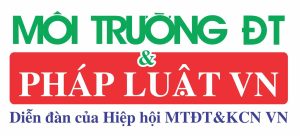
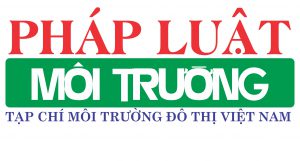
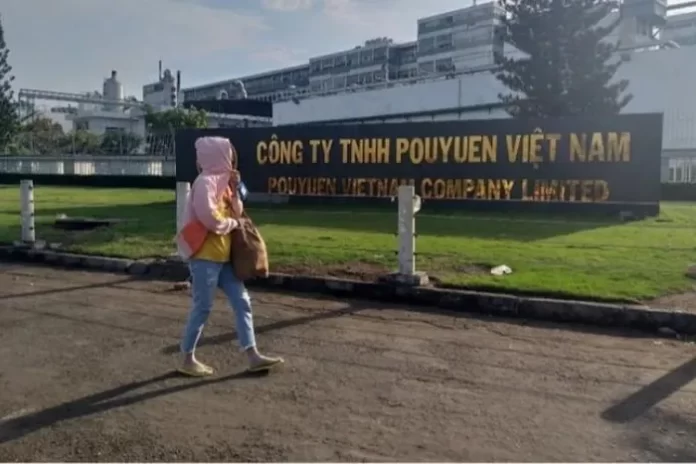
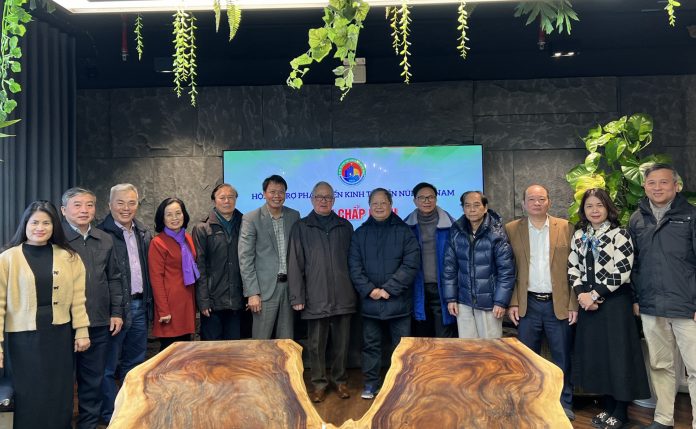
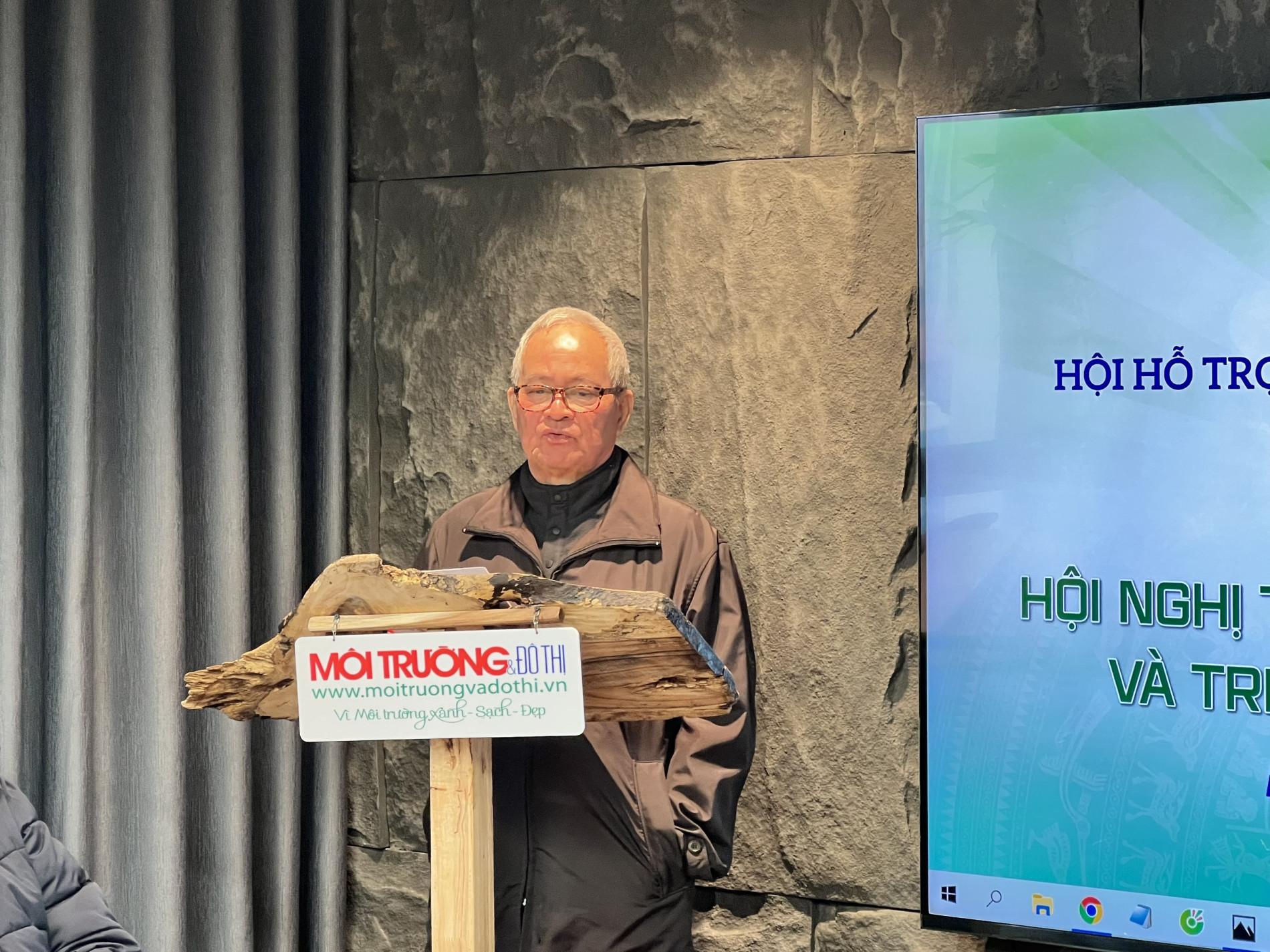
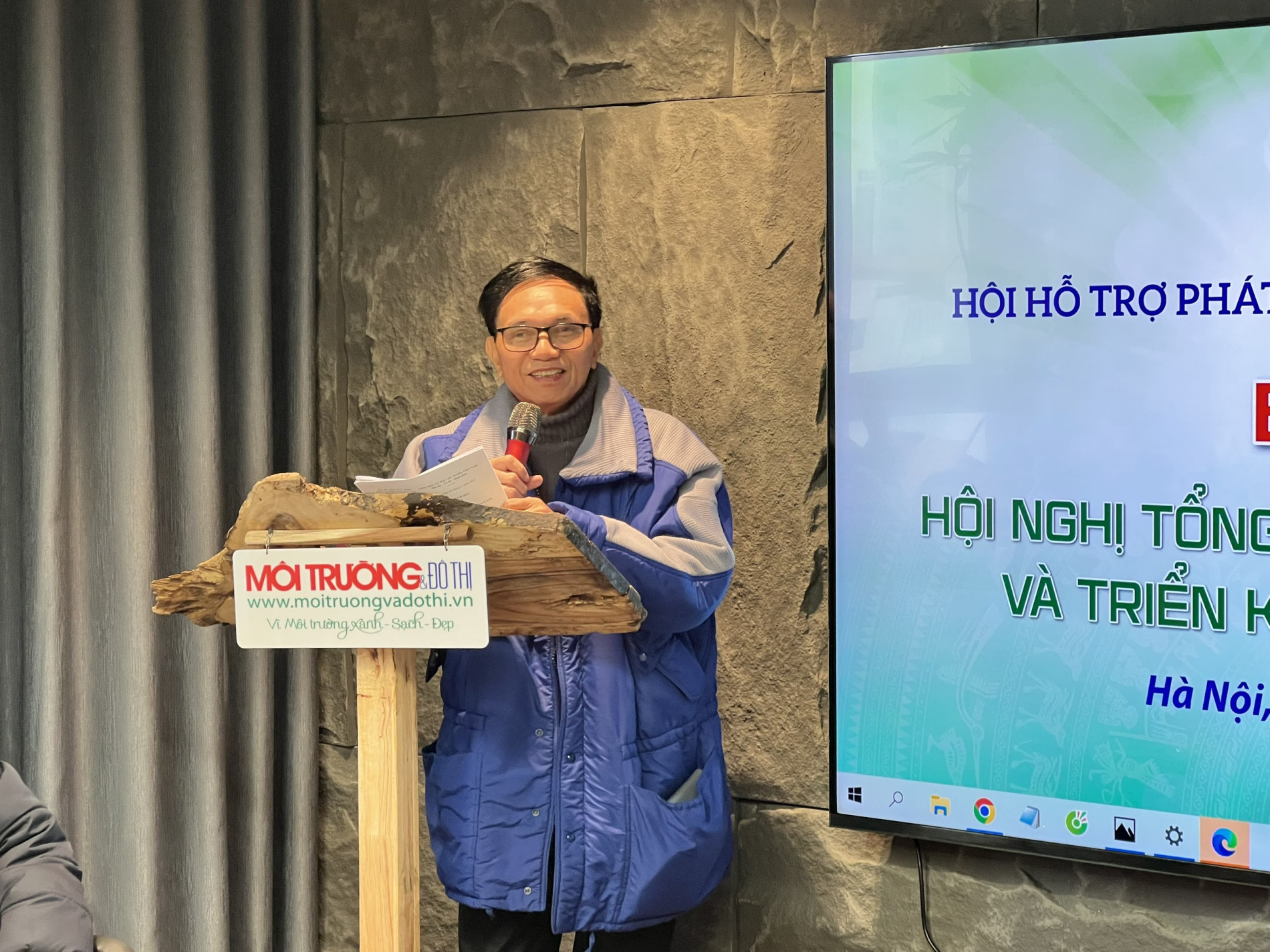
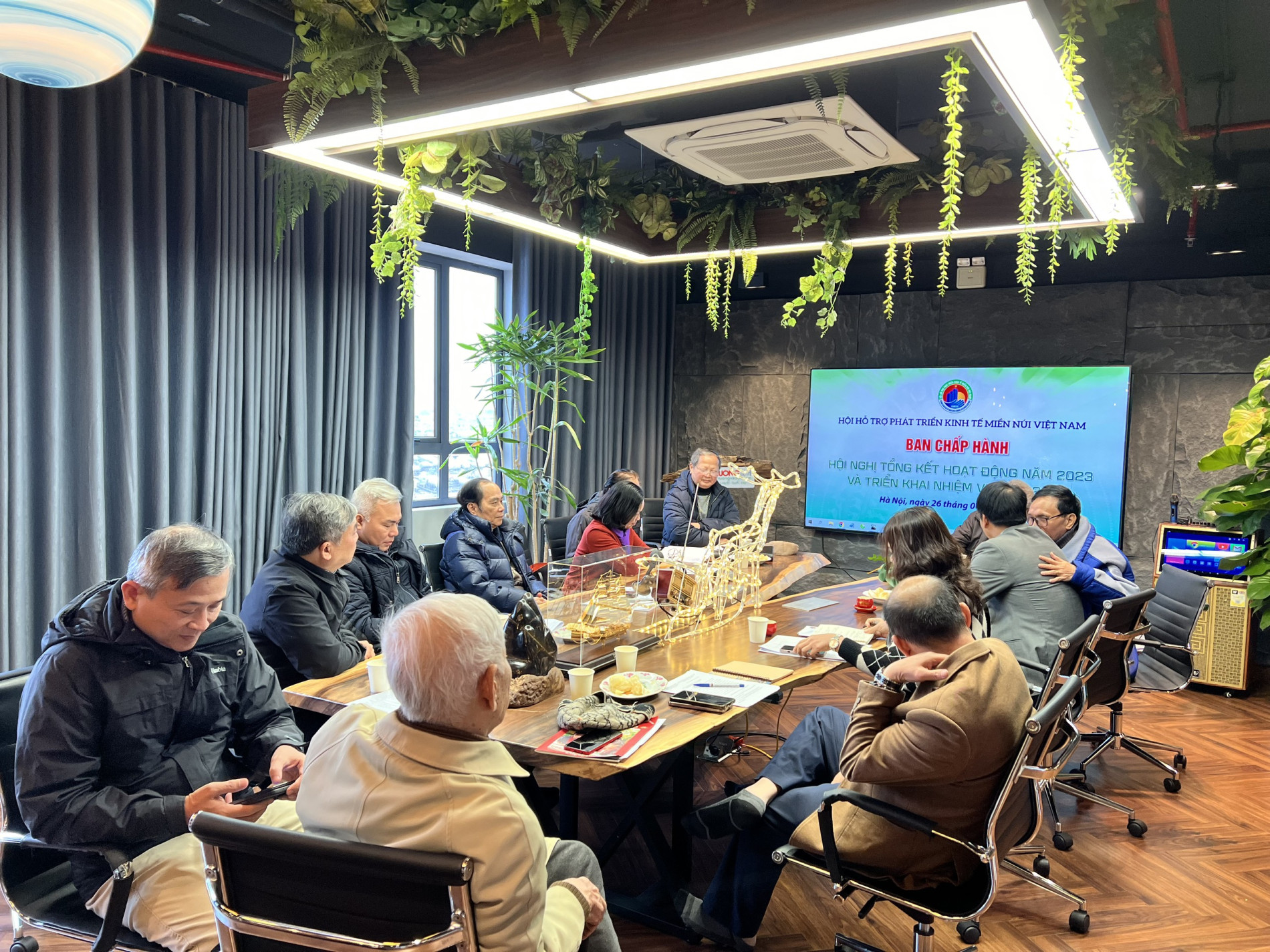
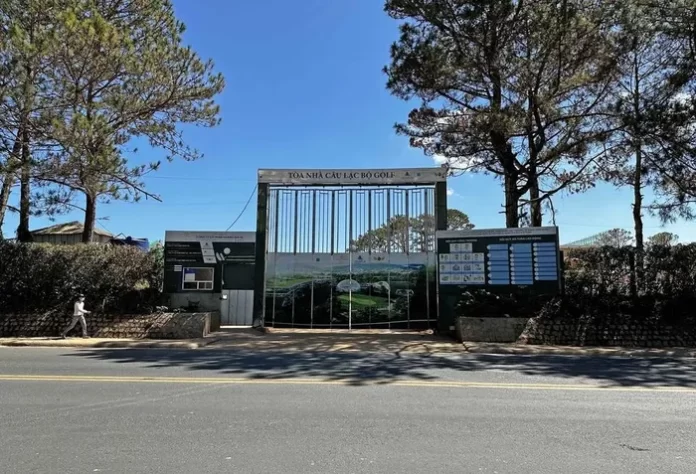


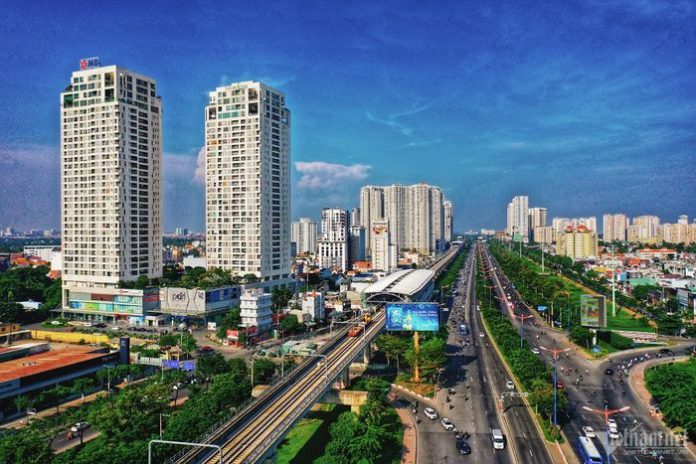
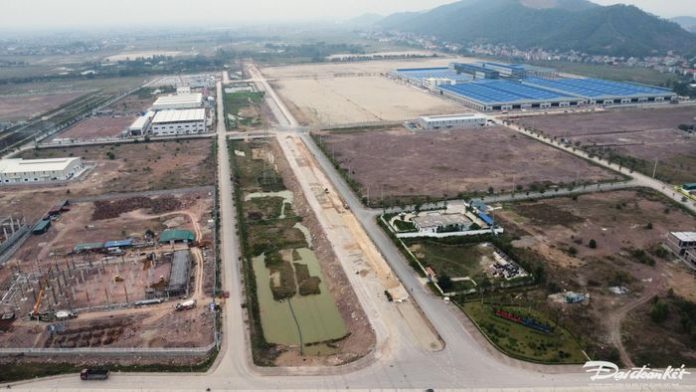
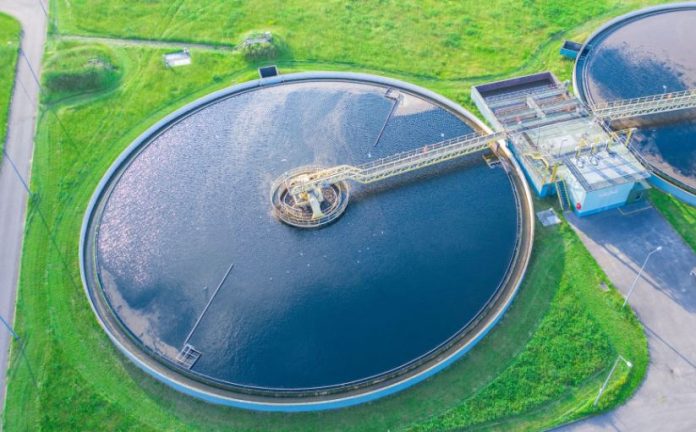
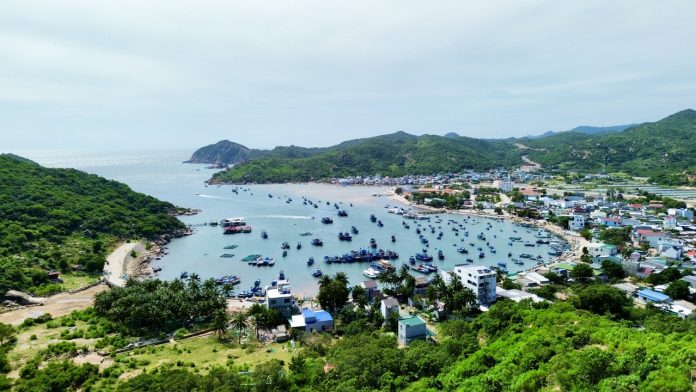
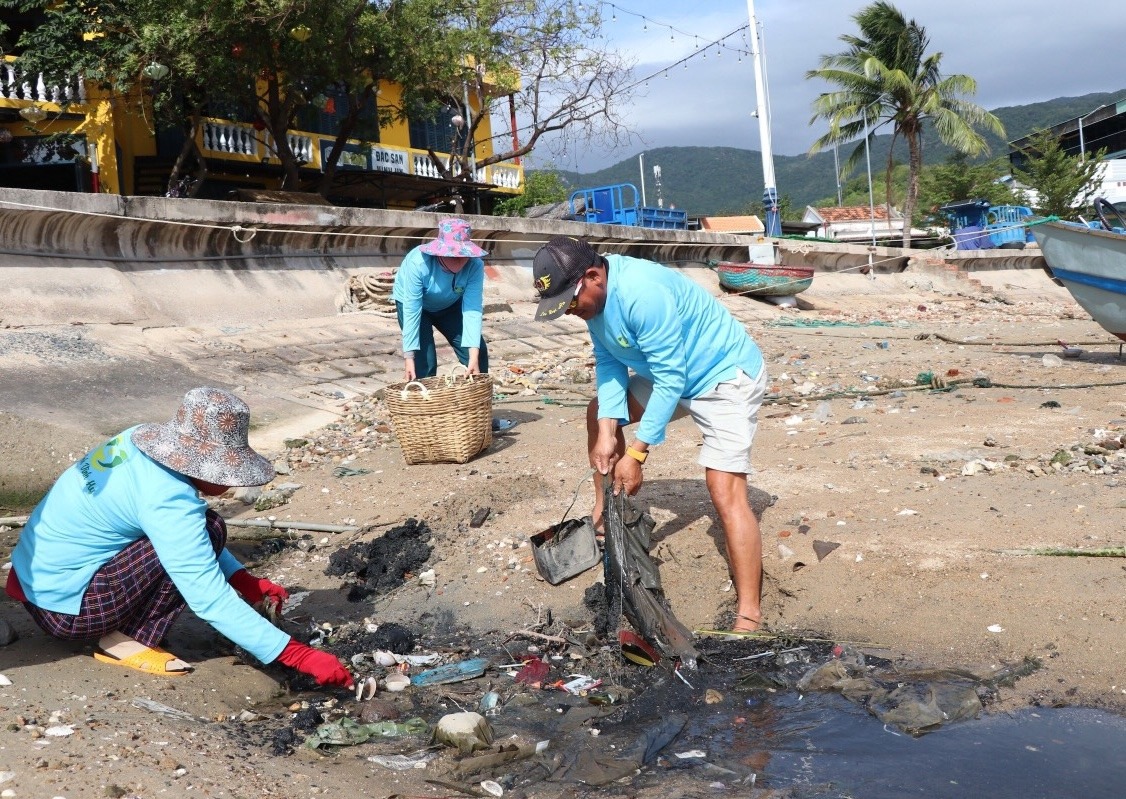
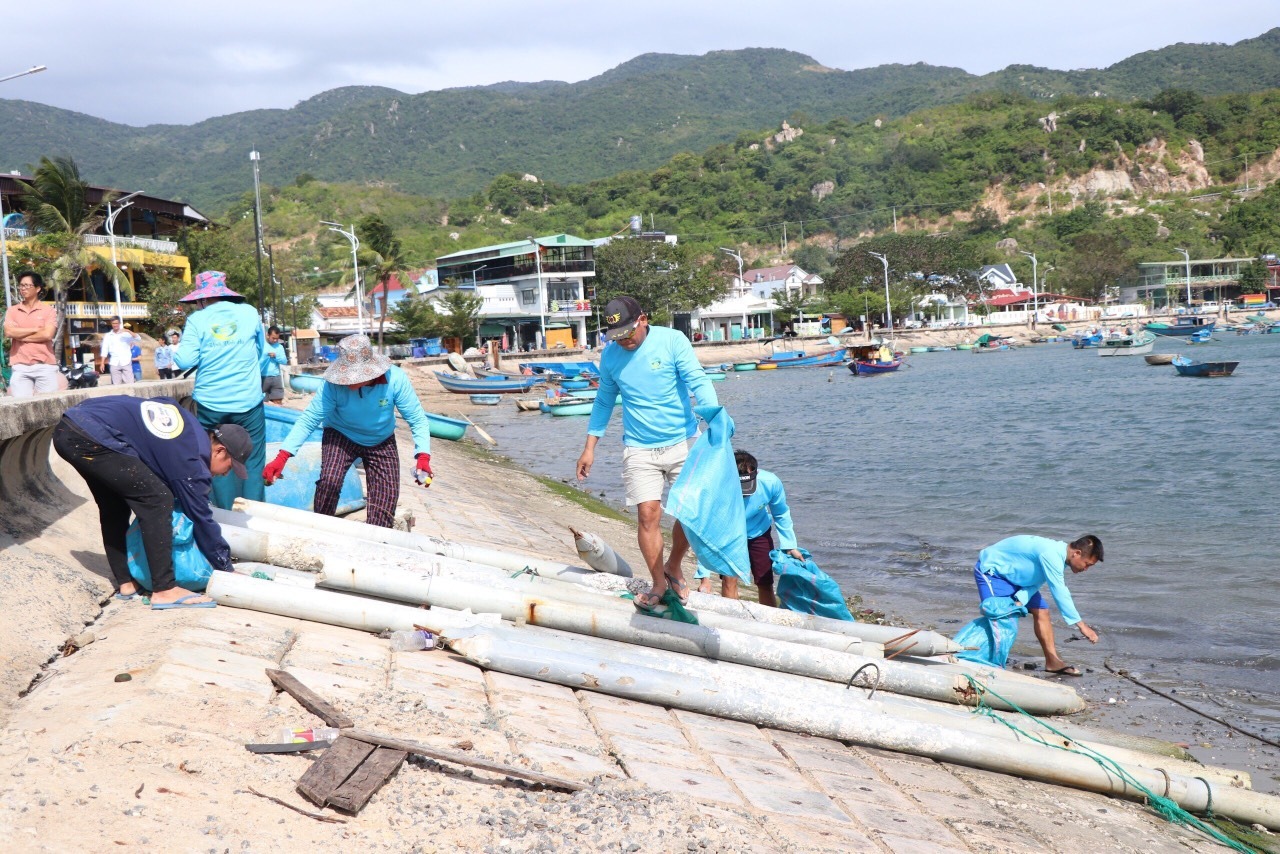
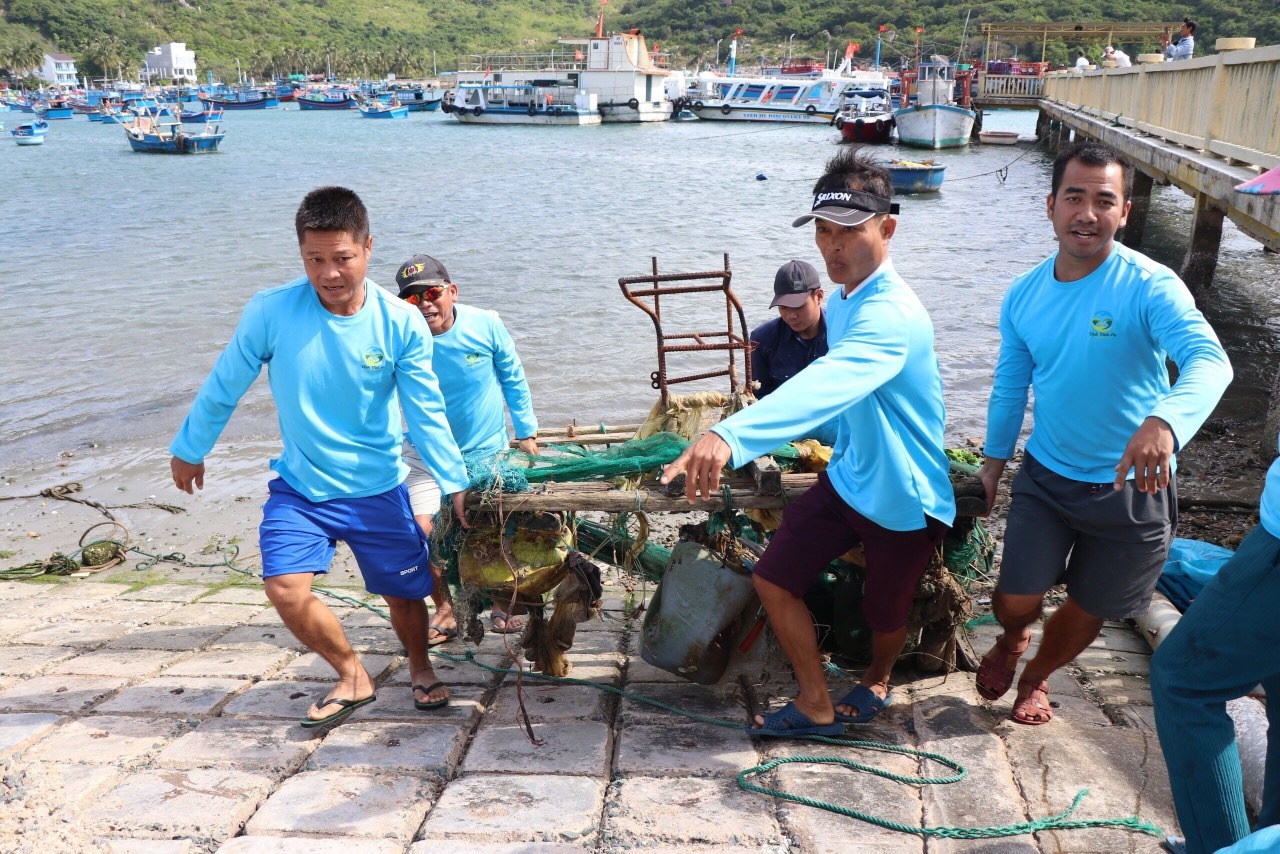
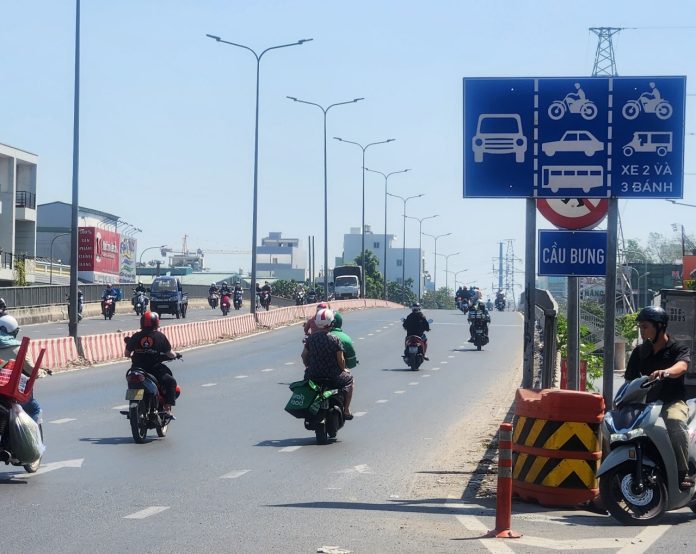
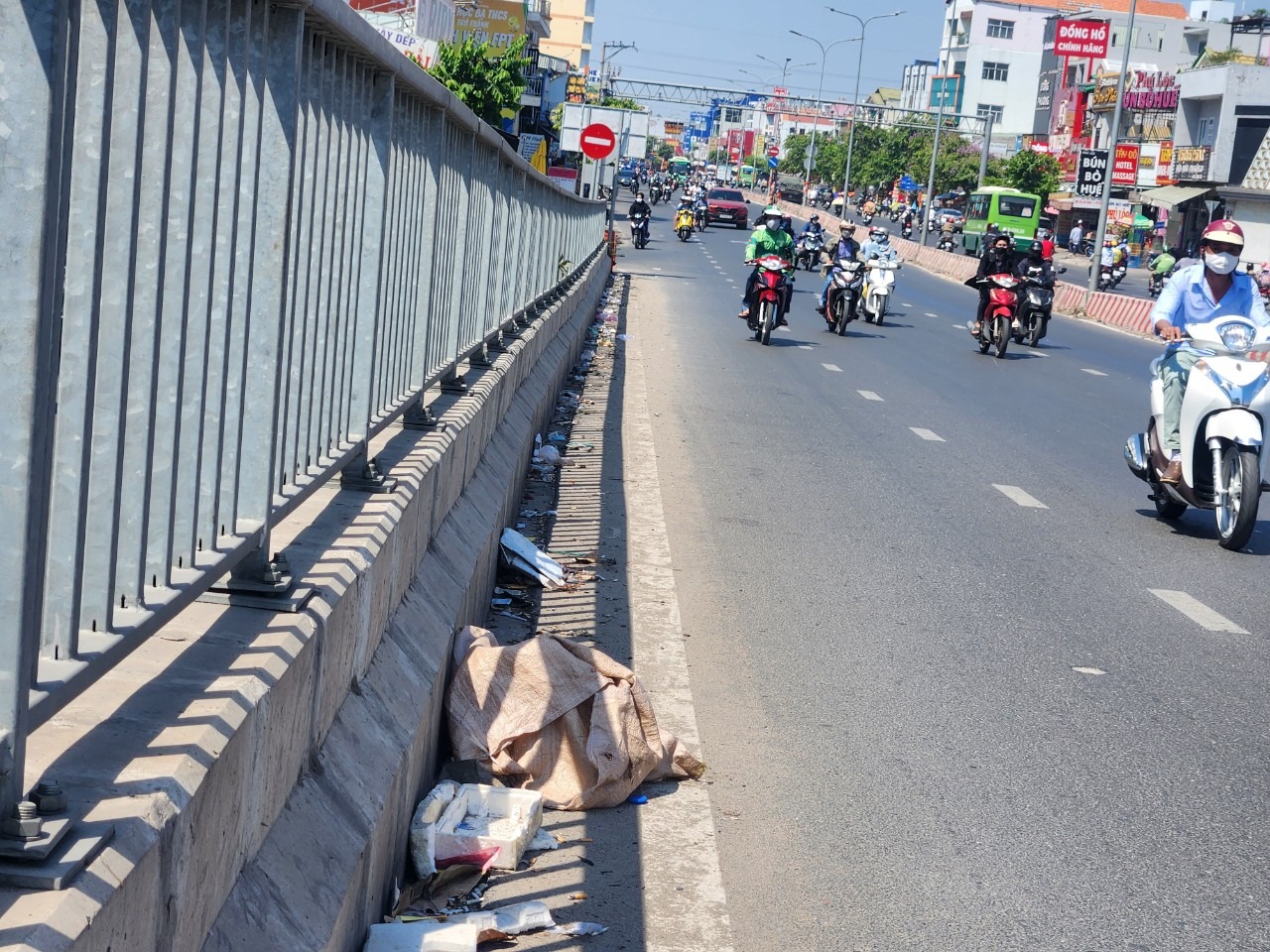
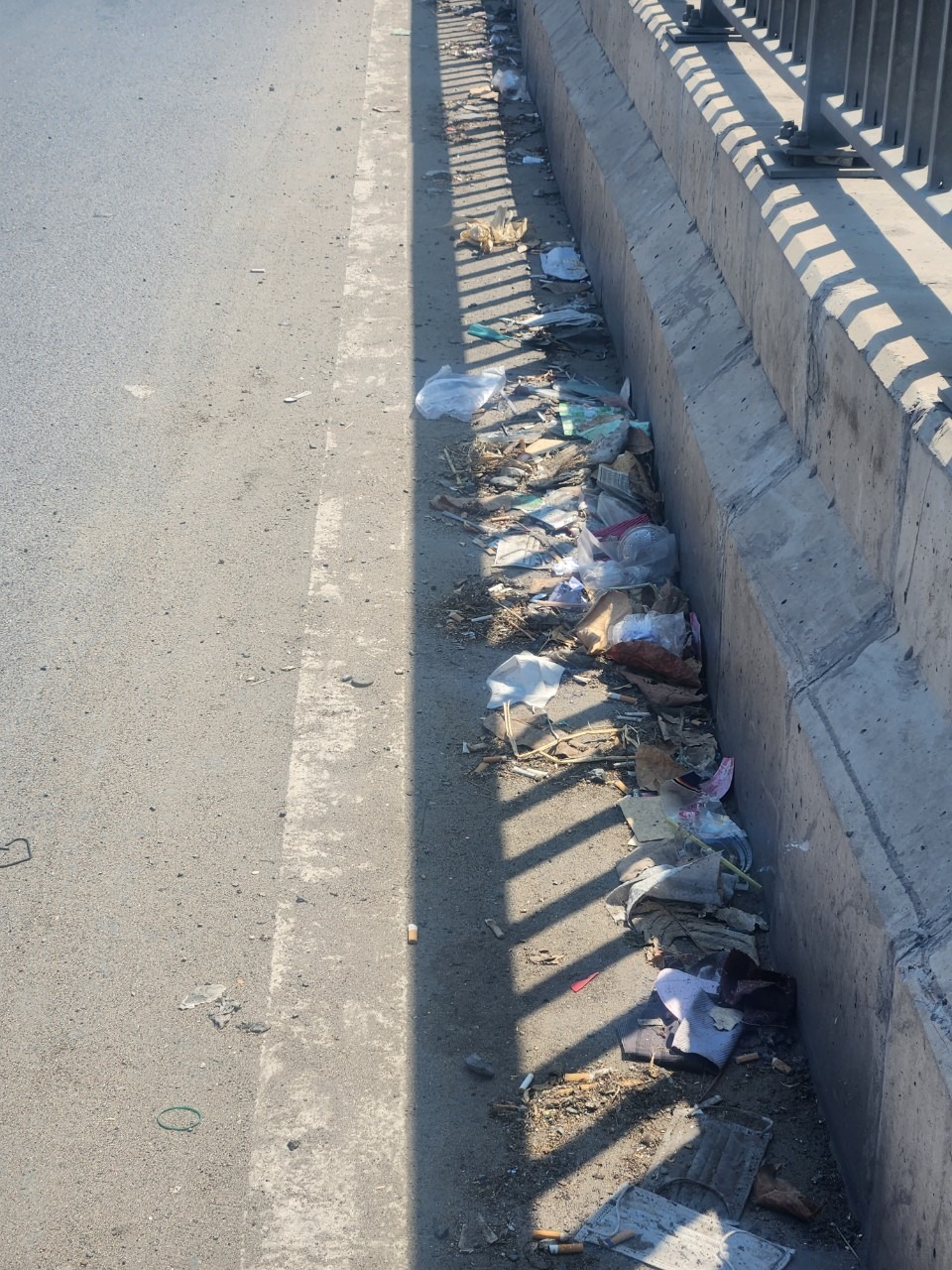
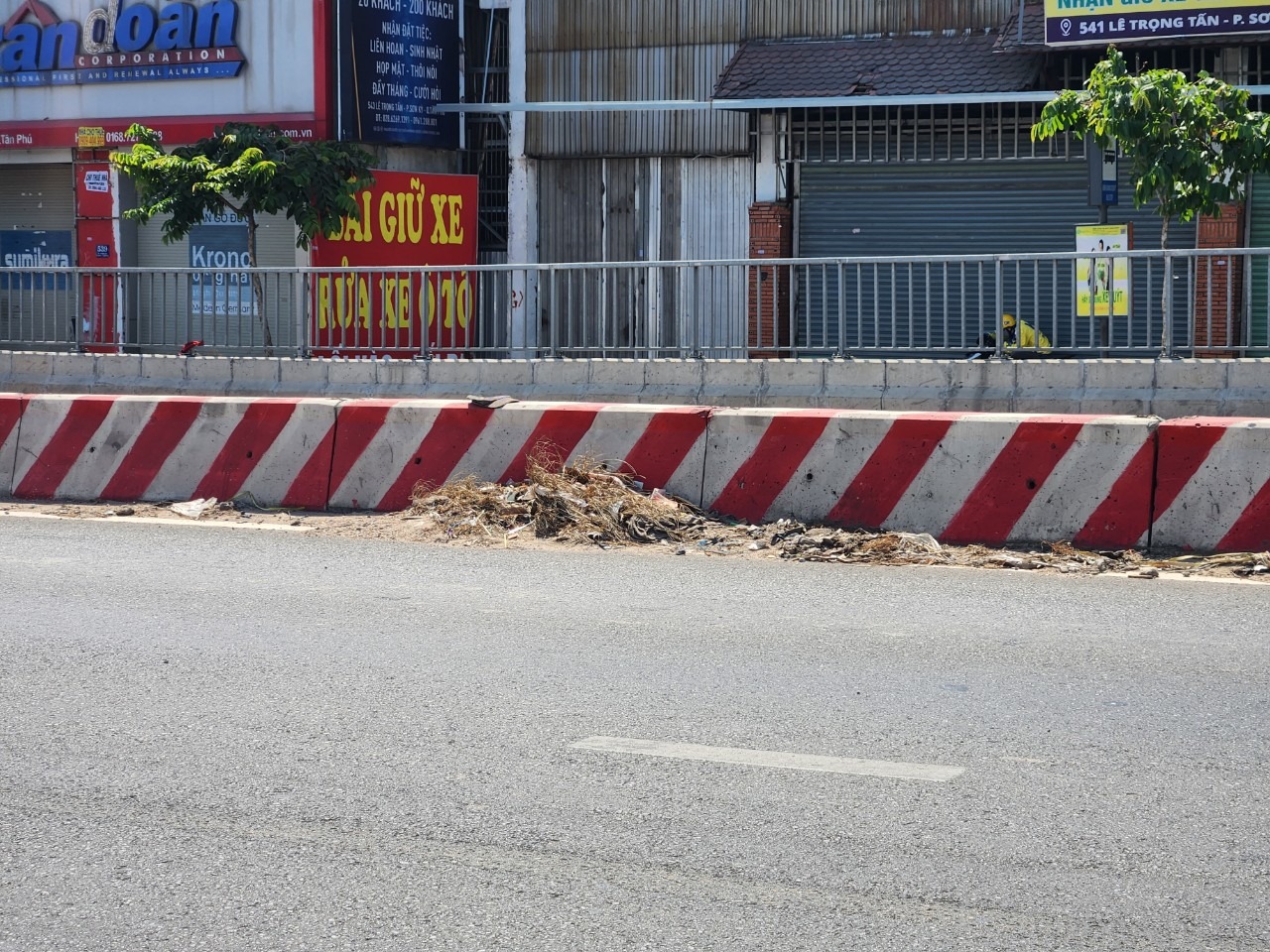
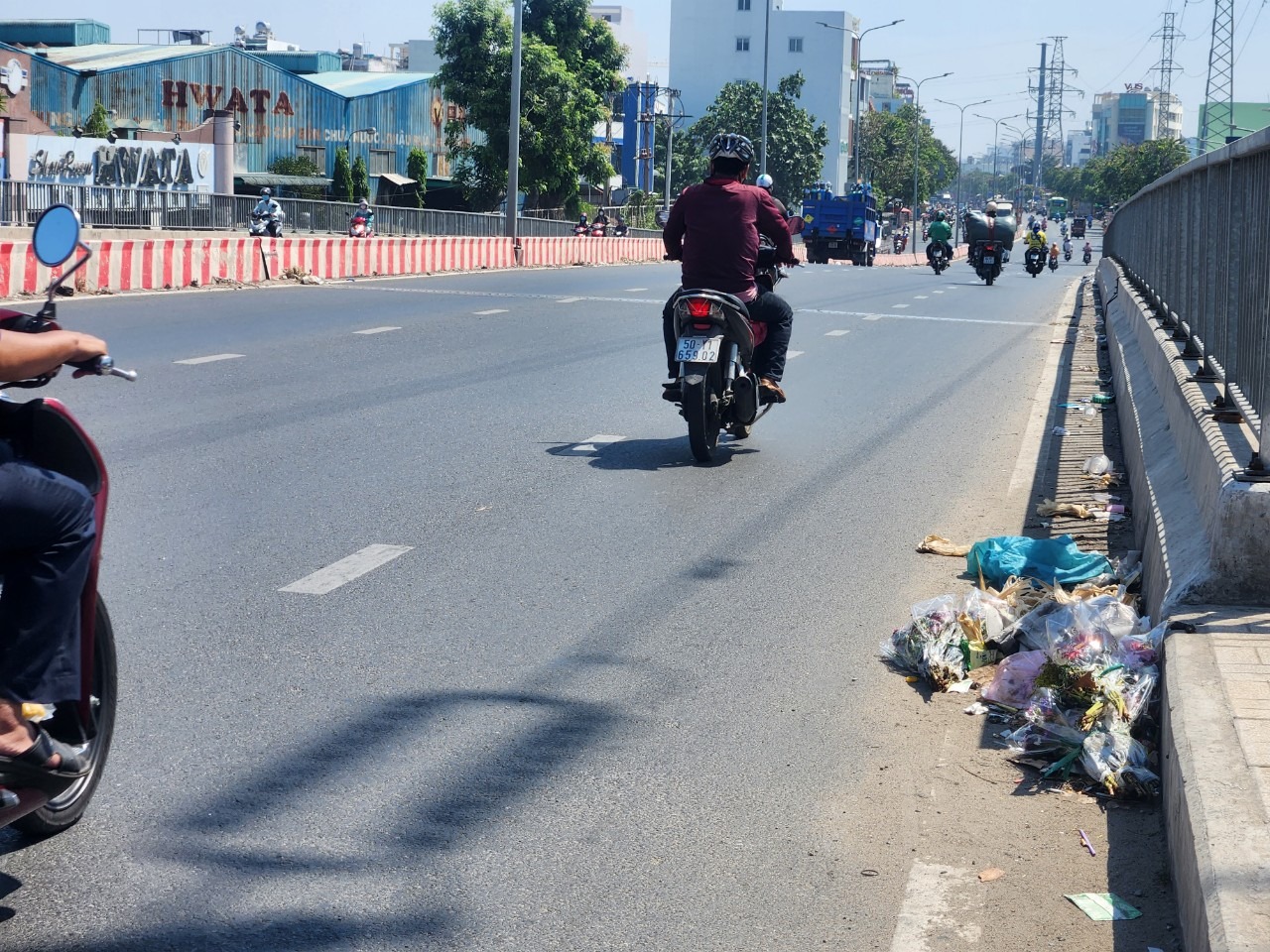
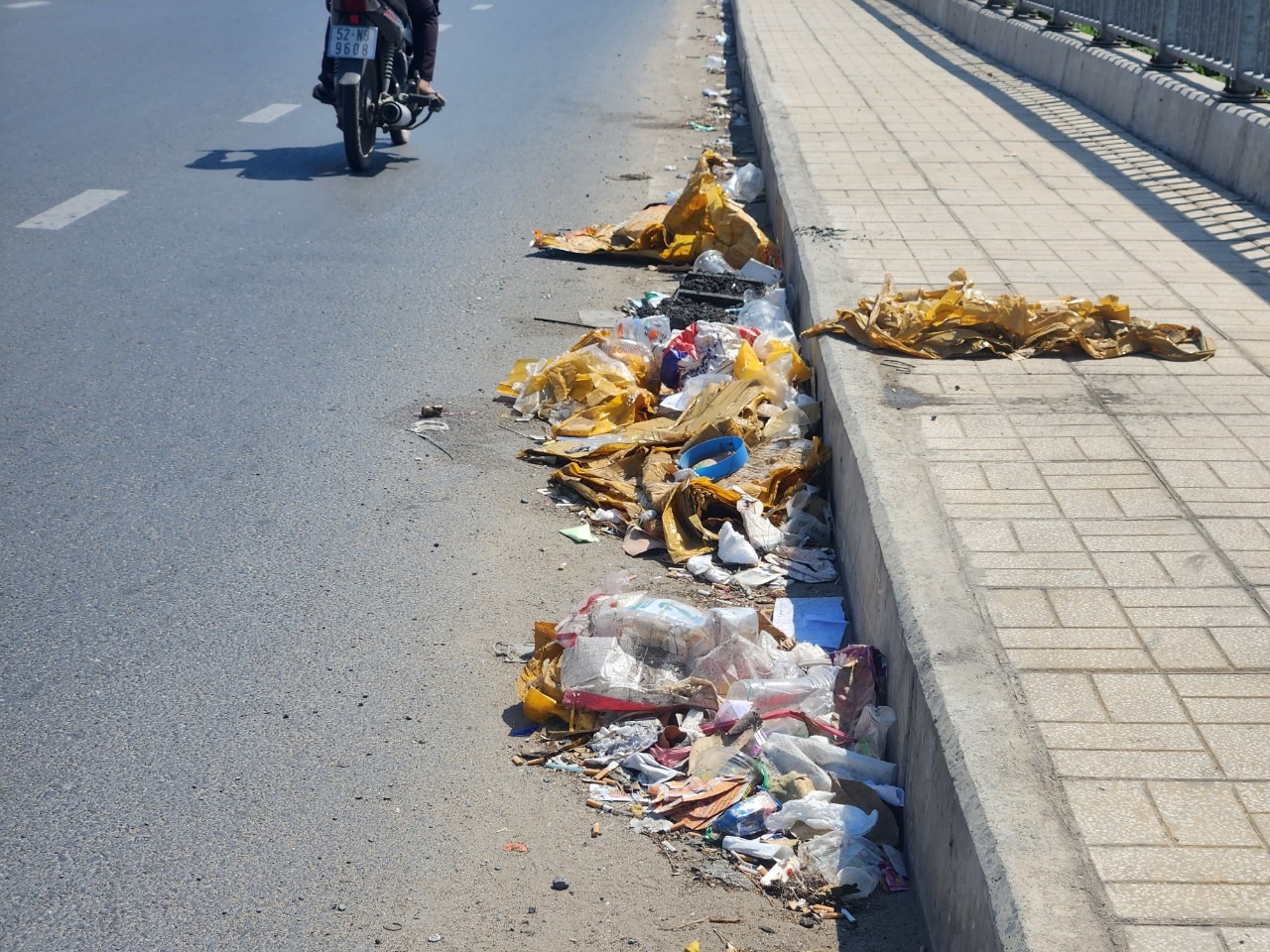
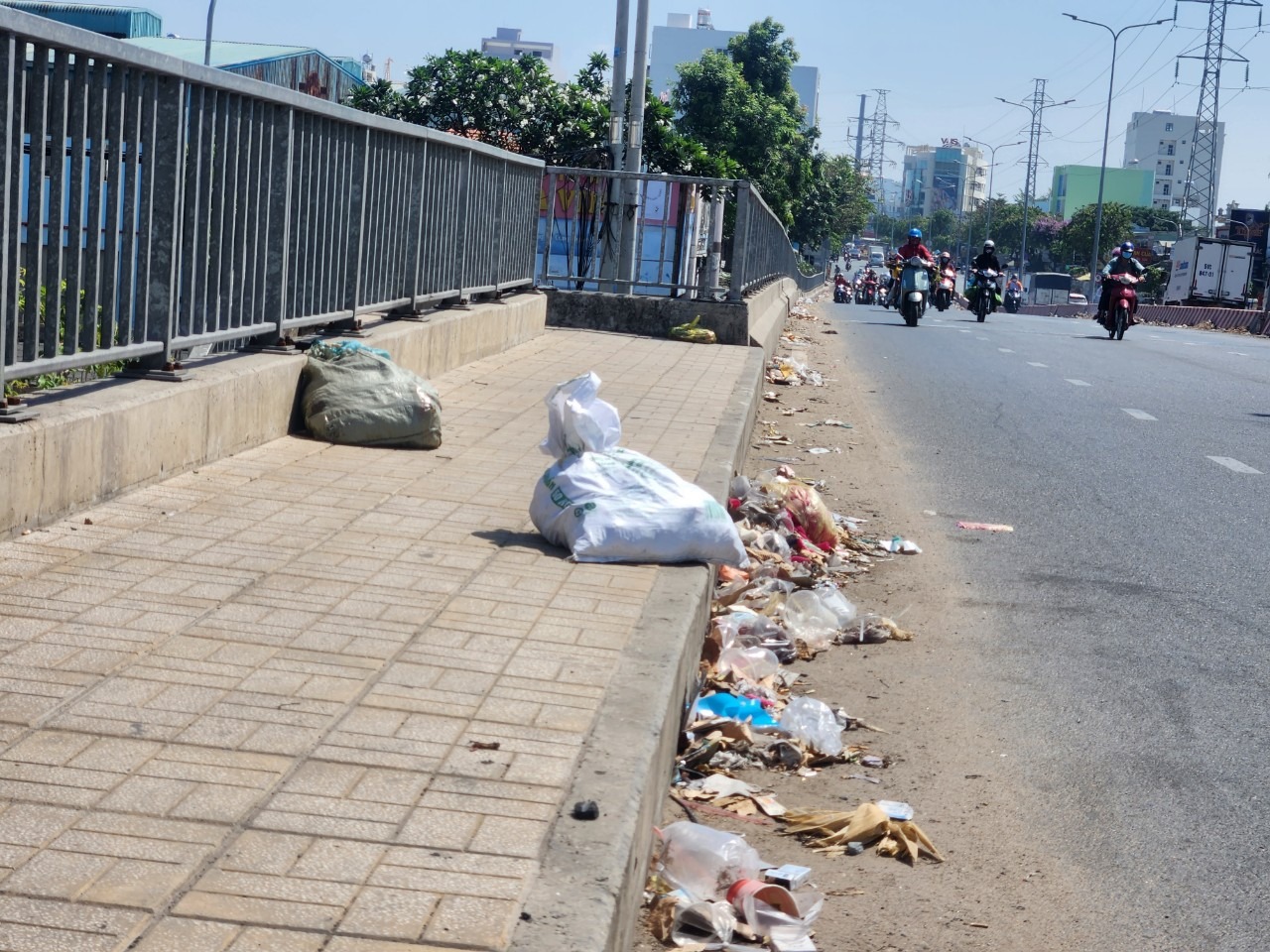 Rác thải nằm trên lối đi dành cho người đi bộ trên cầu.
Rác thải nằm trên lối đi dành cho người đi bộ trên cầu.